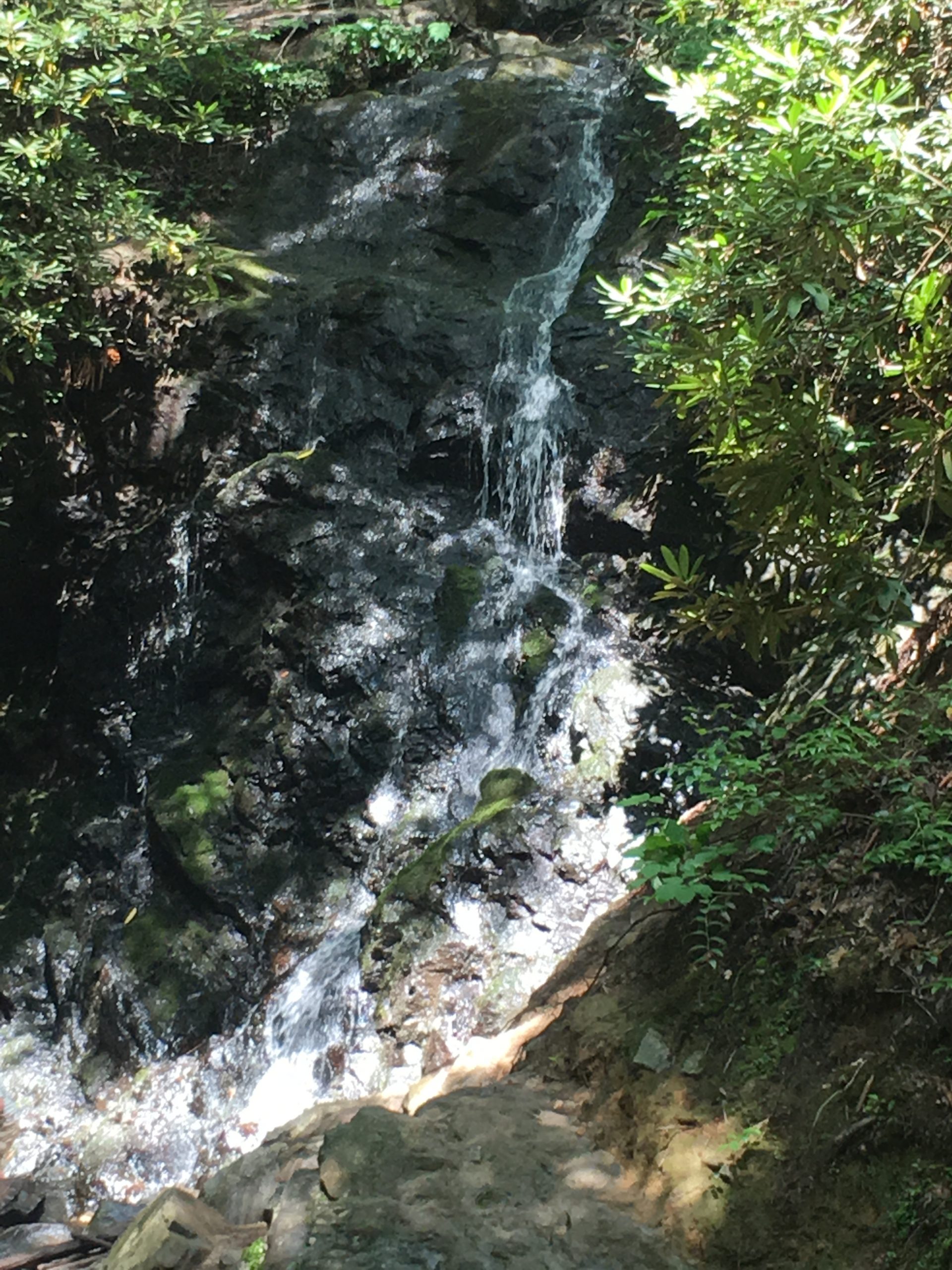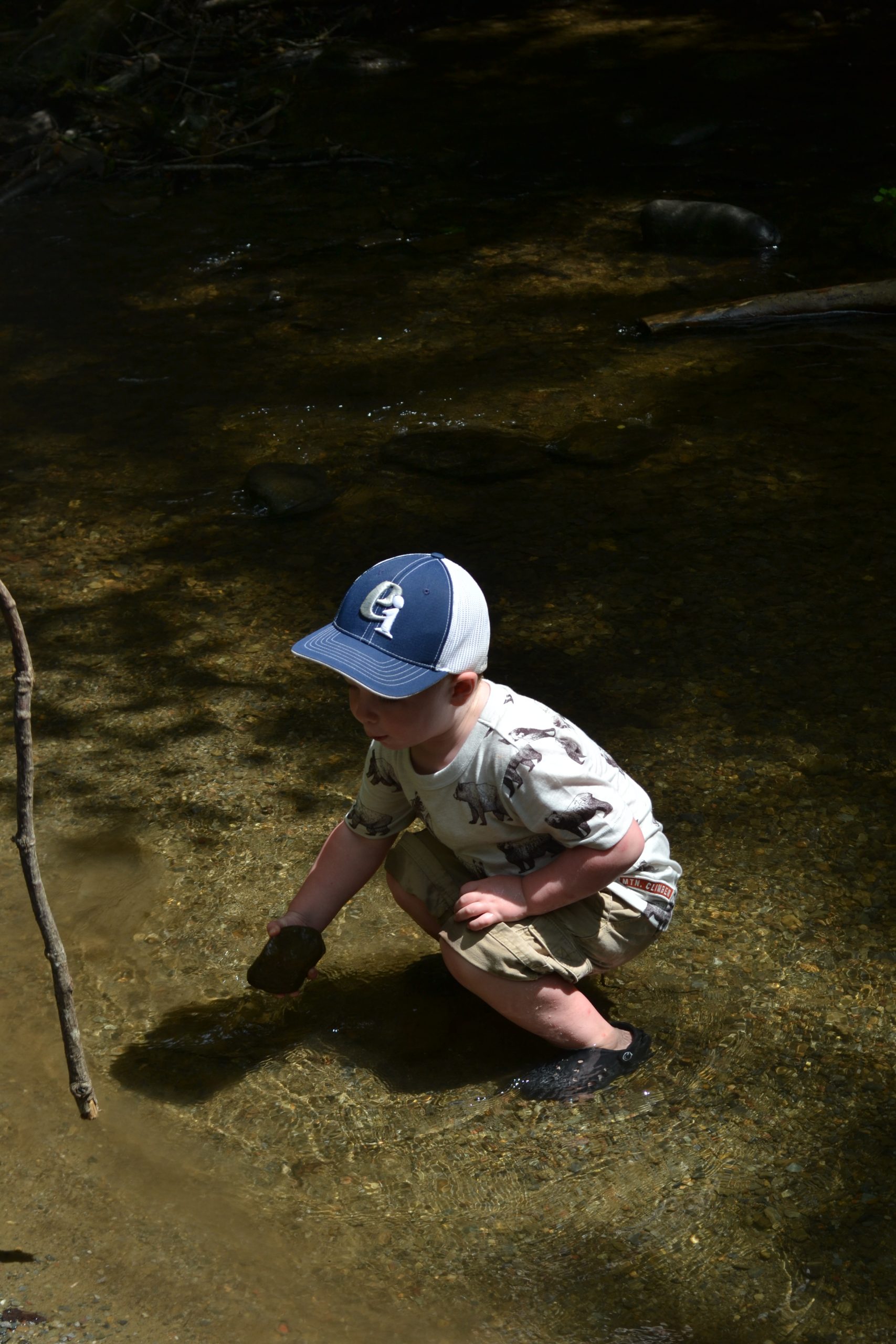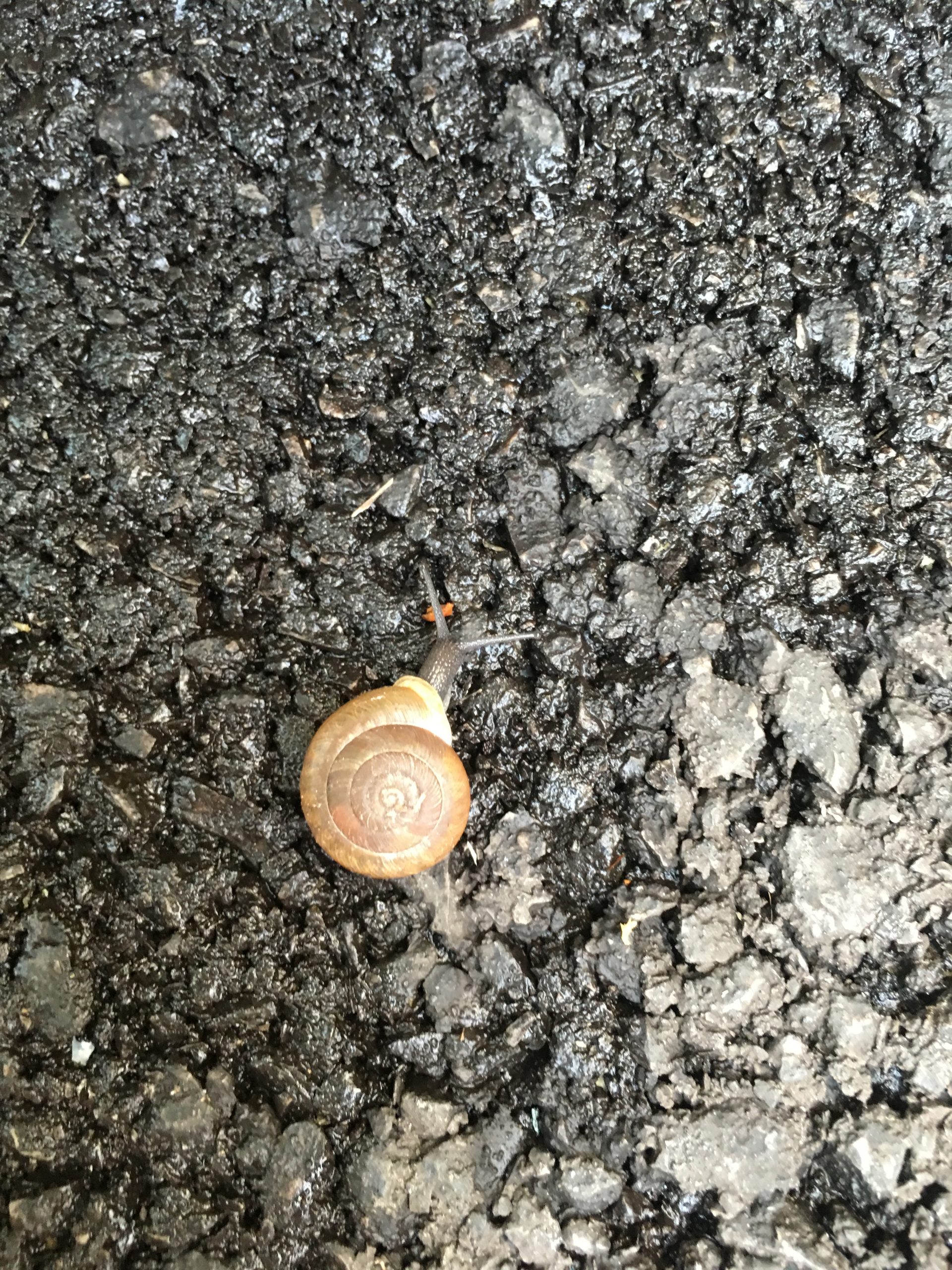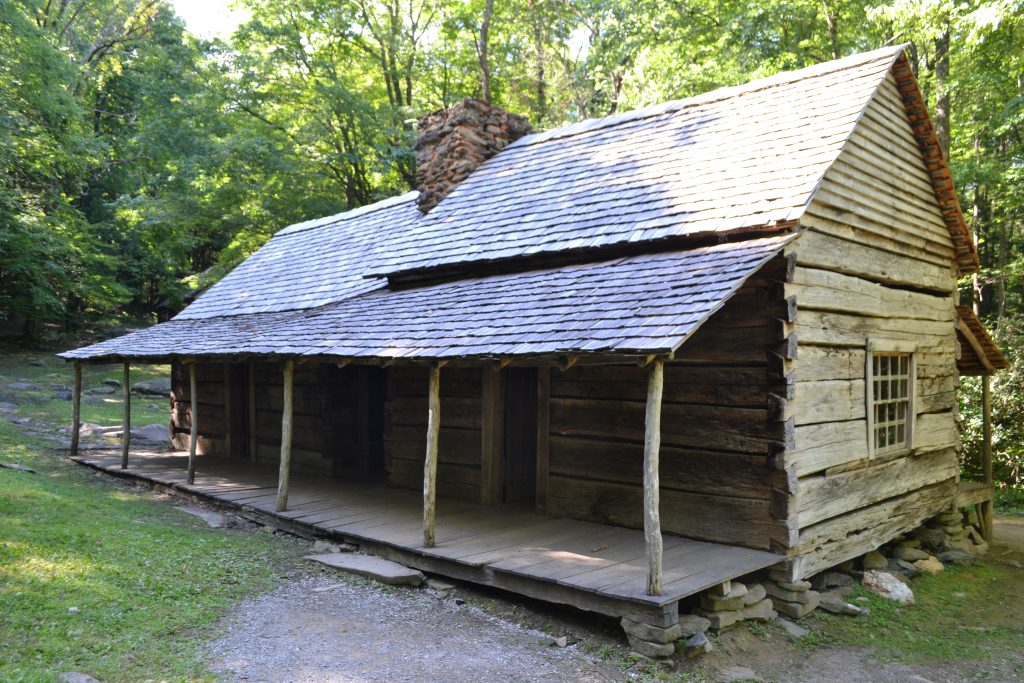
Nestled in the wooded landscape of the Great Smoky Mountains is the Noah “Bud” Ogle Farm which includes his home and mill that are open to visitors. Interestingly, Ogle also farmed this area, but the trees have overcrowded the former fields which was once a part of this long-abandoned homestead.
The trail from the parking lot is the length of ¾ of a mile and takes about 30 minutes to complete roundtrip. The rocky strip was once the old road that led to the town of White Oak Flats (today’s Gatlinburg), conveniently following along Le Conte Creek. According to the placard outside of the home, this area was full of “rhododendron and magnolia”. I try to imagine the amazing scents that I would have experienced here as a first time settler.
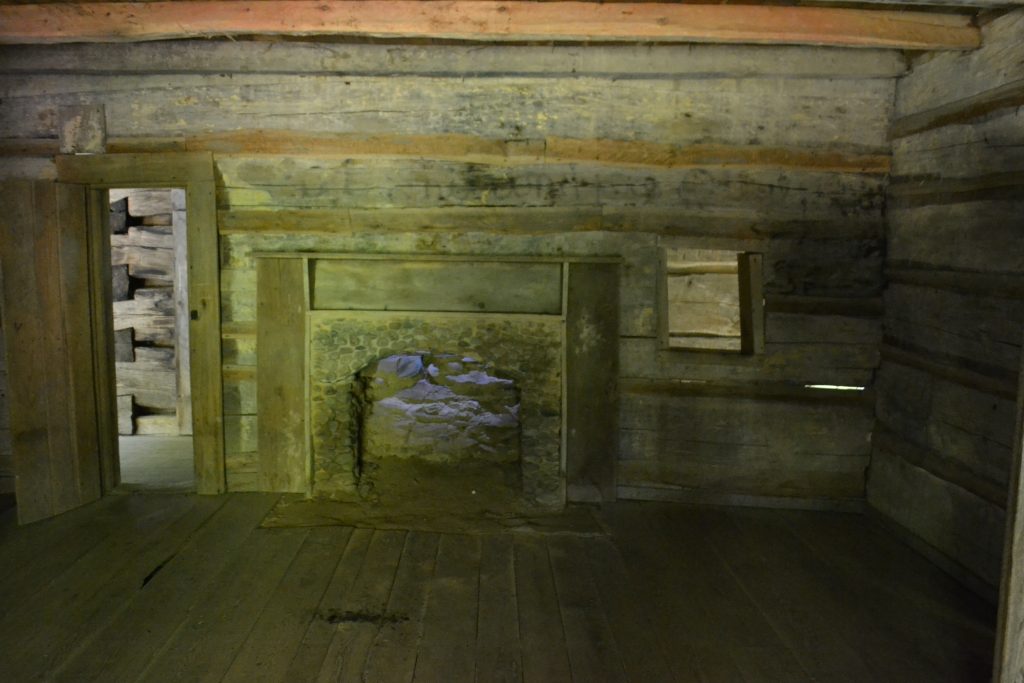
Bud Ogle and his wife Cindy settled down in this area back in 1879. Stretching out over 400 acres, the Ogle family farmed this land while living in a one room cabin, built from former surrounding chestnut trees. As the family grew, they needed to expand the house. The living area was set up downstairs where there was a fireplace in the family area. Outside there were a couple of recesses that provided storage for food including their meat, cornmeal and salt. Chickens were kept in a separate nook to keep them protected from wild animals.
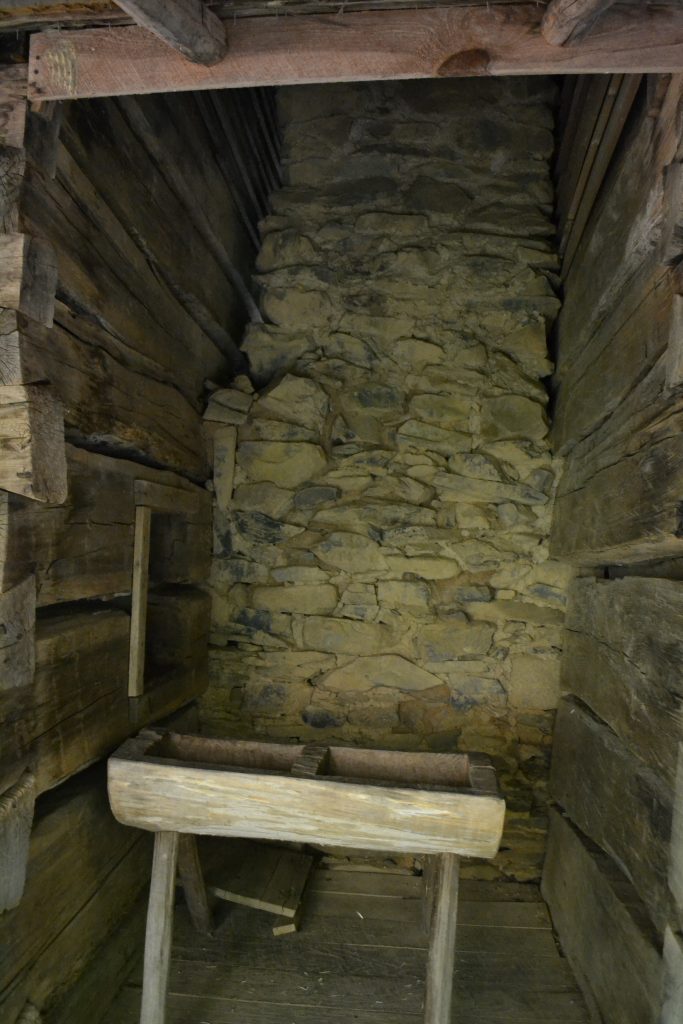
The lower level living space was also set aside for cooking and the sleeping quarters. The boys slept upstairs in the loft. The Ogles had the luxury of running water which was transported by wooden troughs called flumes from one of the local springs. The water would then be emptied into a double sink, also created from wood, to be used for cooking, cleaning and washing clothes.
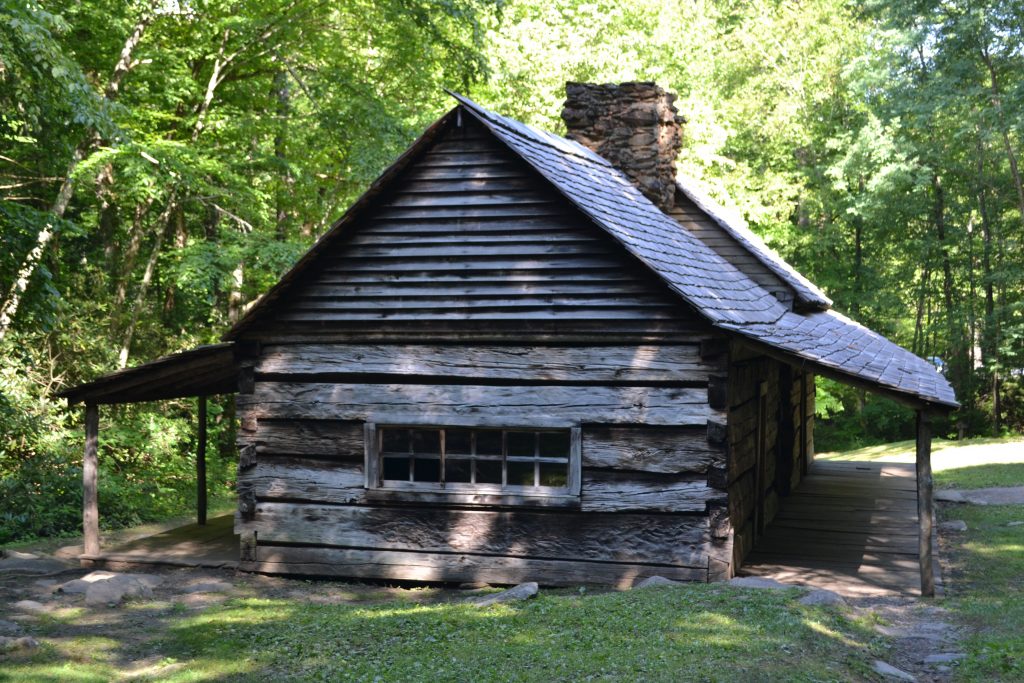
While the Ogles lived here, the home would have been surrounded by fruit trees such as apples and plums. Fresh vegetables were grown across the road and gum trees attracted bees which provided honey for the family.
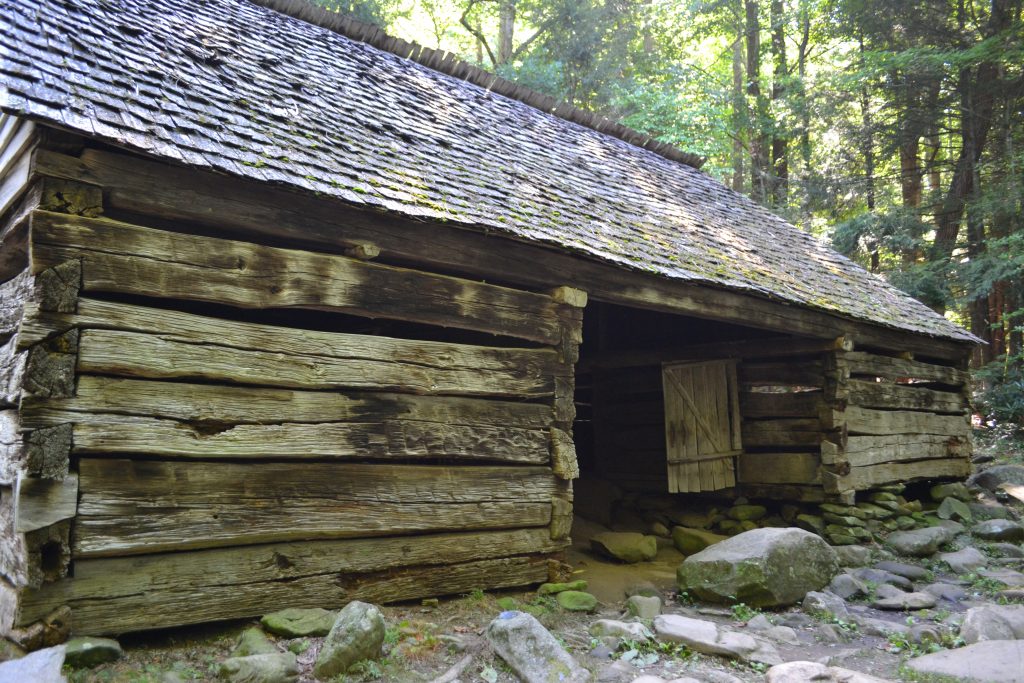
The barn was an important extension of the home and was shelter for most of their farm animals such as plow horses, dairy cows, chickens and pigs. Farming tools were also stored here and hay was kept above the stalls where the animals slept.
To survive, the Ogle family planted a garden, making use of the spring and growing corn to feed themselves and their cattle. It is interesting to see how life in the Smoky Mountains has changed over the years since the late 1880s when the Ogle family and their neighbors farmed the land. Today, guests can catch a glimpse into a time where hard work and persistence were needed to survive.
Have you visited the Noah “Bud” Ogle Farm in the Smoky Mountains? What most did you admire about their life and their property? I would love to hear about your visit to the home if you would kindly a message in the comments section below. Many thanks for visiting the Bud Ogle Farm with me! Wishing you many Happy Travels!
What to See and What to Do:
Noah “Bud” Ogle Farm
Great Smokey Mountain National Park
Gatlinburg, TN
- Admission Fee: There is no charge to enter the Noah “Bud” Ogle homestead located within the Great Smokey National Park.
- Hours: The park is open year around, though some facilities are only open seasonally and road closures may apply during the winter season where there may be limited access.
- Amenities: Pamphlet for auto tour ($.50)
- Scenic View: Spectacular views of Great Smoky Mountains throughout the drive
- Length of Visit: 1 – 2 hours, depending on whether you stop to visit the attractions
- Tips for Your Visit: Wear comfortable shoes for walking. Wildlife, such as bears, may be wandering around the property, so be on the lookout and do not approach them. We like to visit here in the afternoon as the trees provide shade from the warm weather.
Where to Stay:
We stayed in a rental through VRBO called the Firefly Chalet.
Where to Eat:
Bennett’s Bar-B-Que
2910 Parkway
Pigeon Forge, TN
Telephone: 865 429 2200
I ordered the Carolina Pork Sandwich and the Salad Bar.
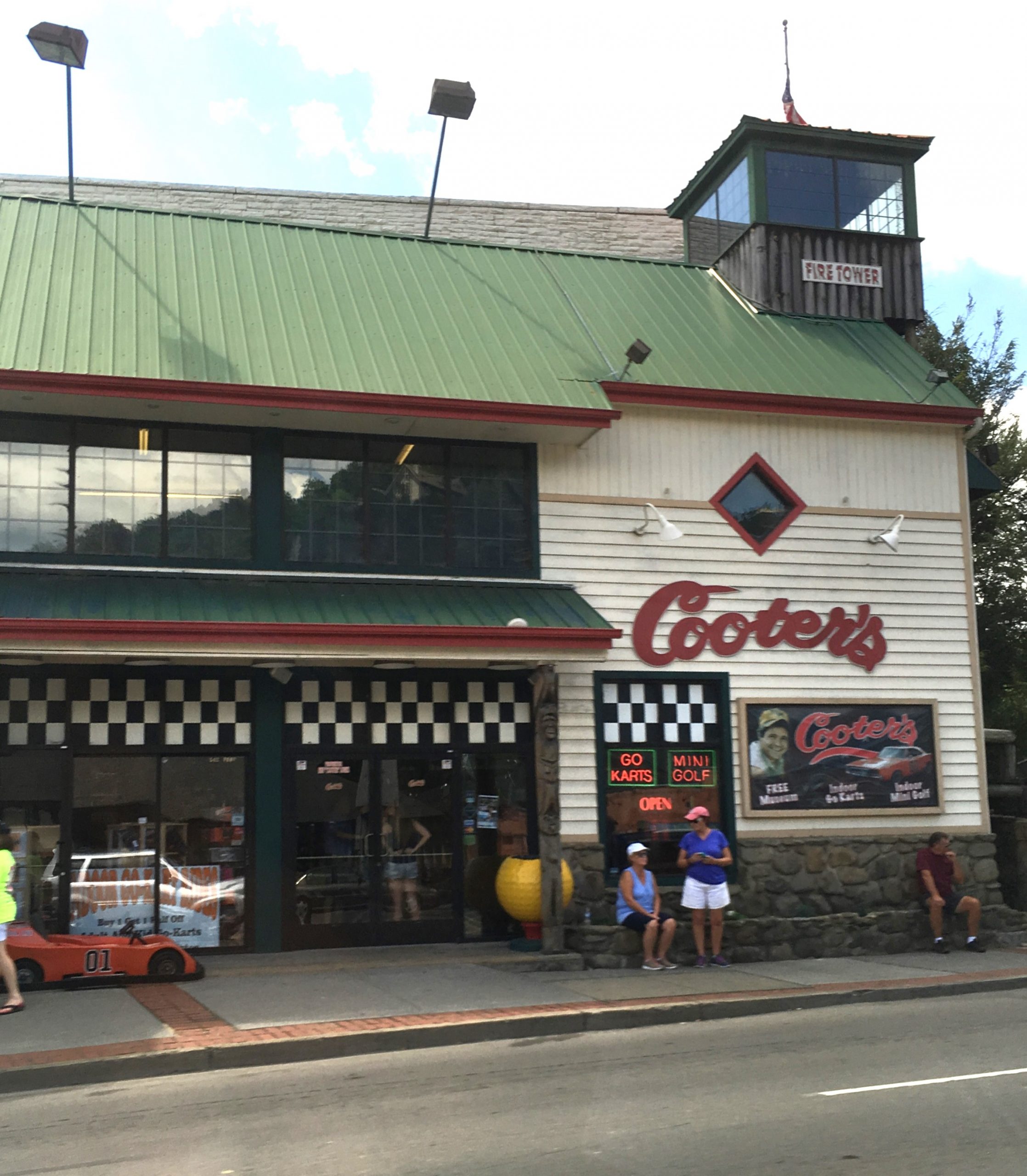
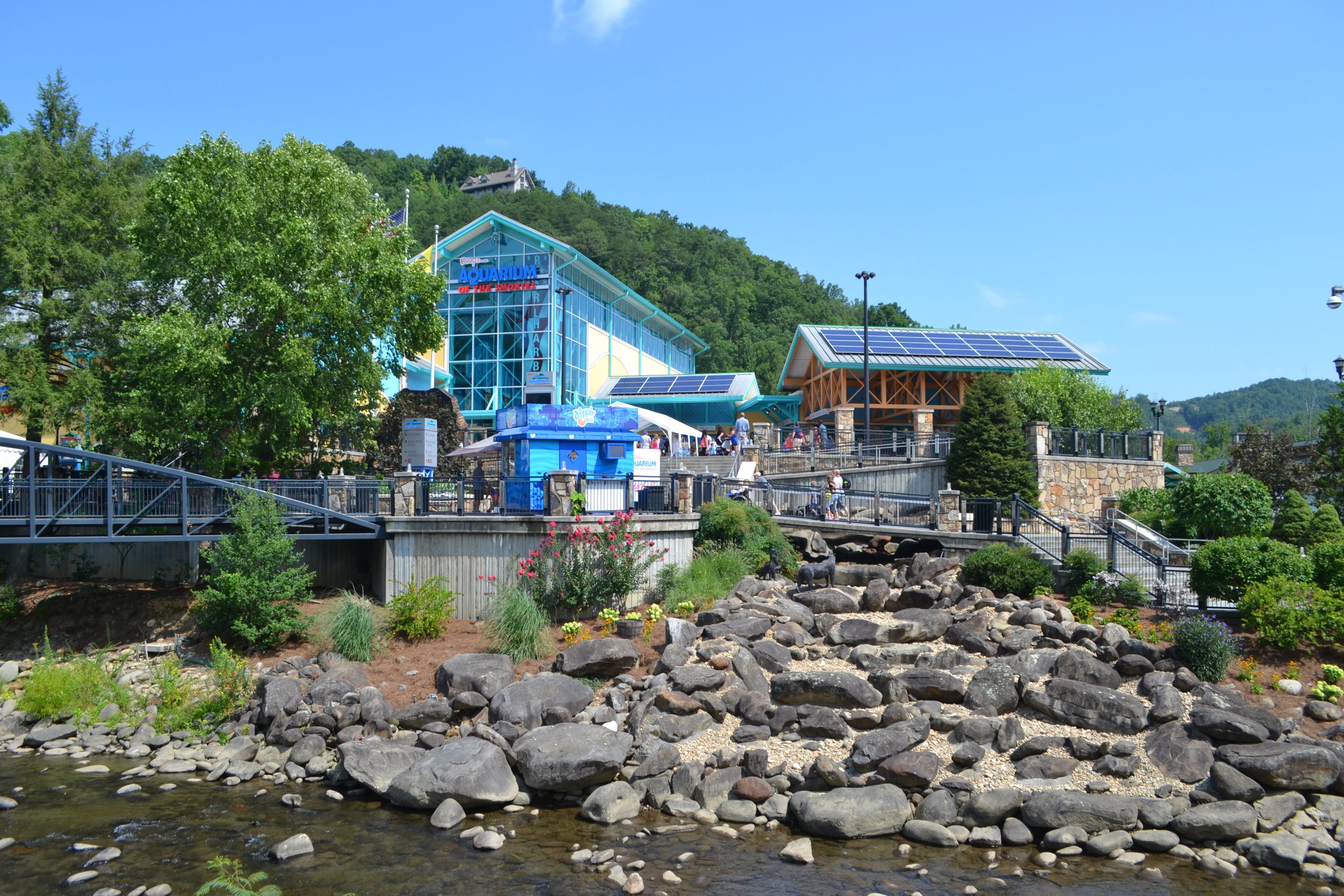
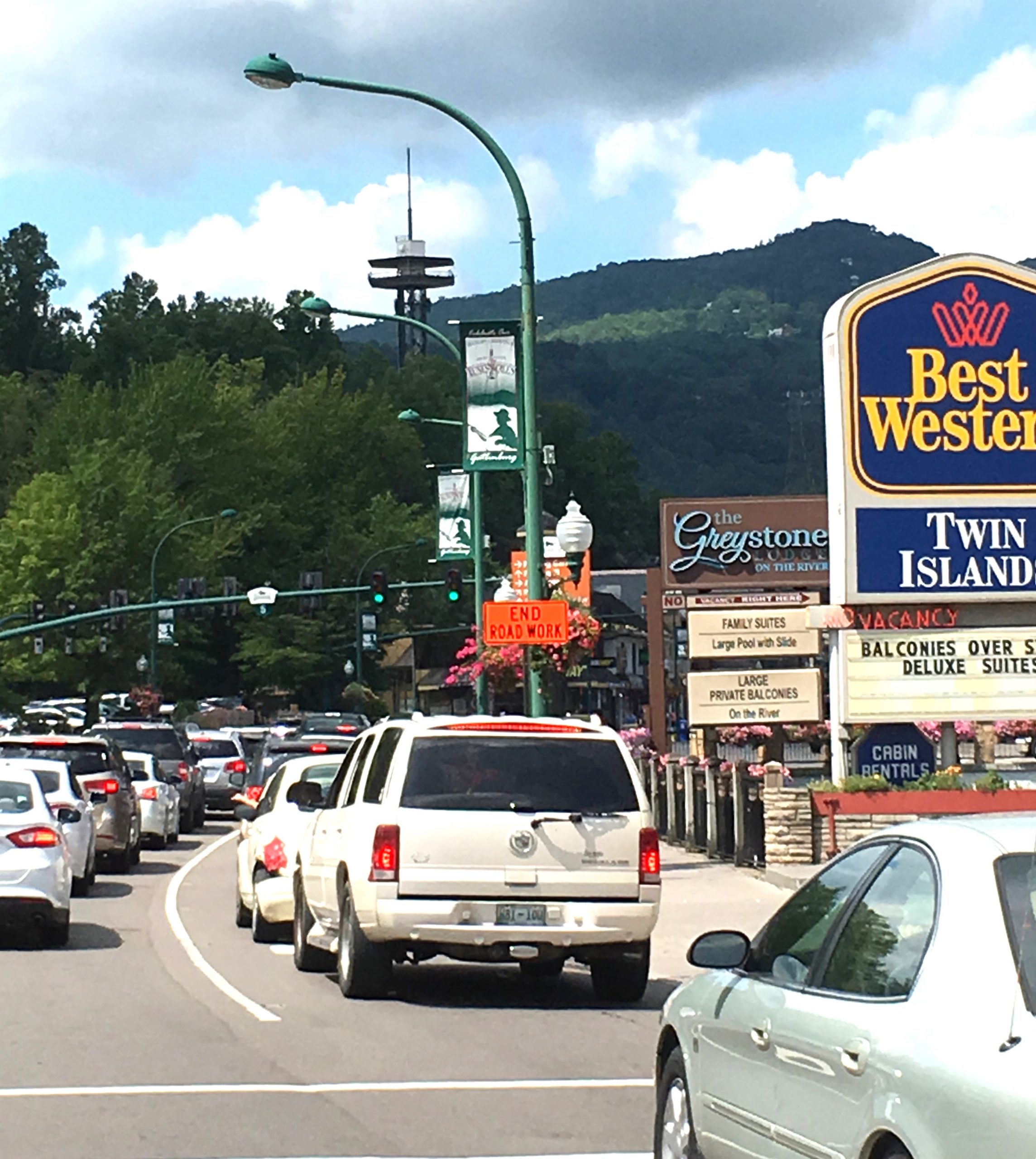
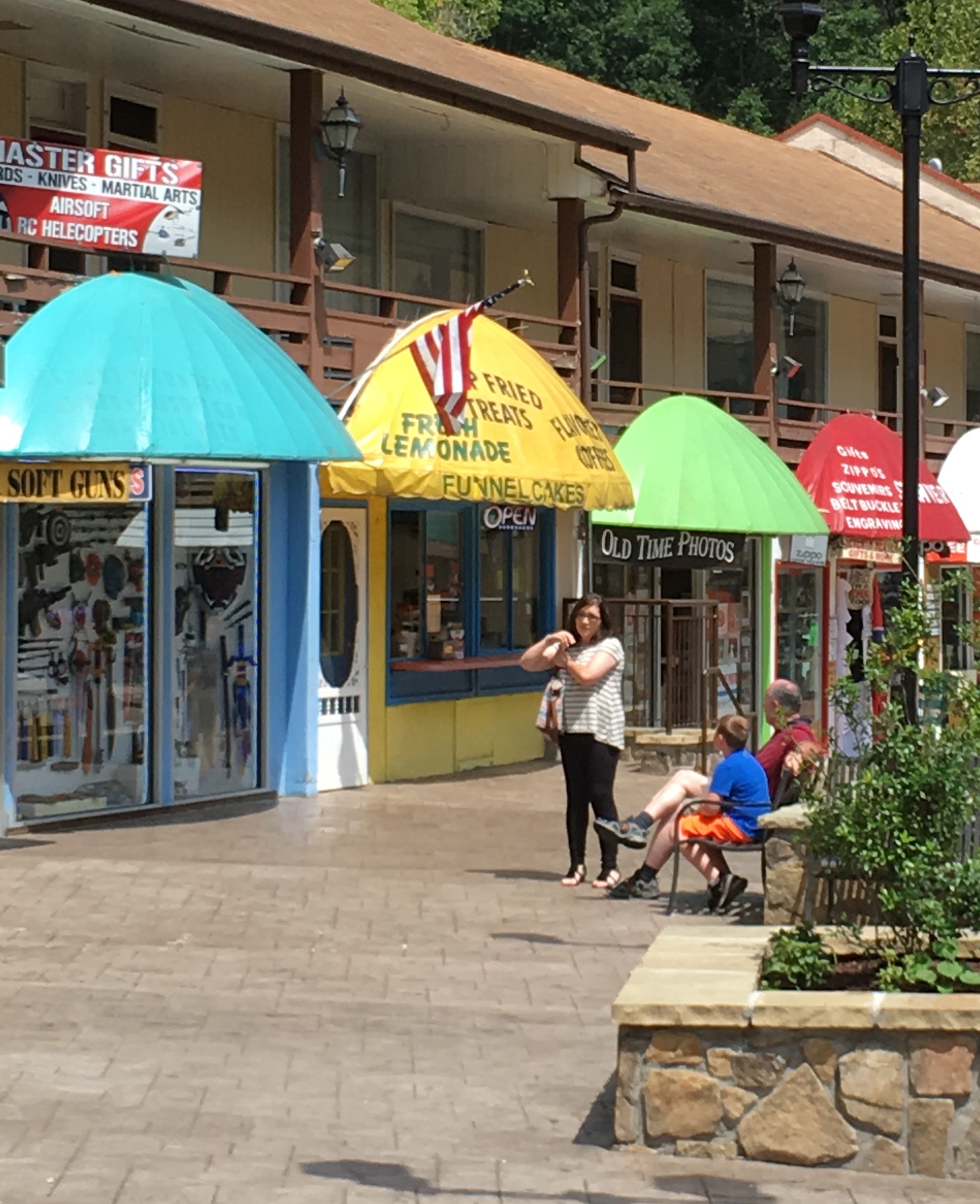
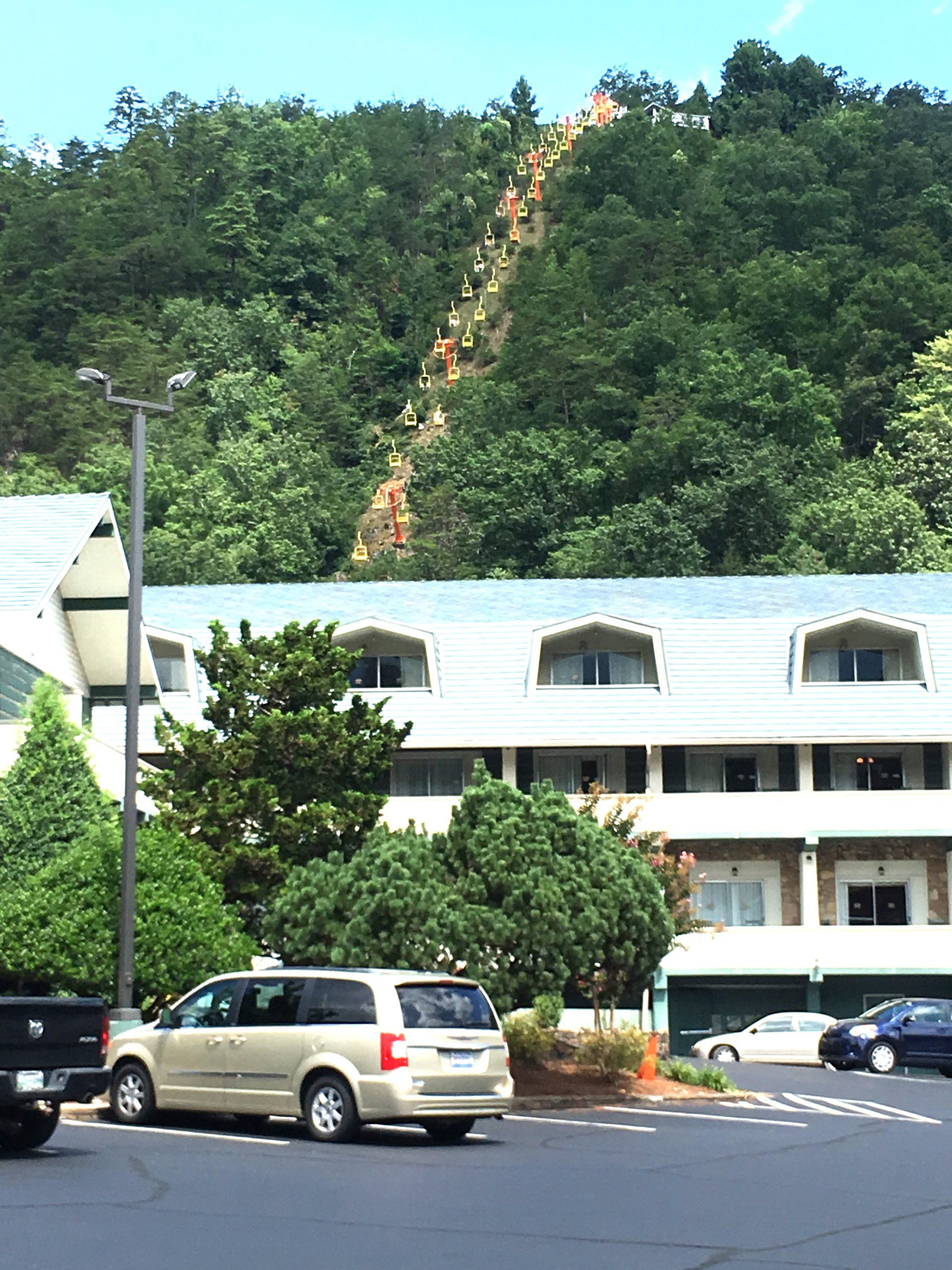
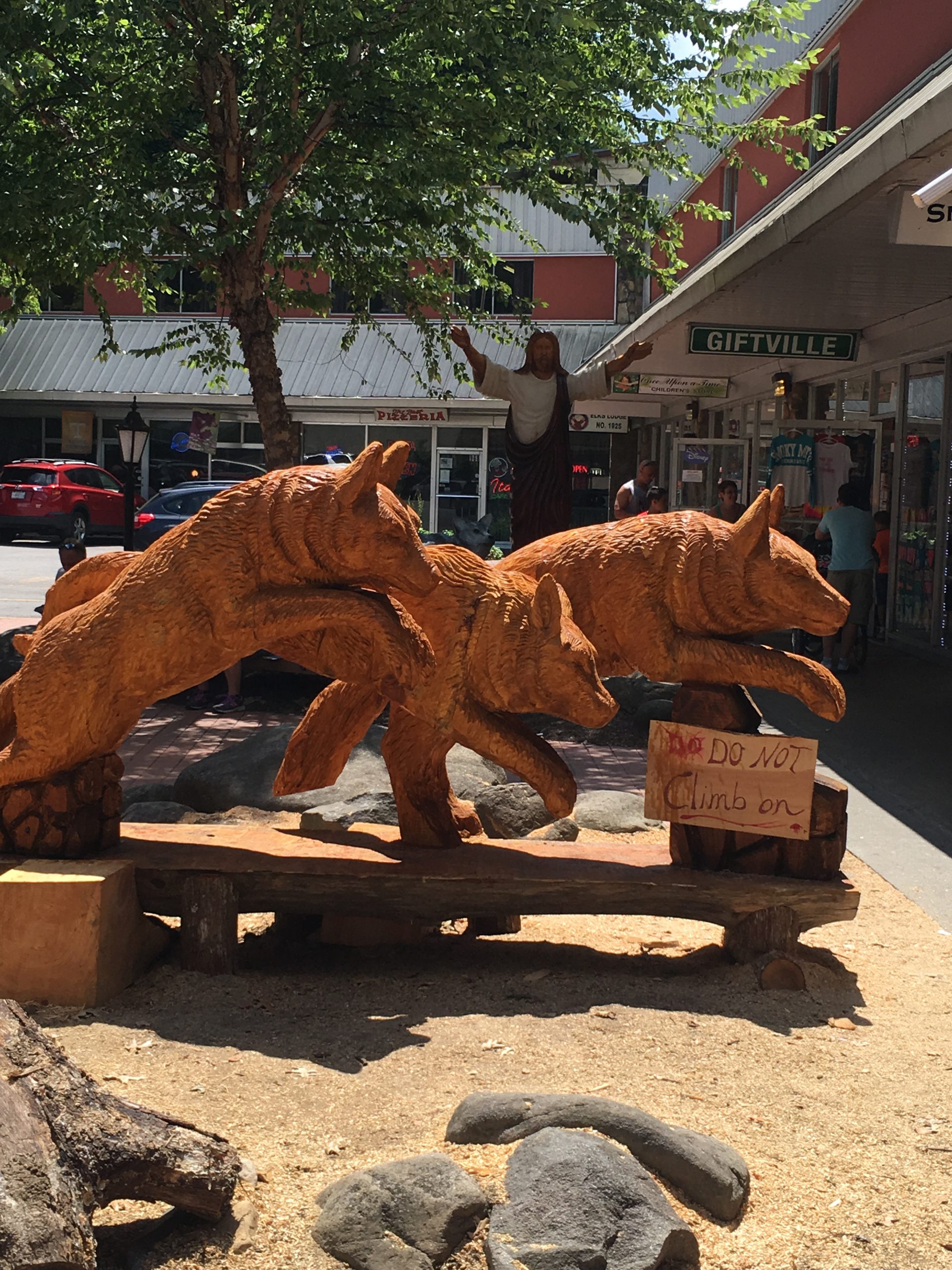
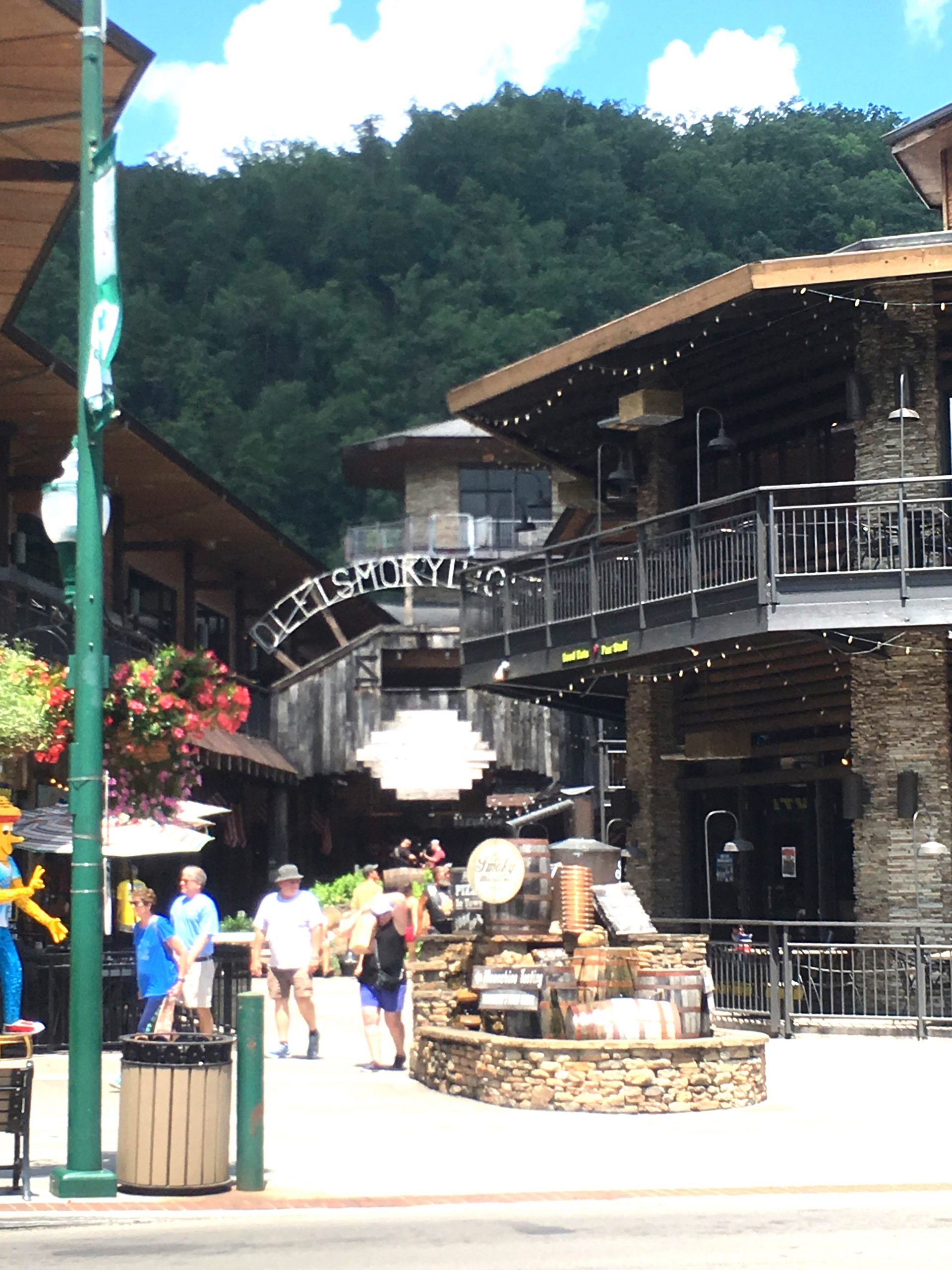
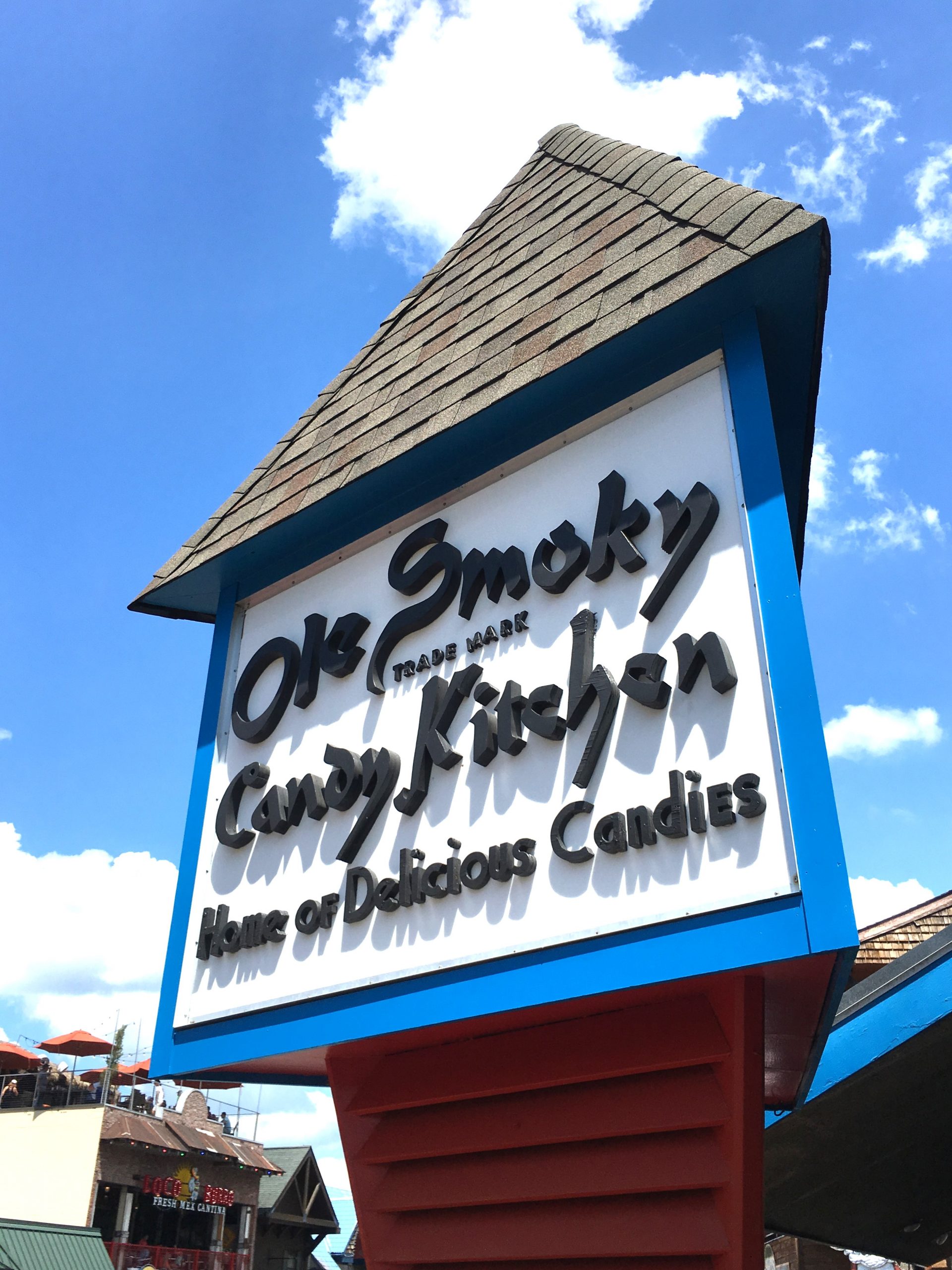
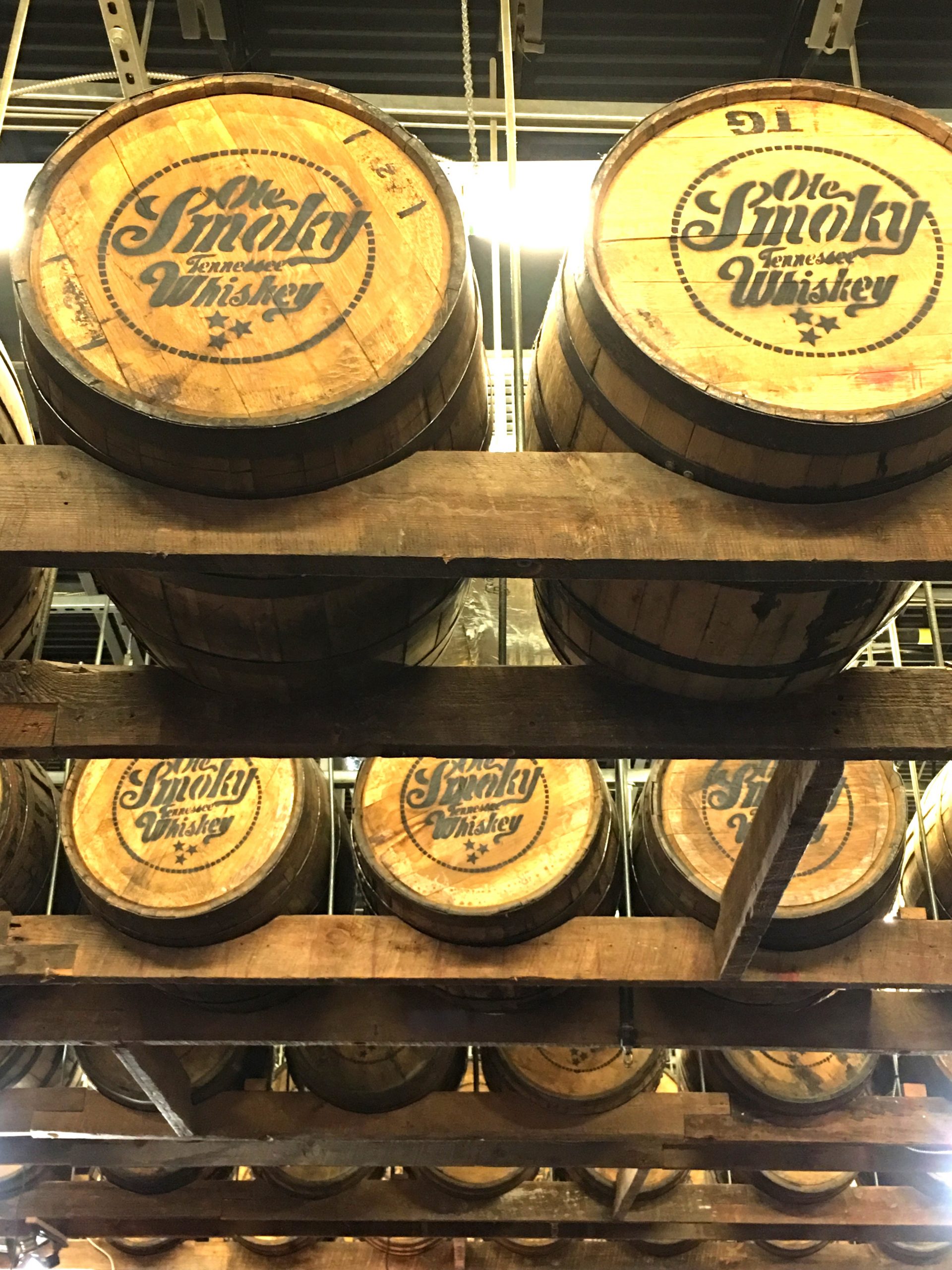
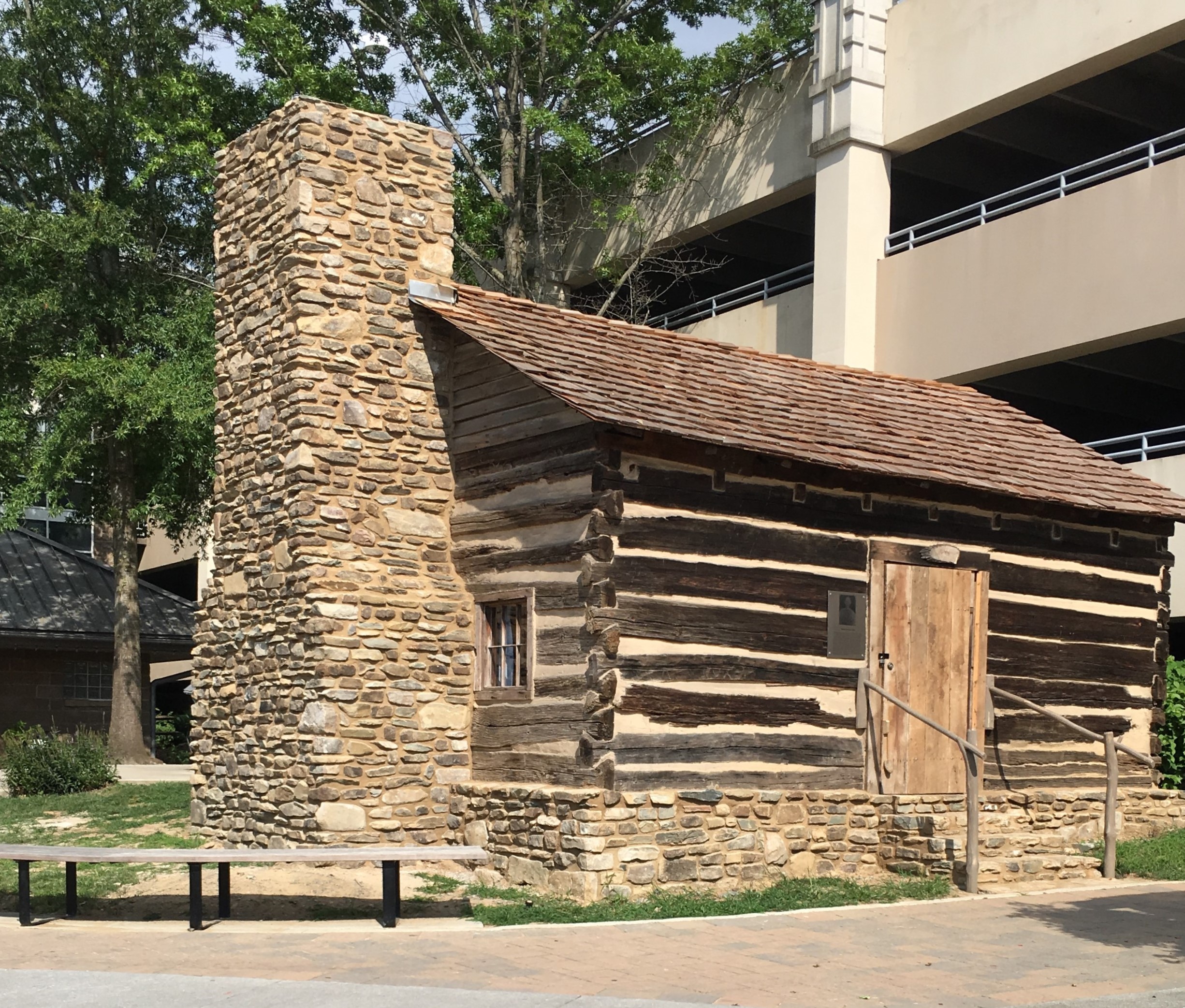
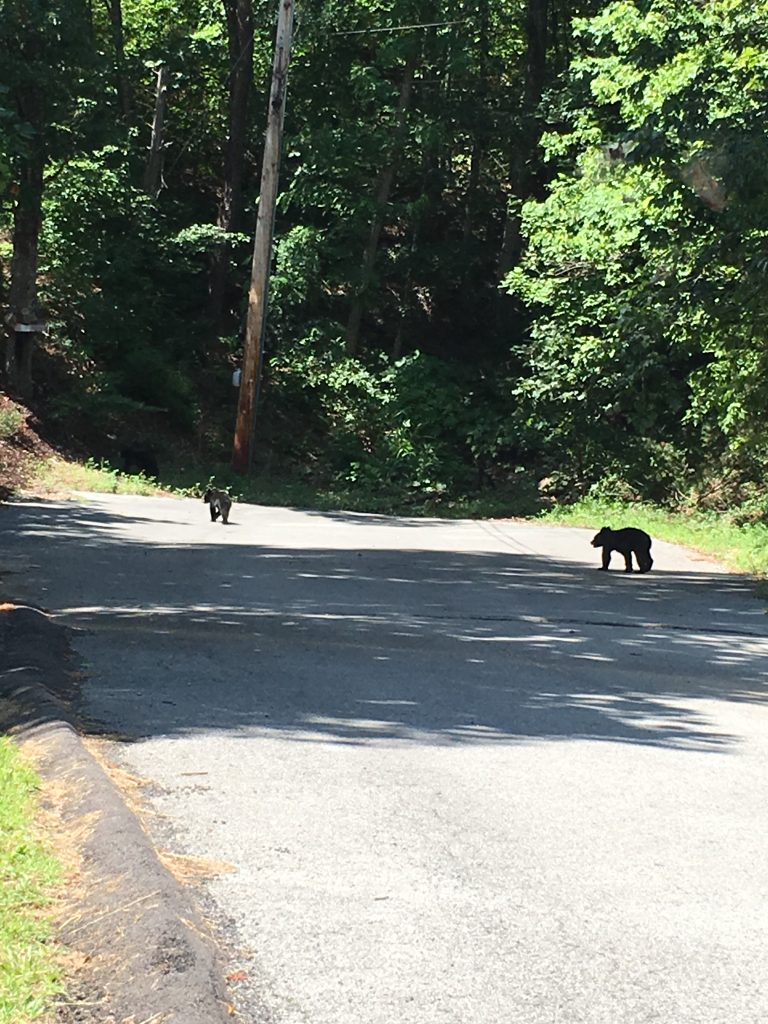
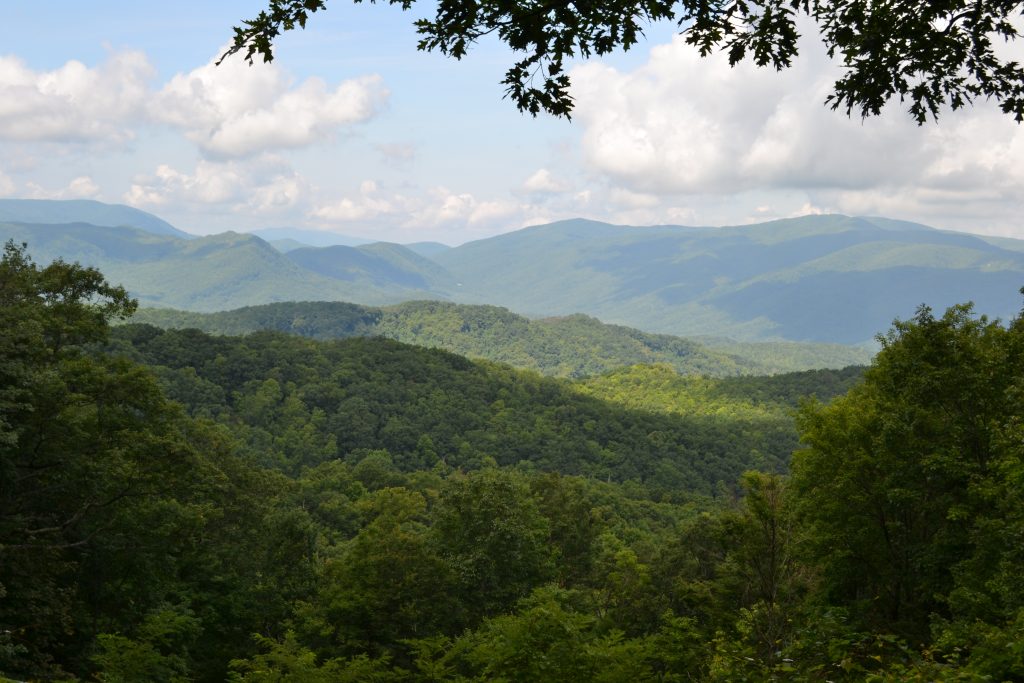
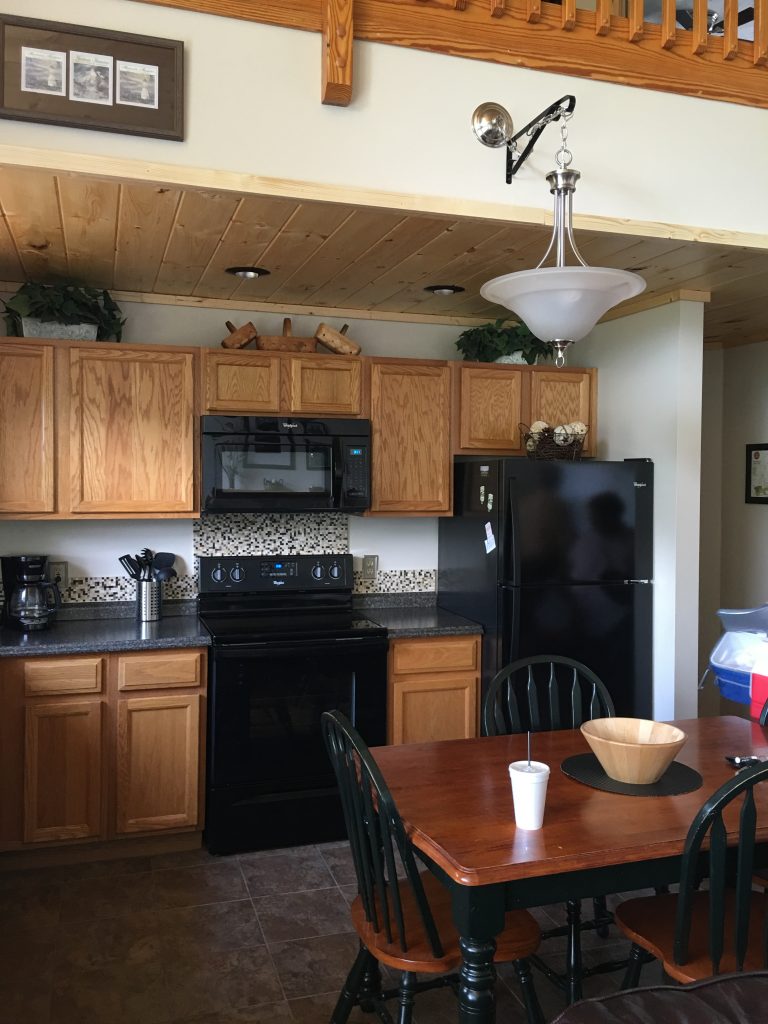
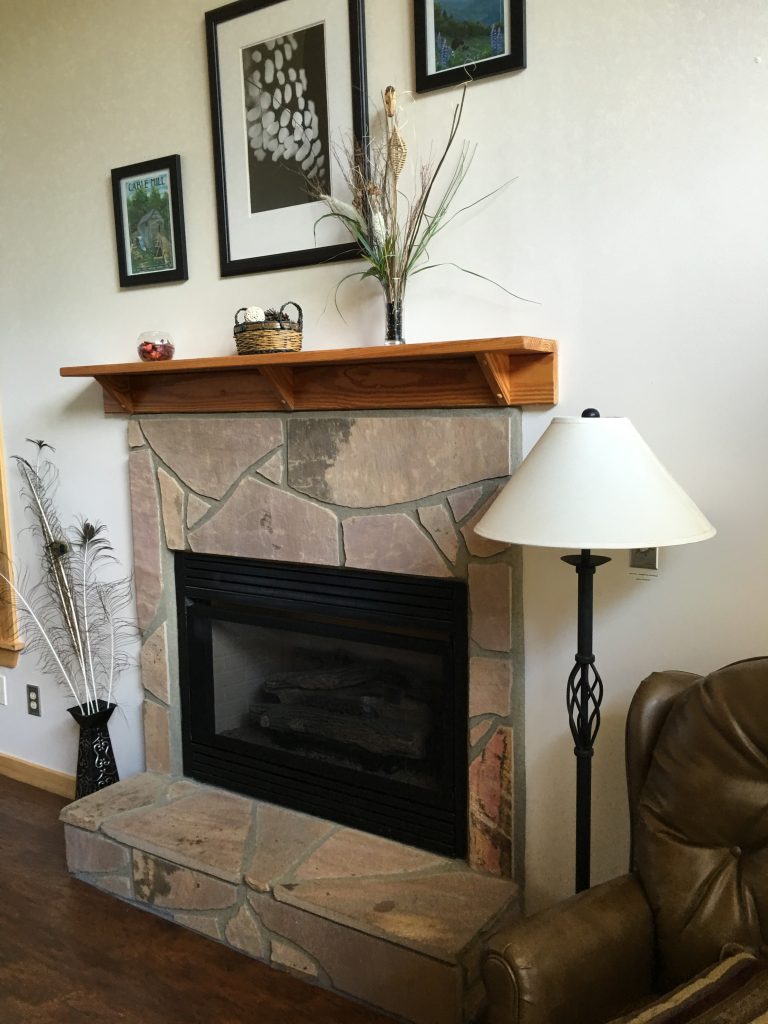
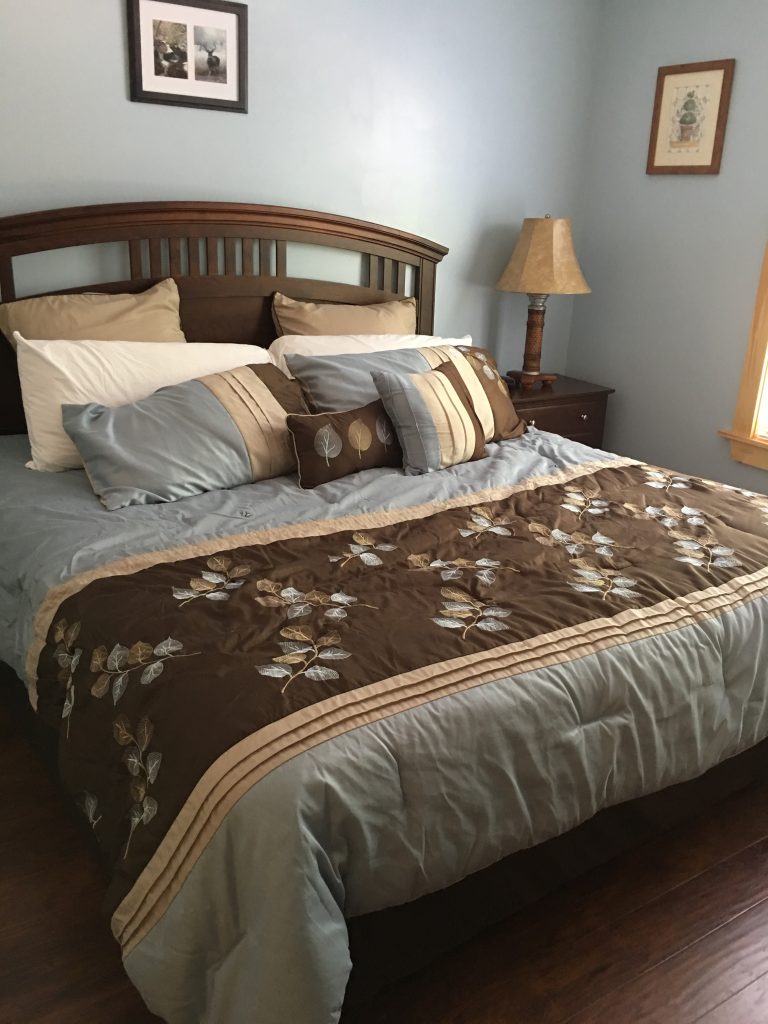
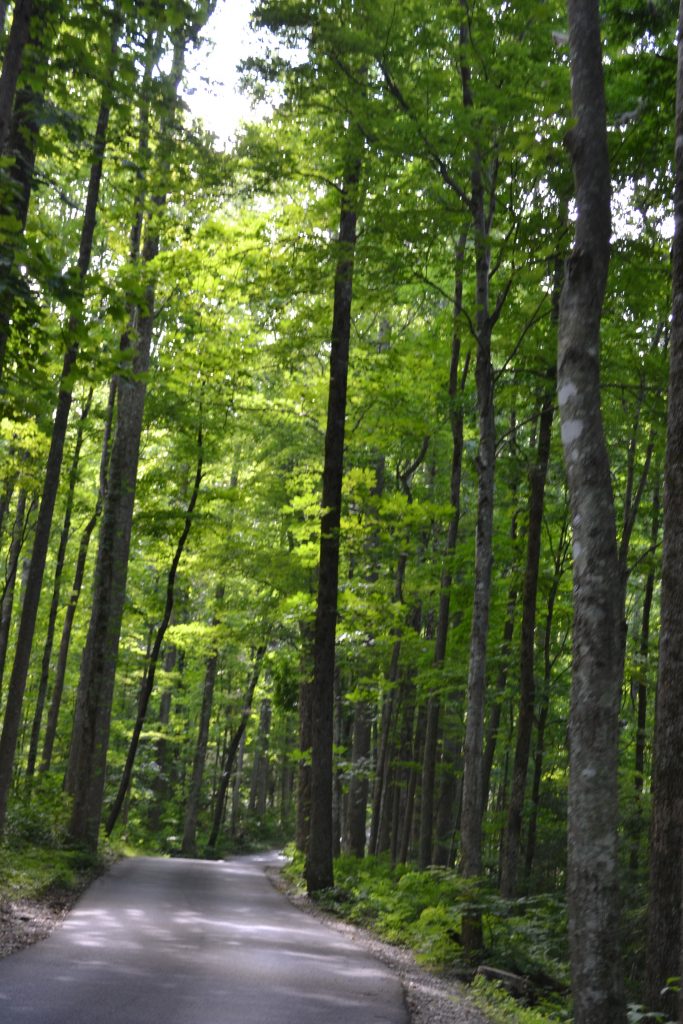
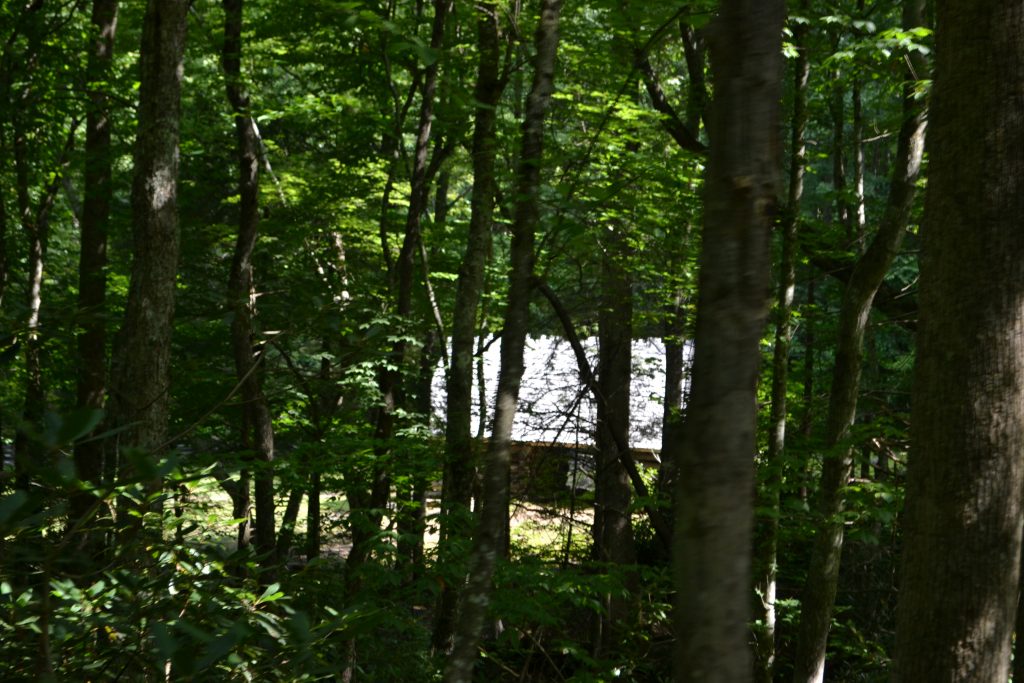
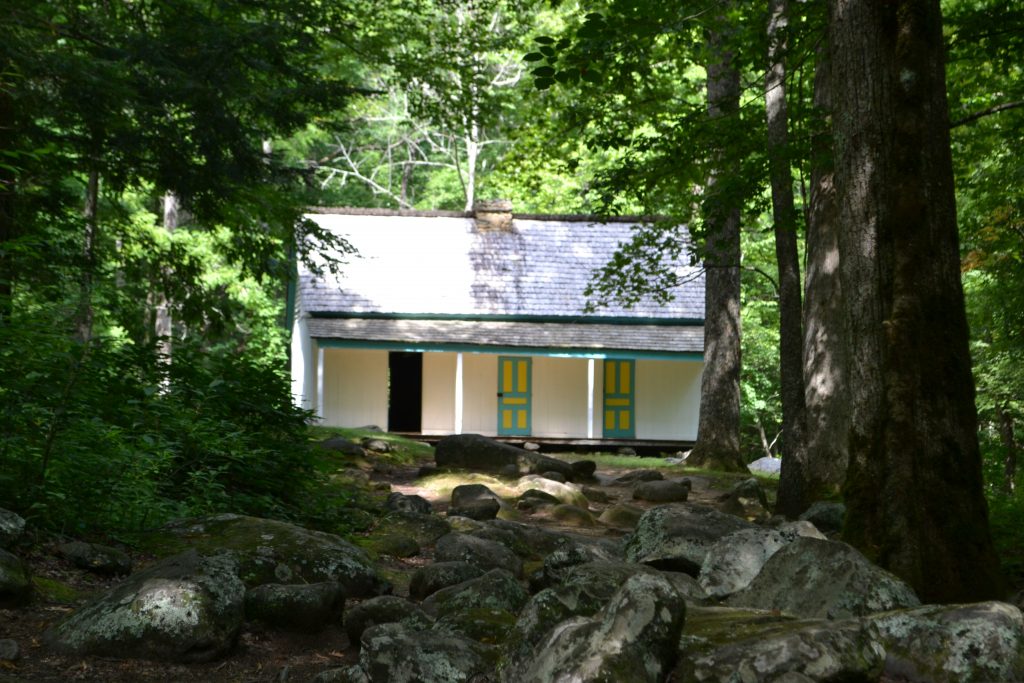
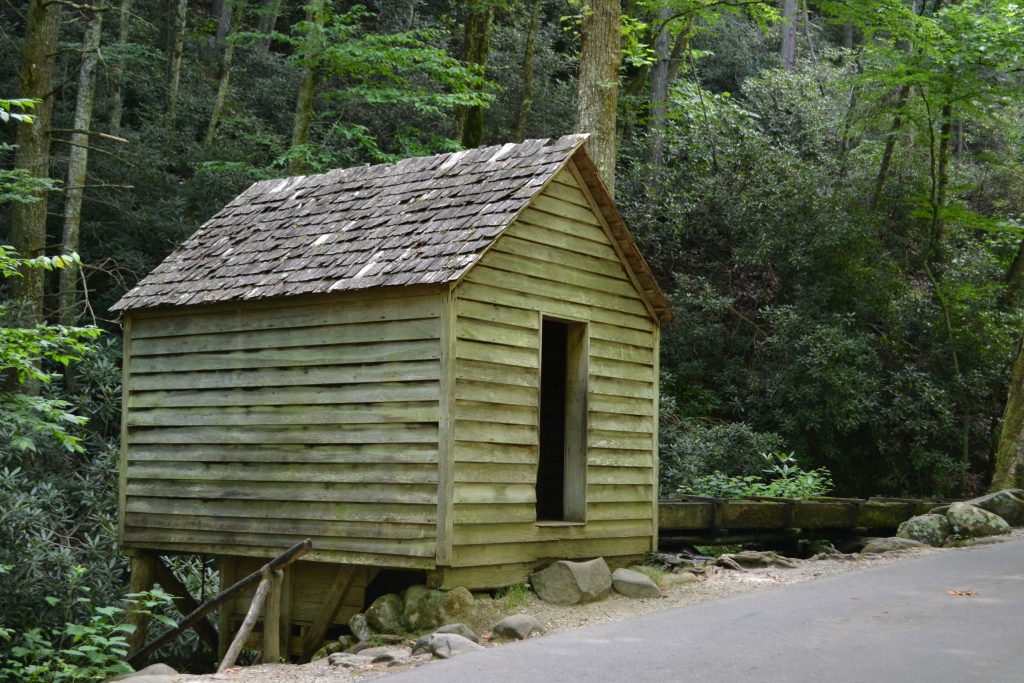
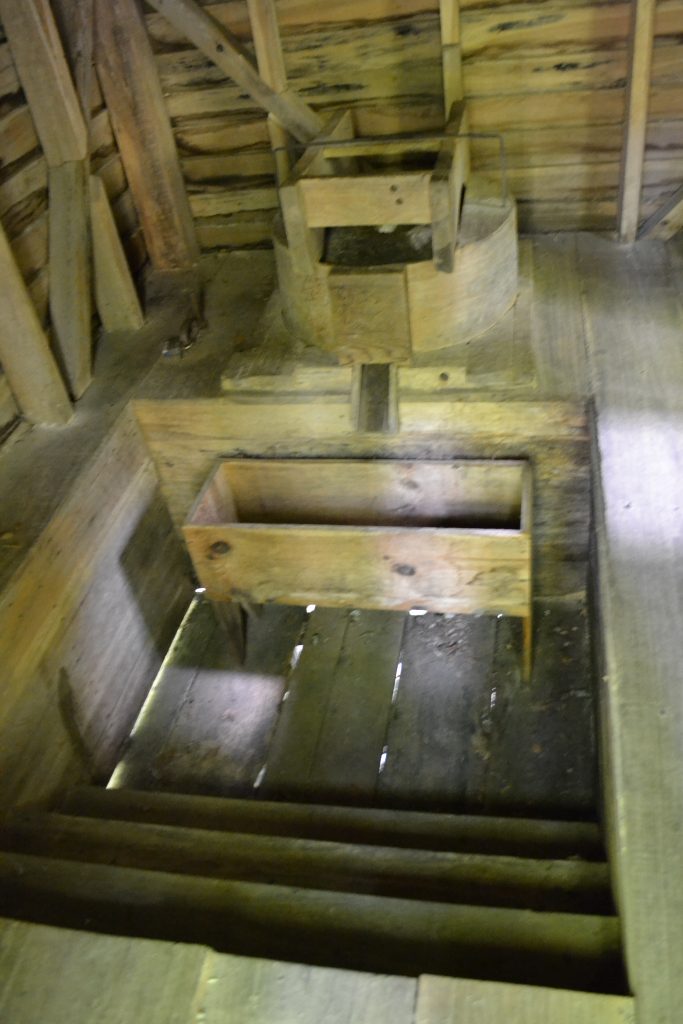
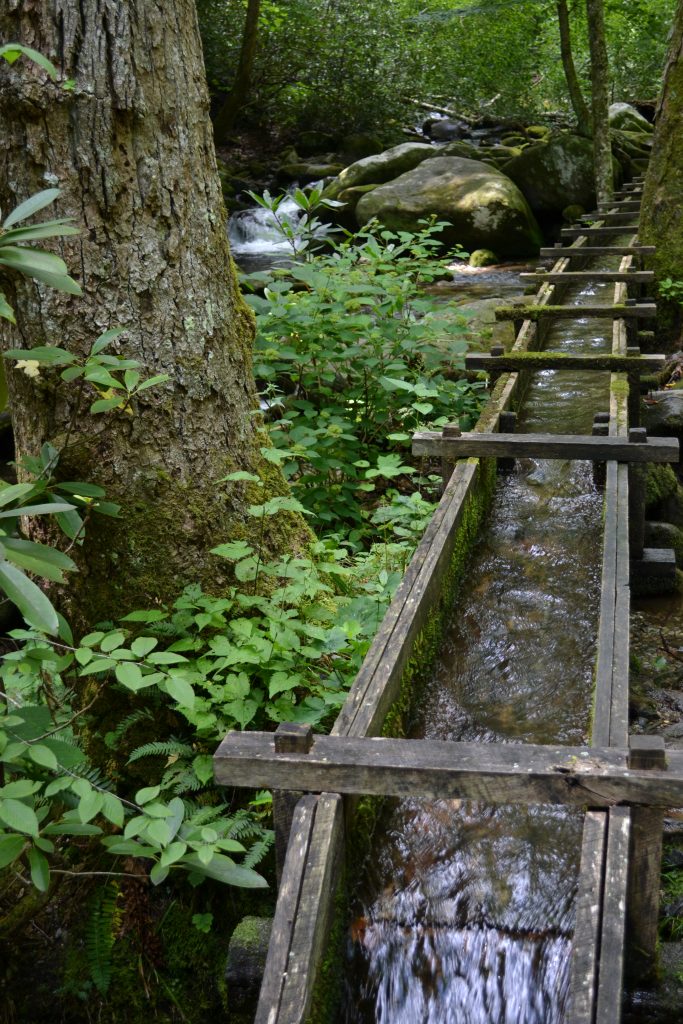
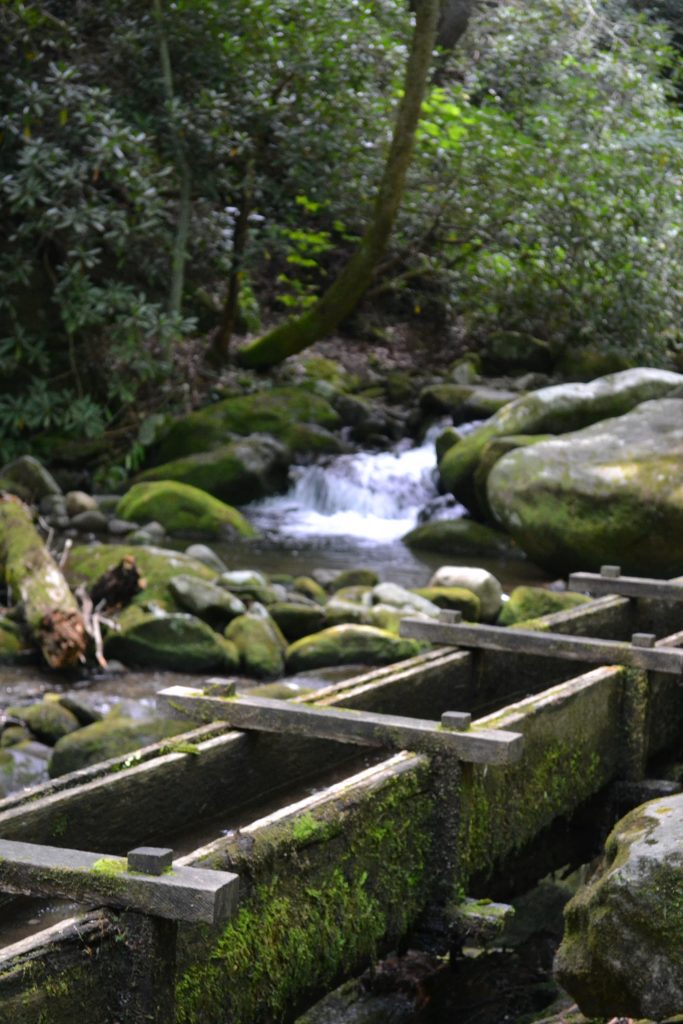
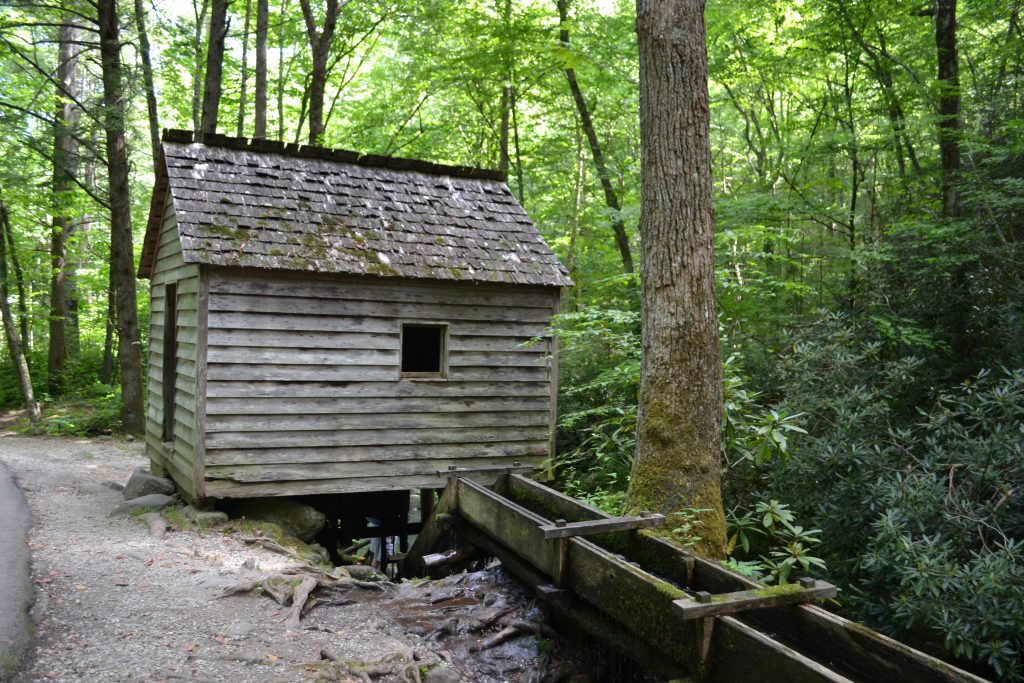
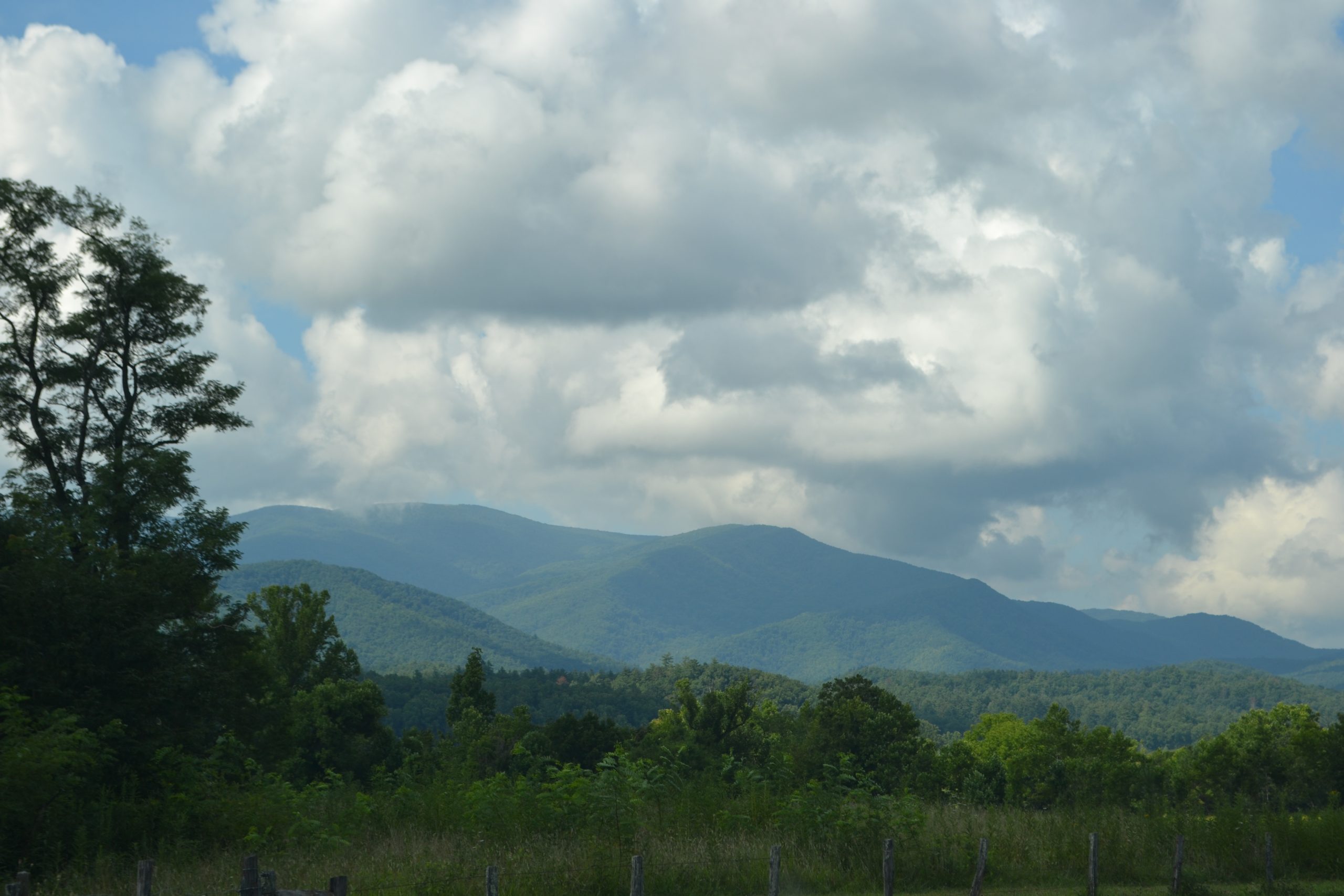
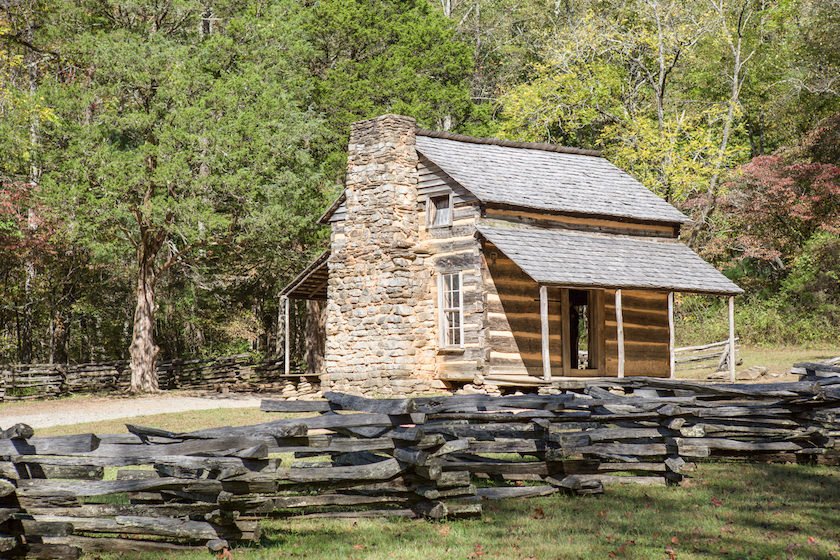
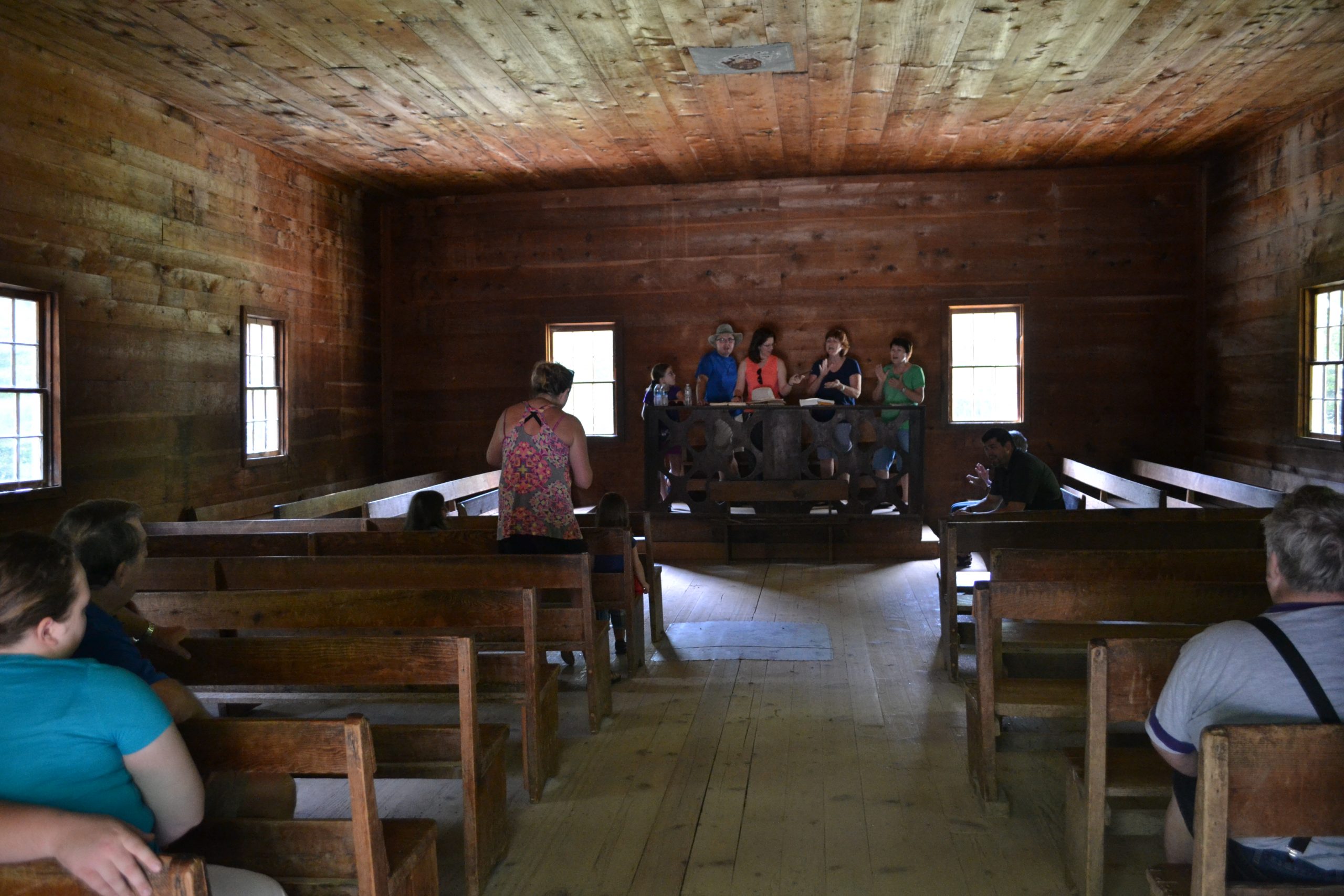
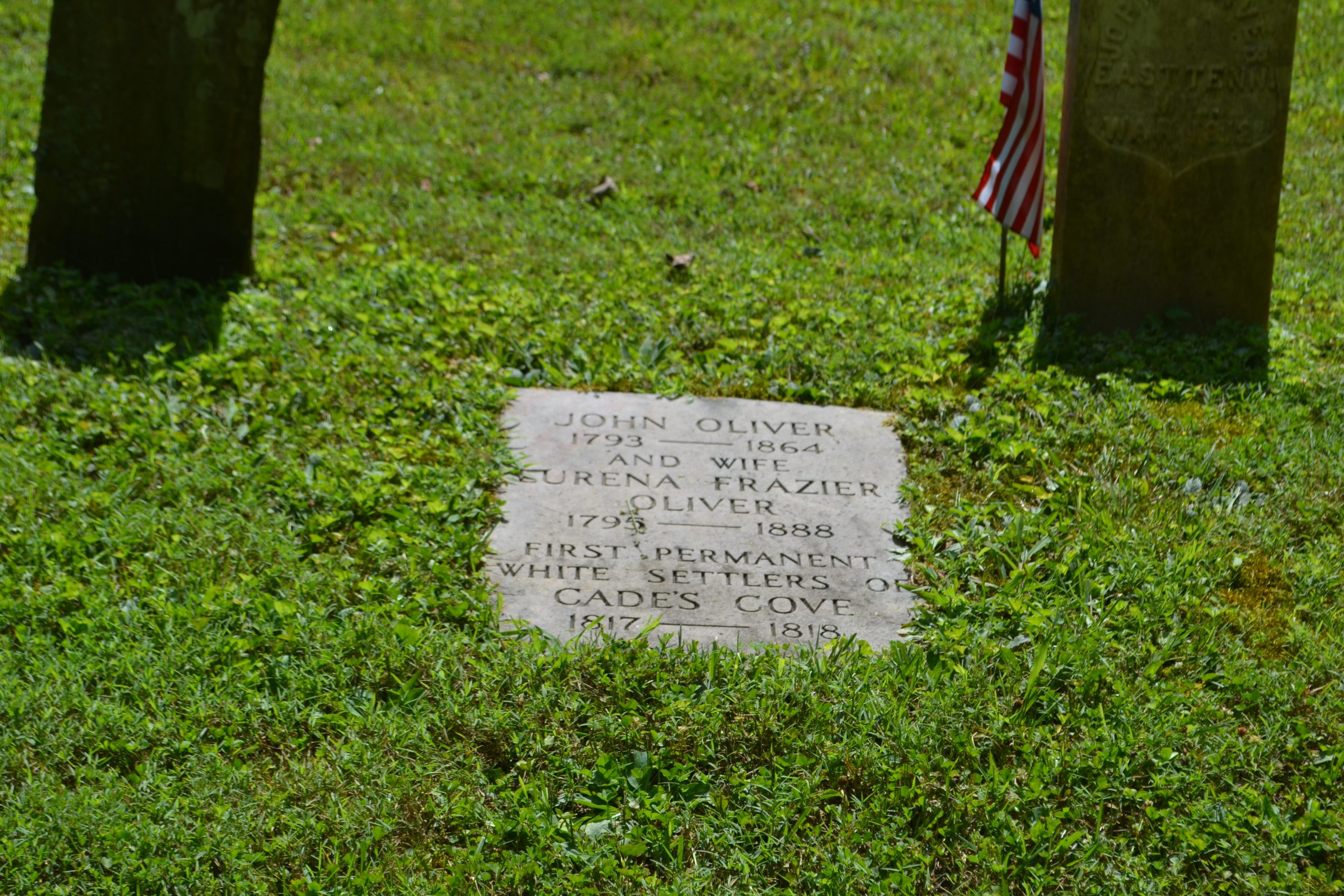
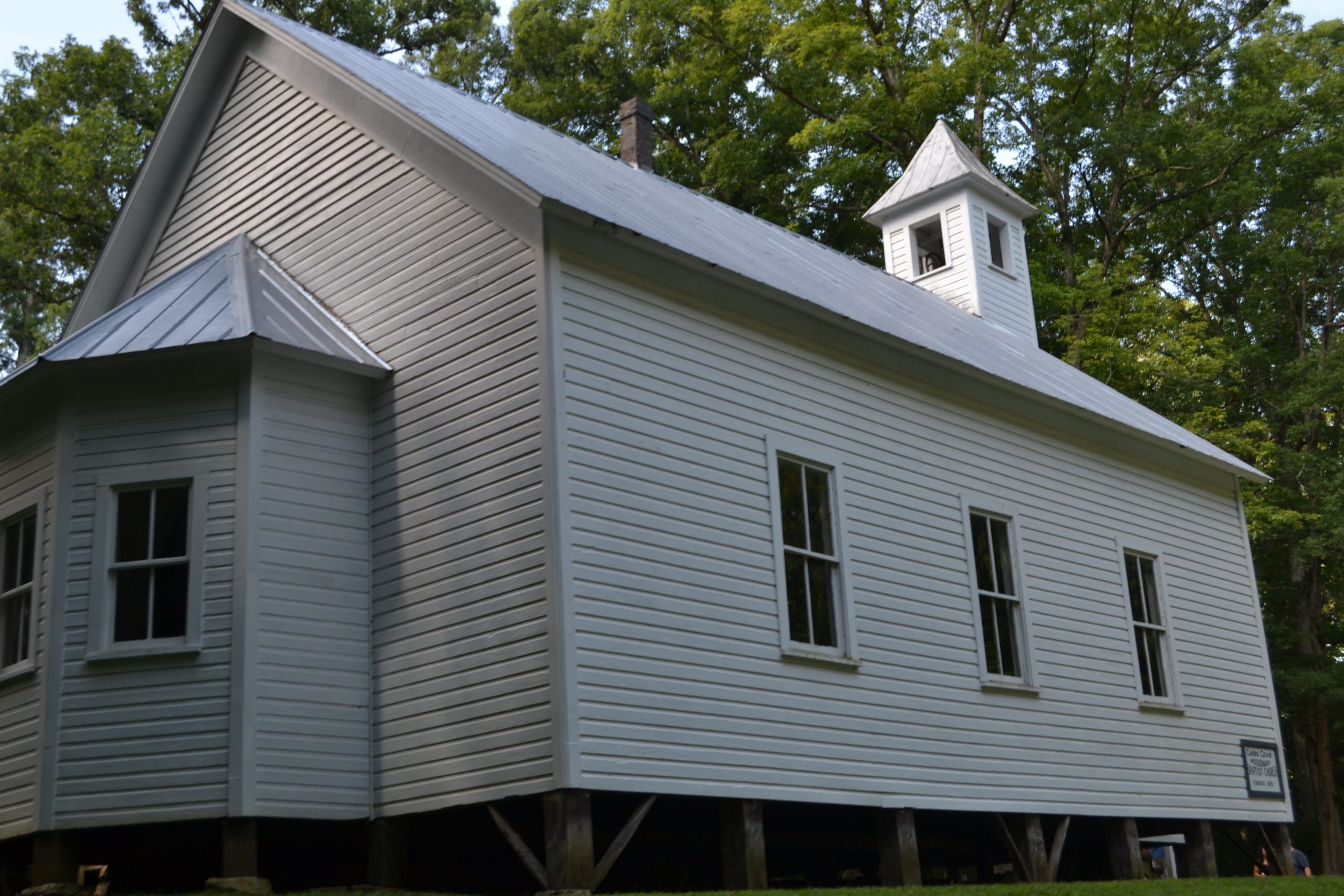
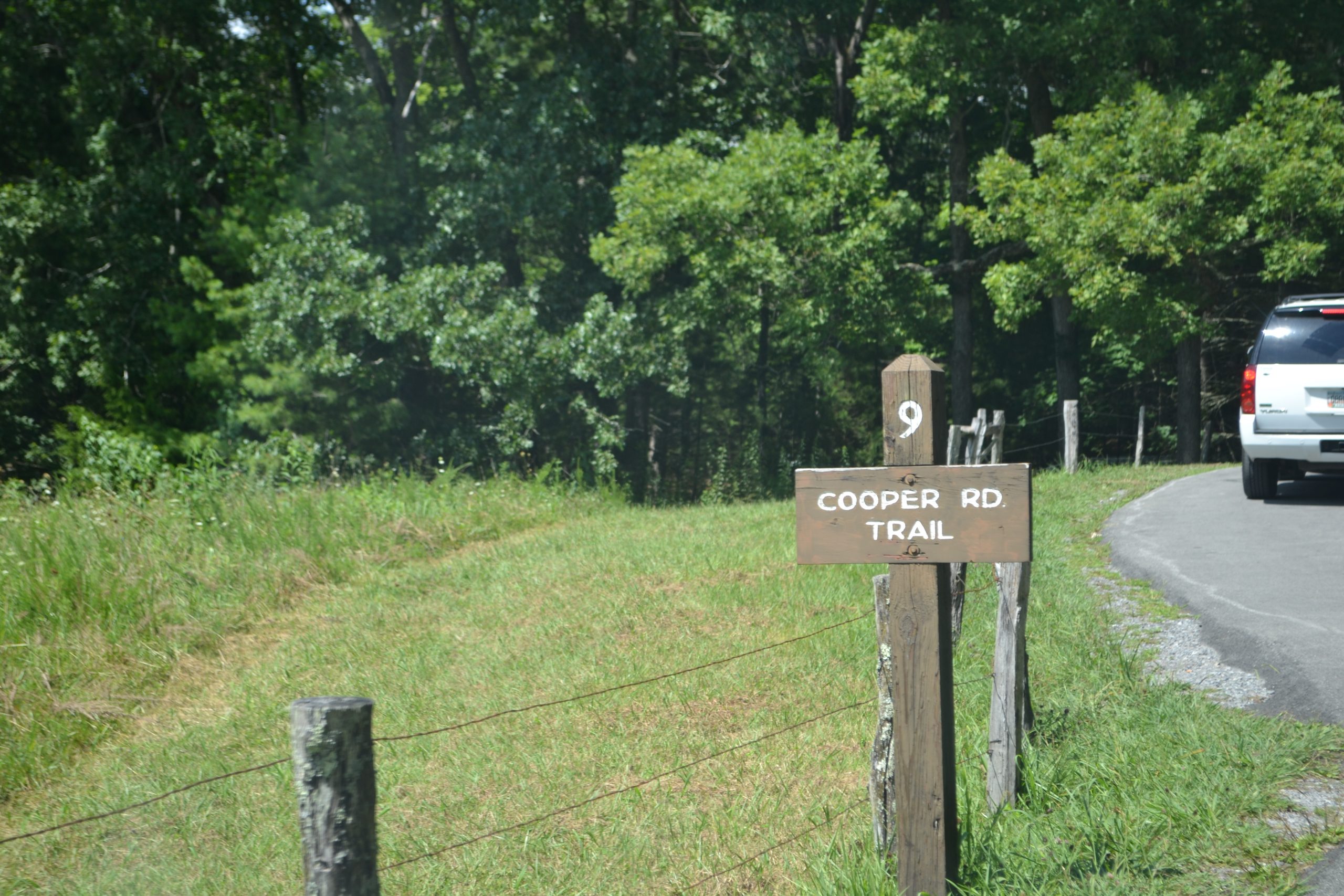
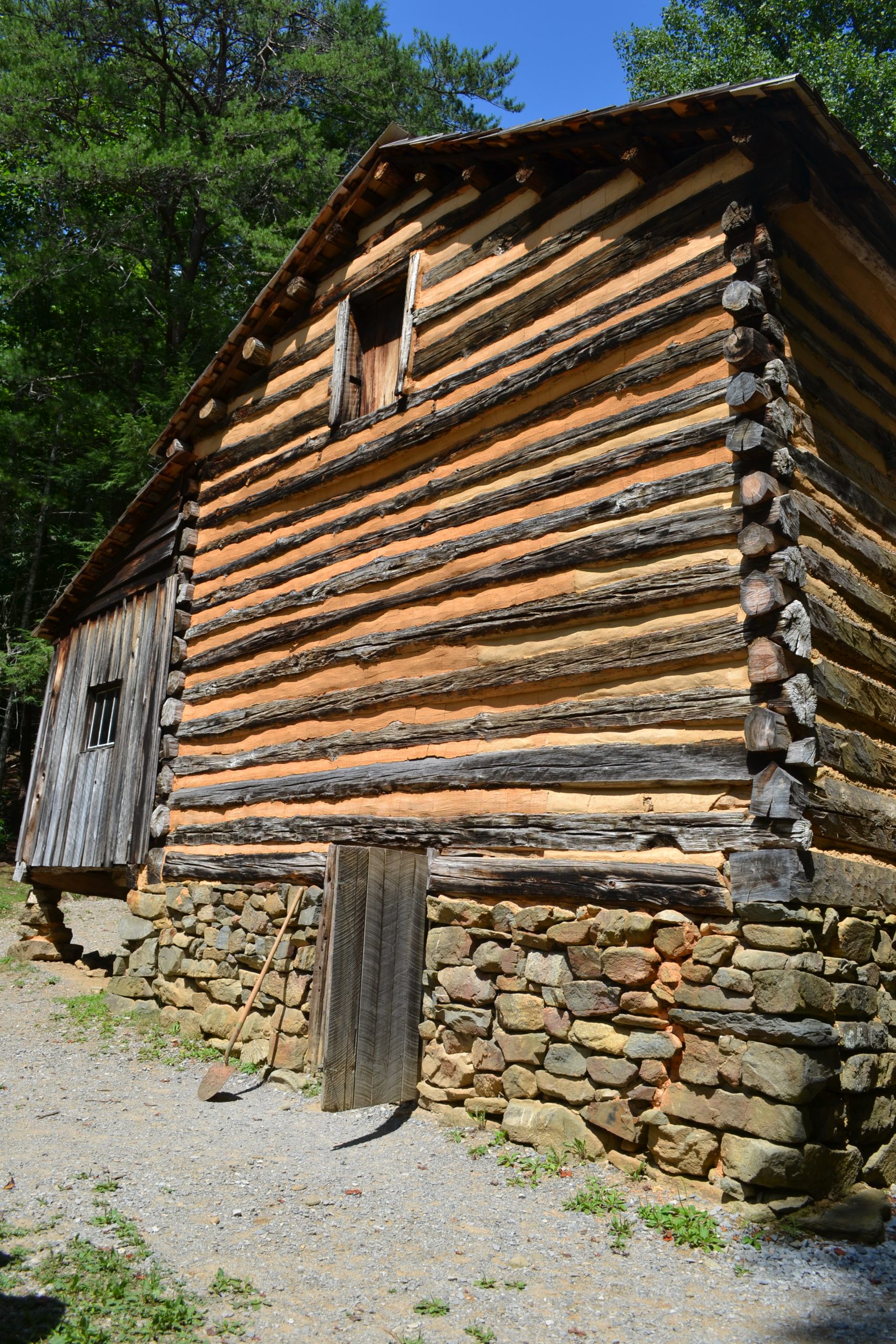
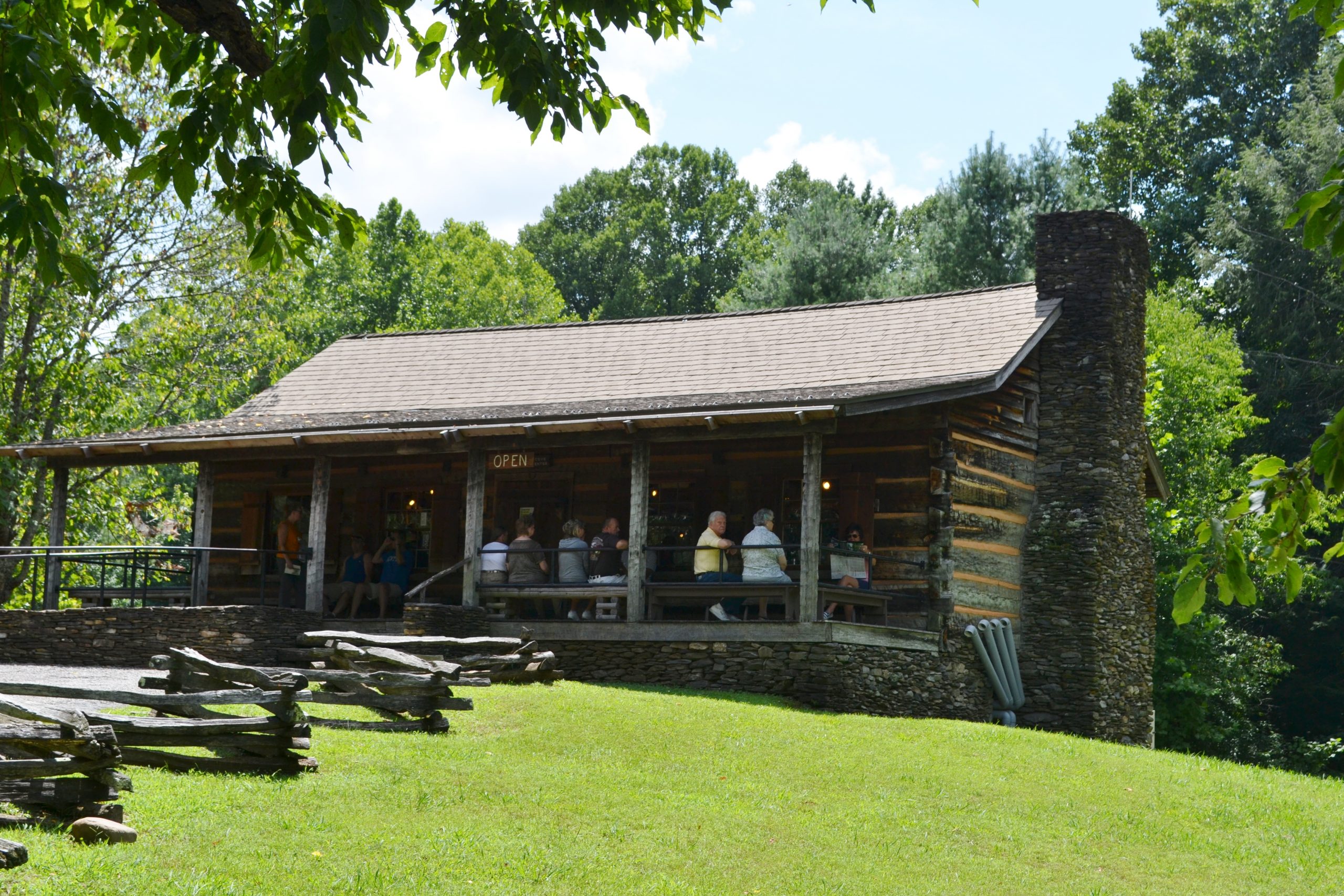
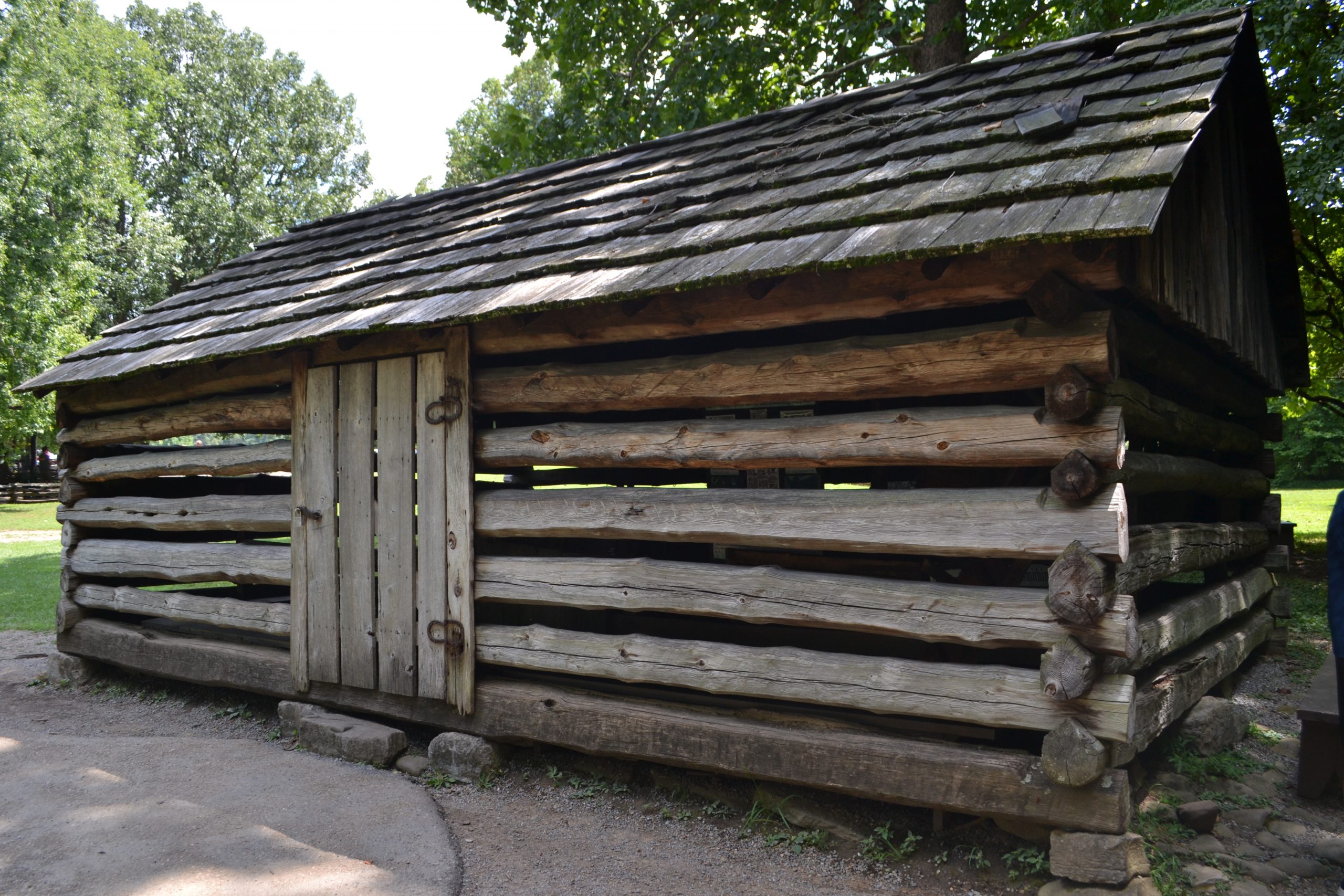
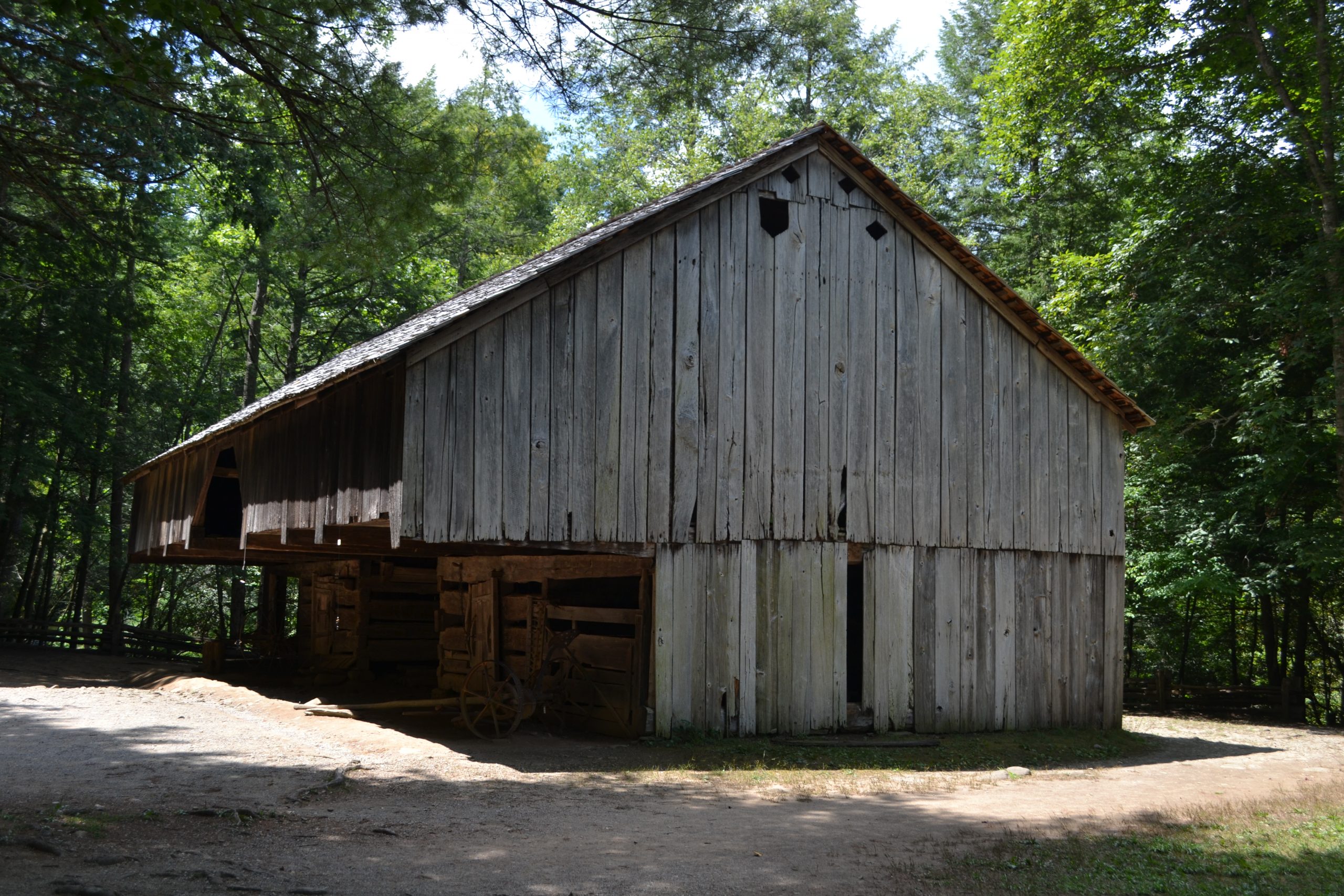
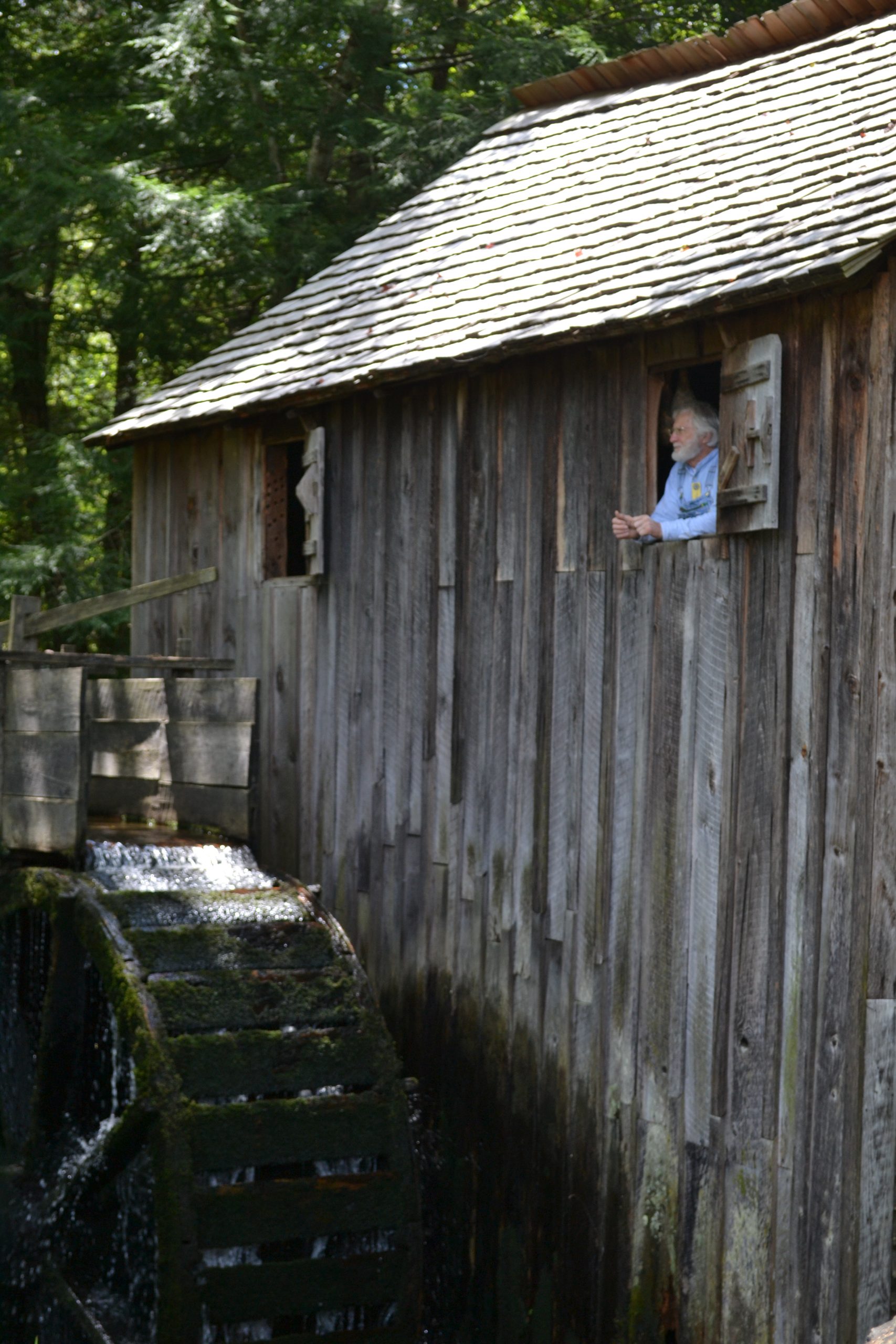
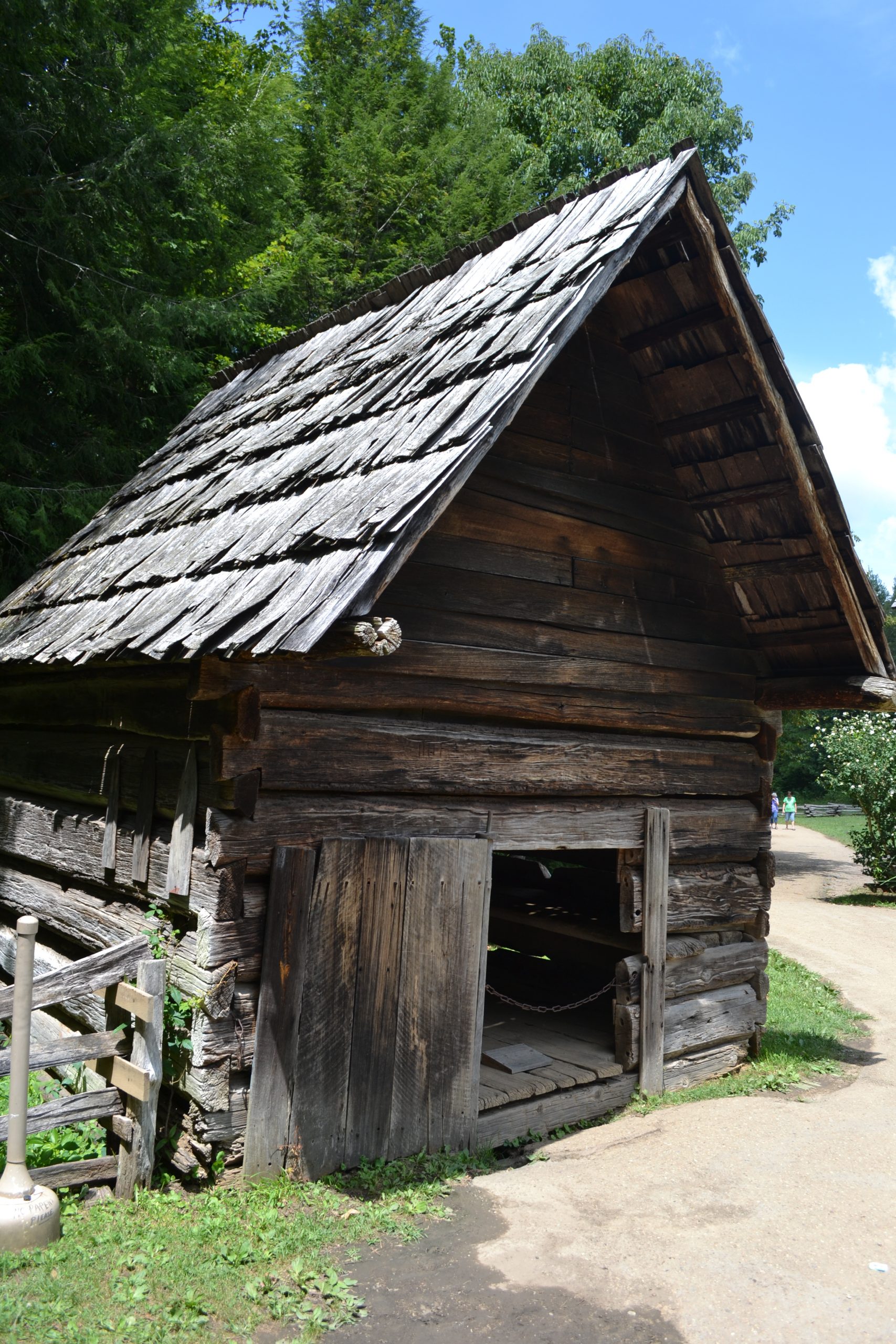
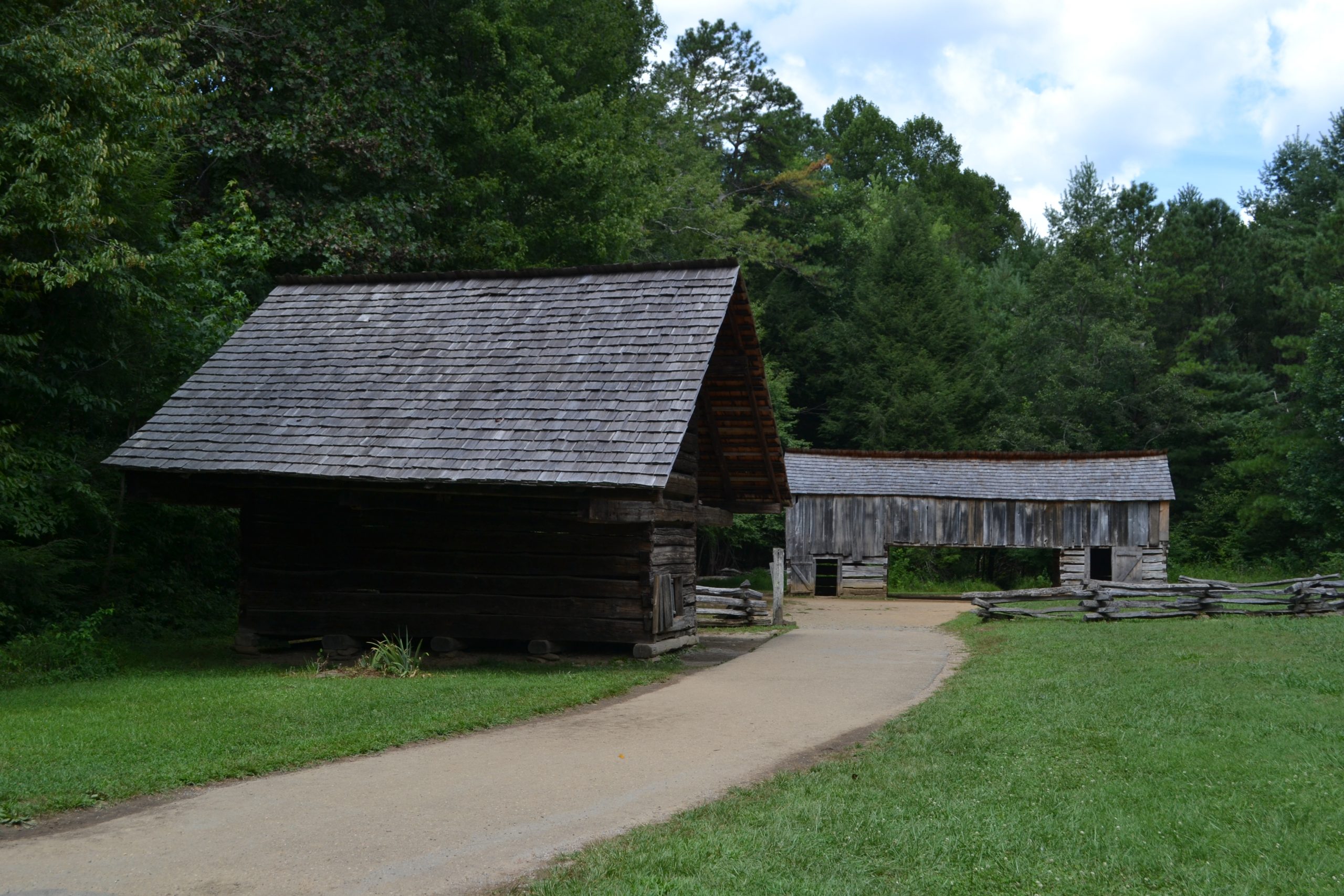
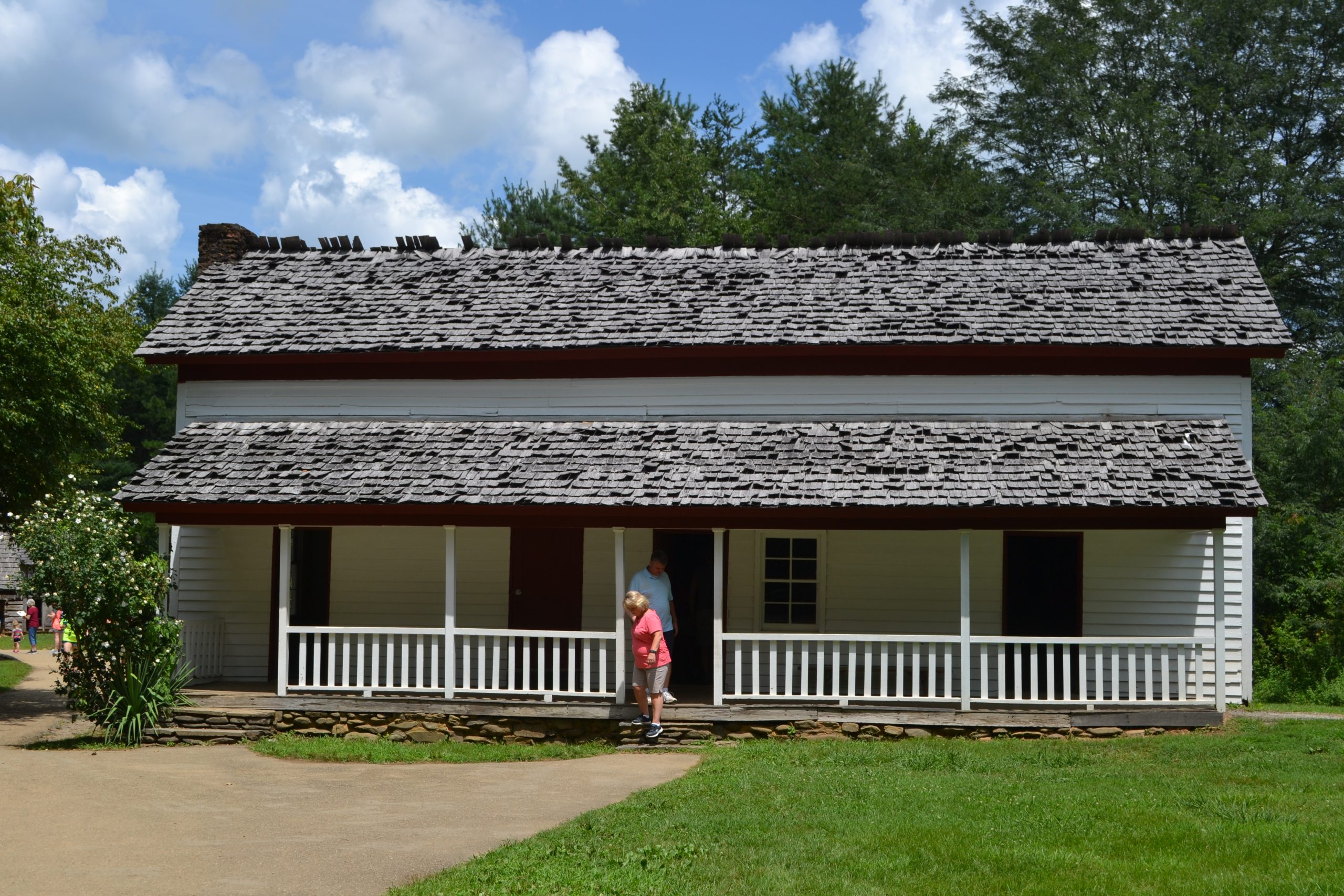
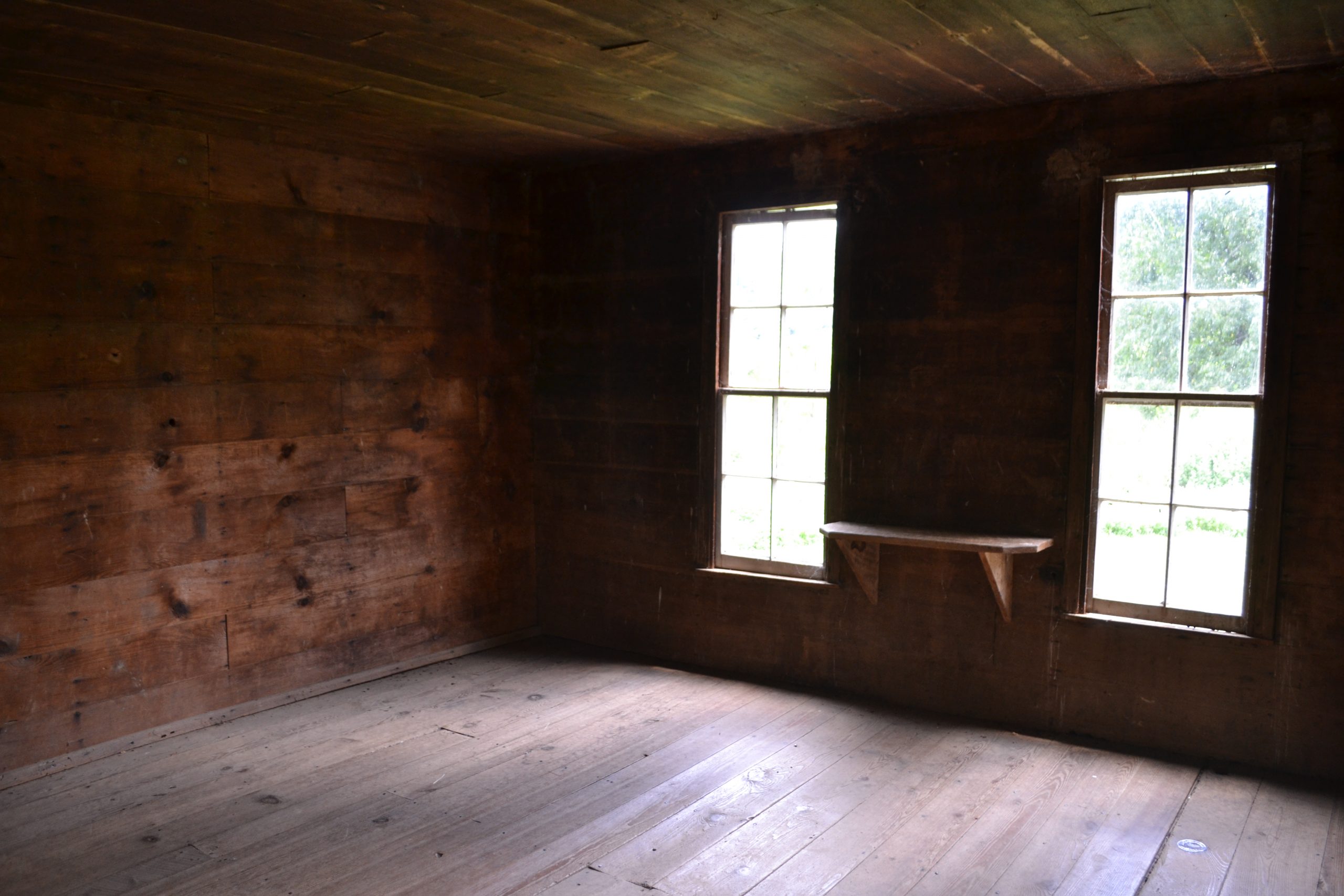
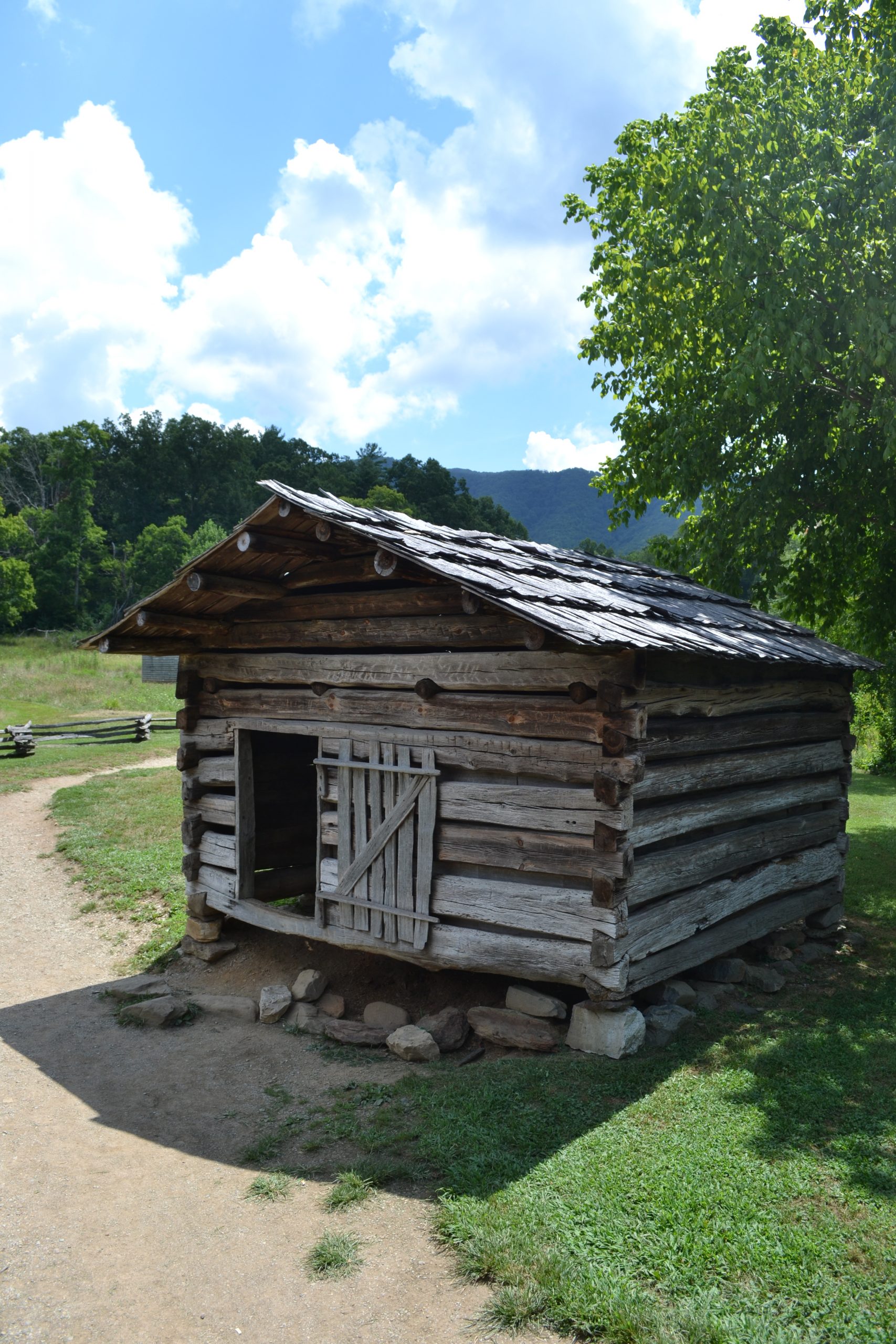
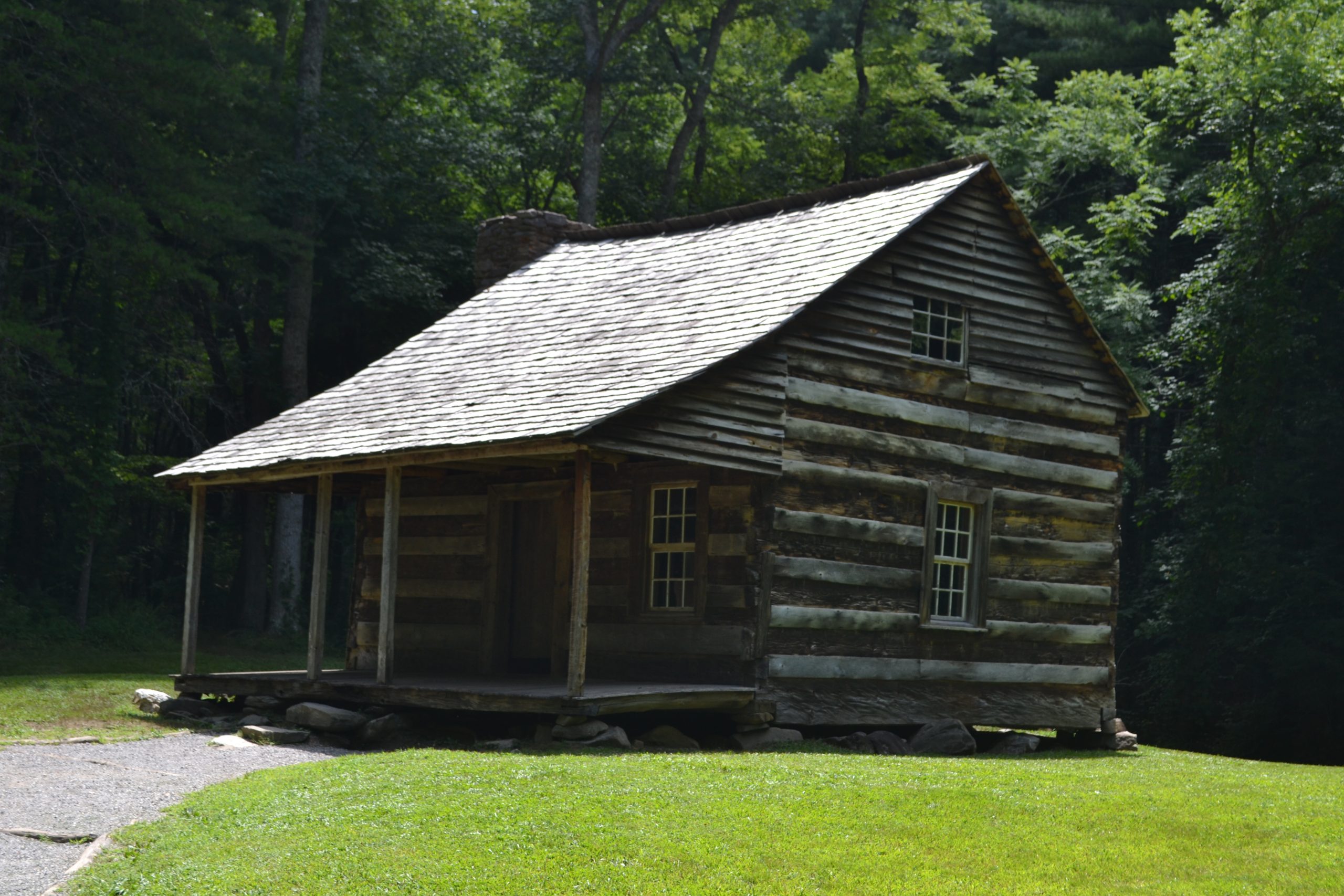
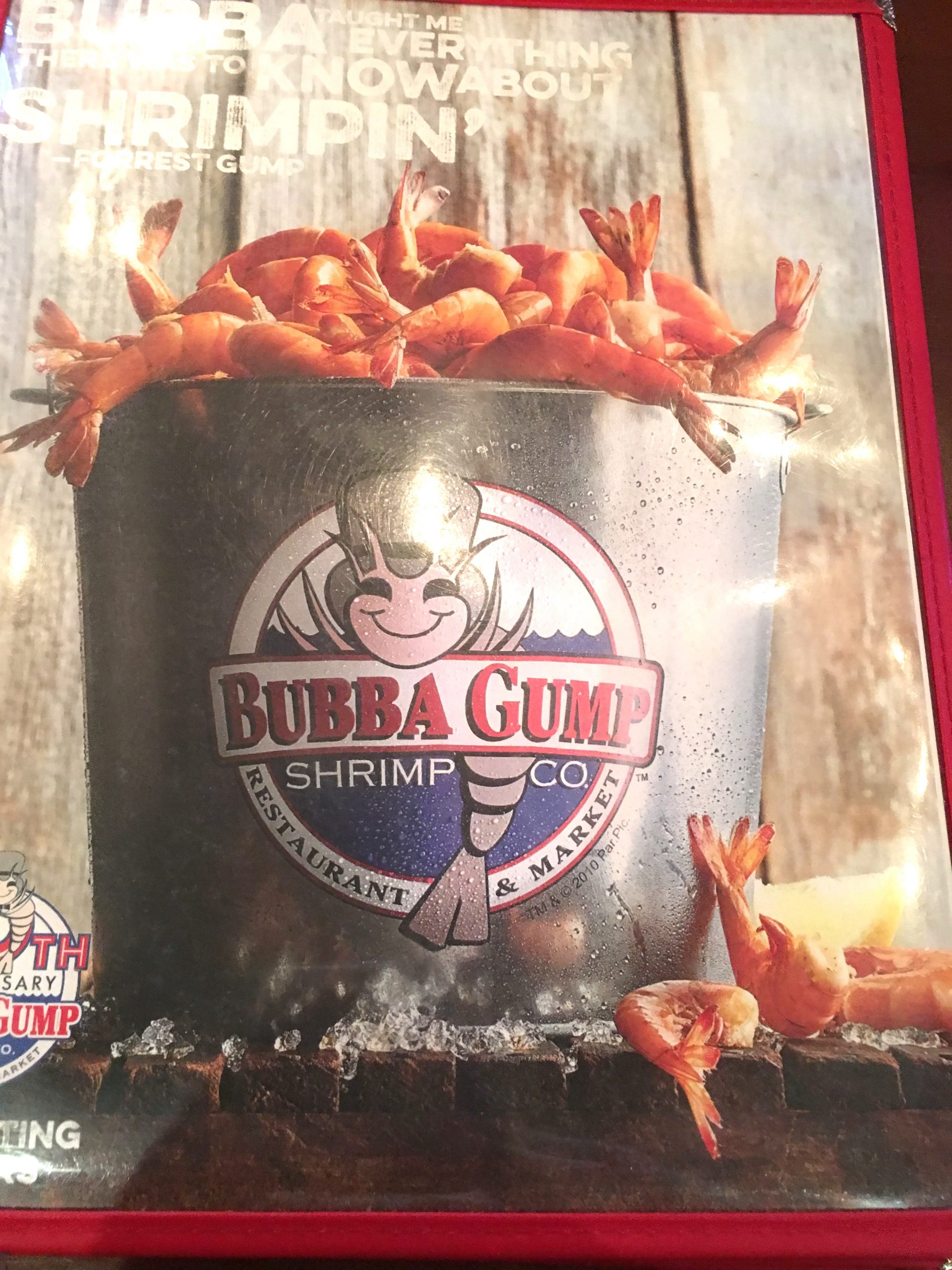 Having finished the hike at Laurel Falls, we decided to go into town to have lunch at Bubba Gump Shrimp Co. It would be a first time visit for my brother-in-law, Scott, who was a fan of the movie and after a hearty lunch we would wander the shops of downtown Gatlinburg.
Having finished the hike at Laurel Falls, we decided to go into town to have lunch at Bubba Gump Shrimp Co. It would be a first time visit for my brother-in-law, Scott, who was a fan of the movie and after a hearty lunch we would wander the shops of downtown Gatlinburg.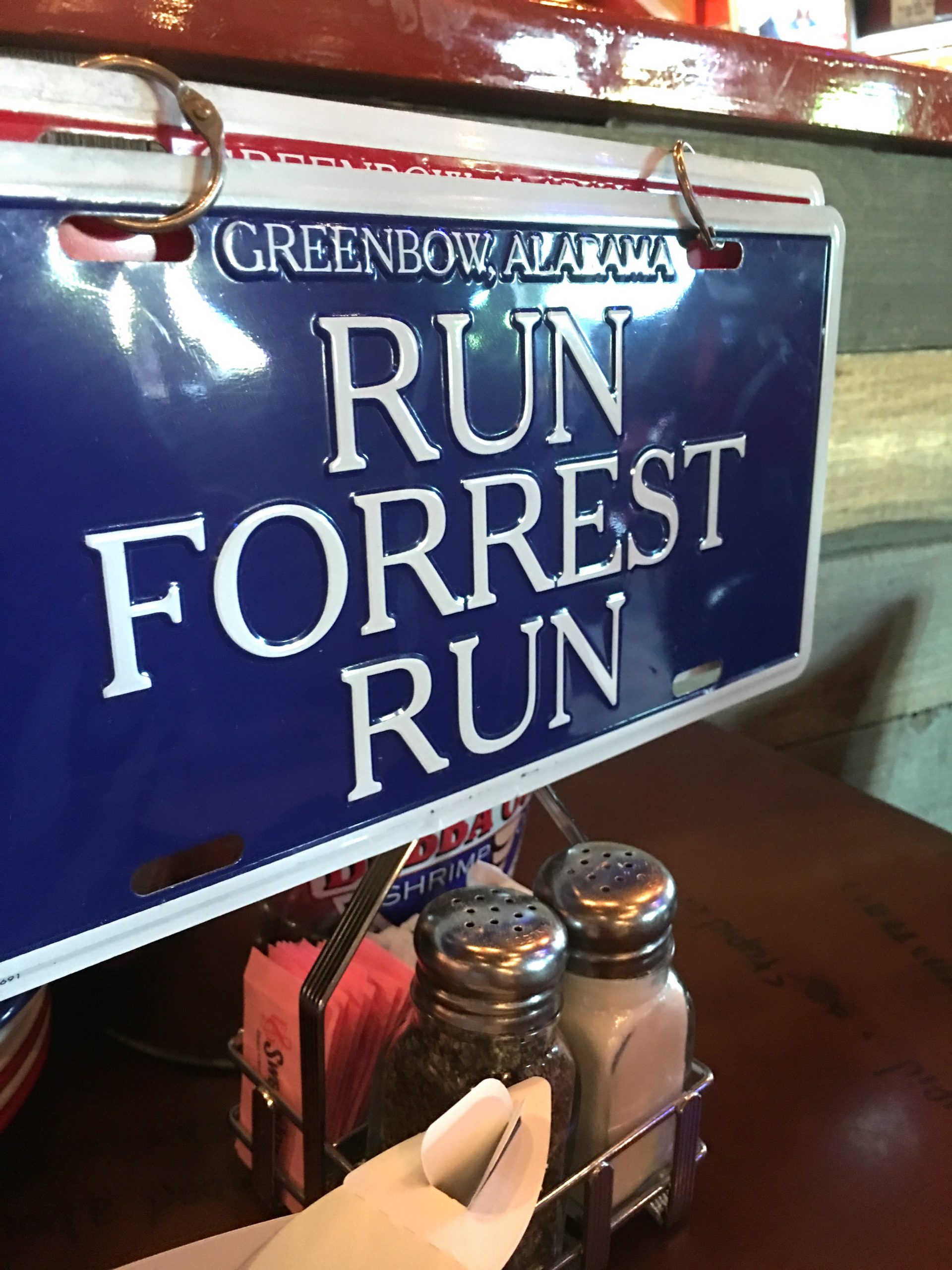
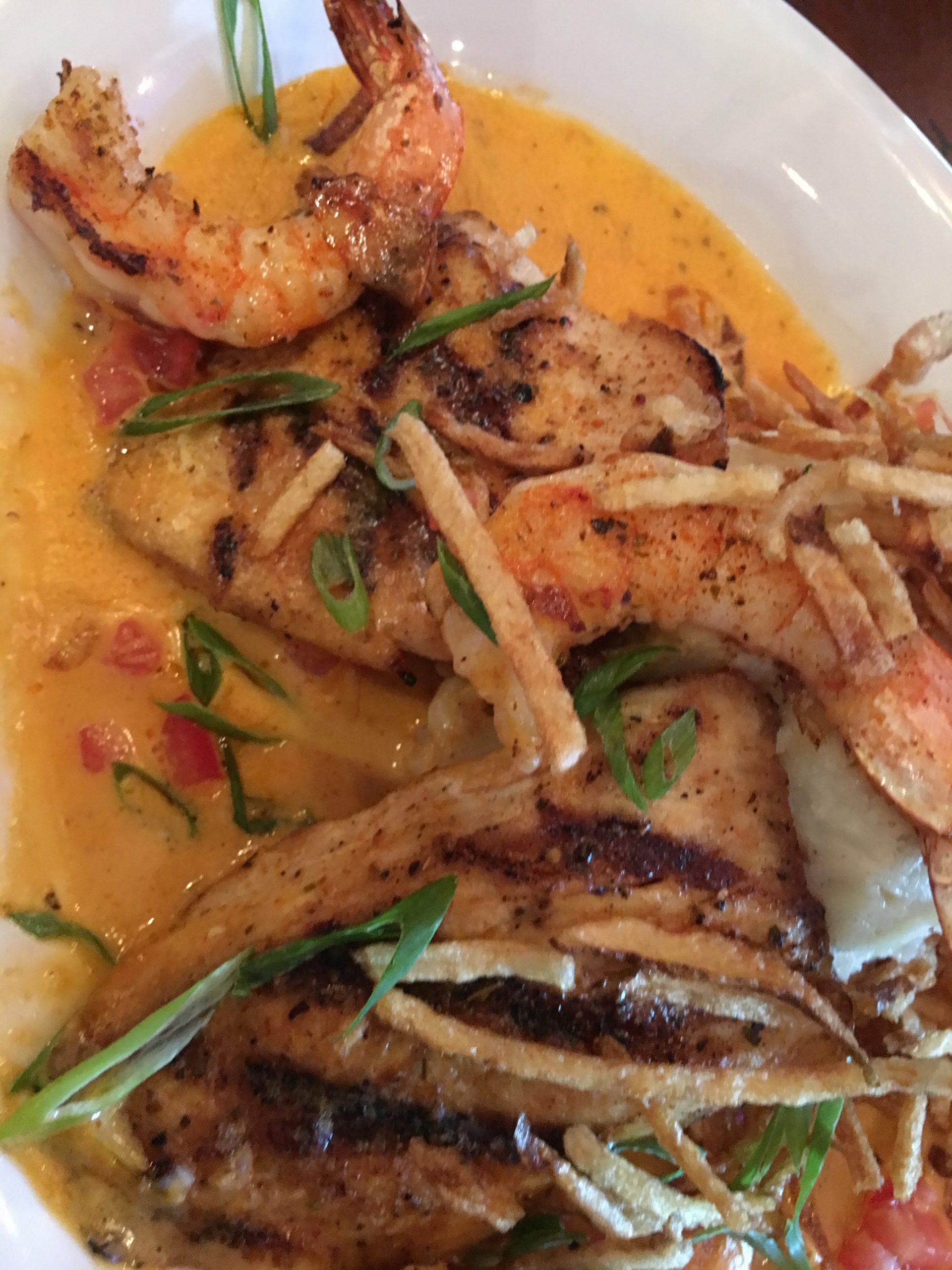 With a little heat, the shrimp and chicken platter was the perfect portion and served with a side of fries.
With a little heat, the shrimp and chicken platter was the perfect portion and served with a side of fries.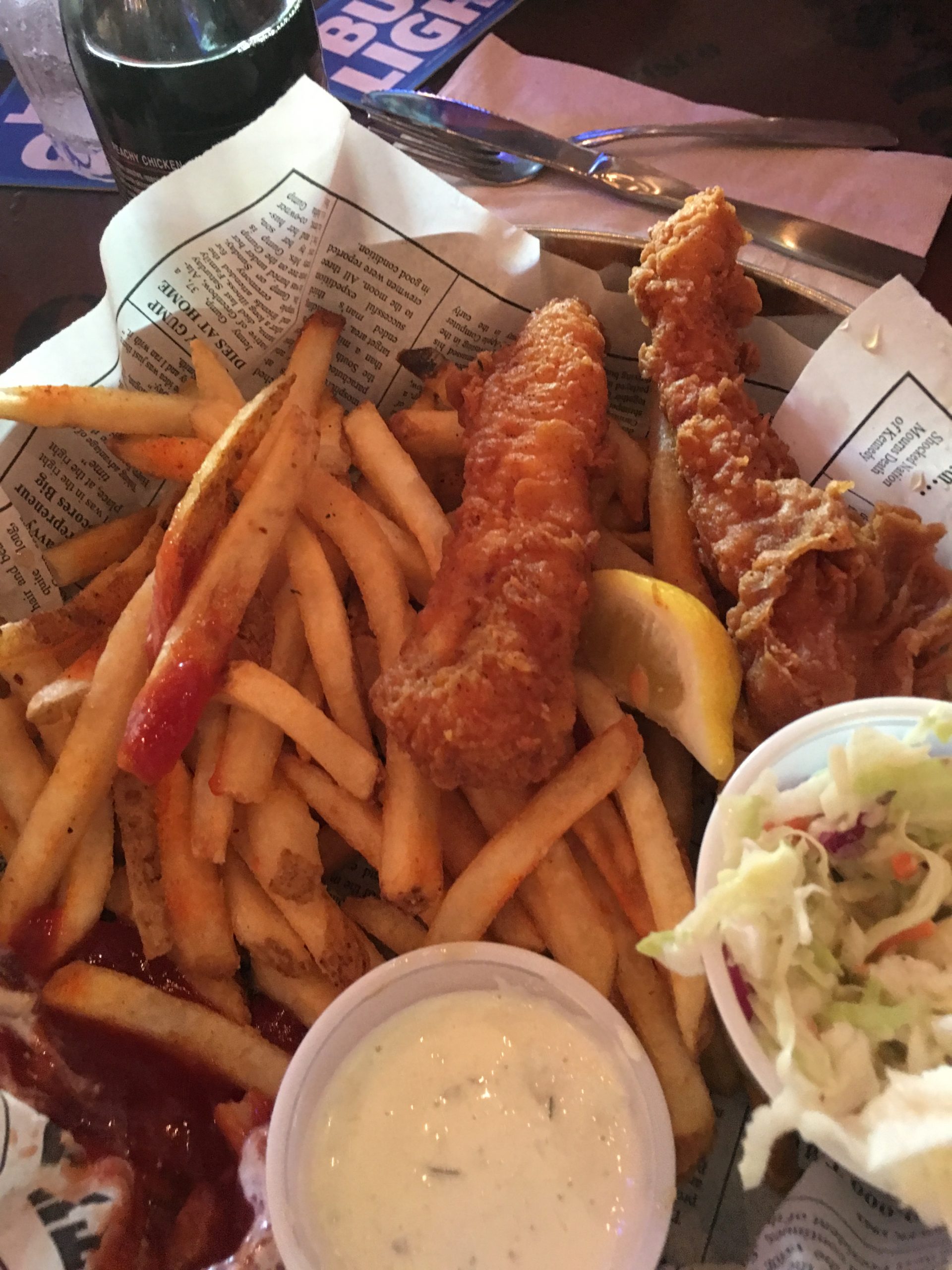 Mom was happy with her fish and chips order which arrived with a side of coleslaw and tarter sauce while Joy’s order of fried fish was served with French fries.
Mom was happy with her fish and chips order which arrived with a side of coleslaw and tarter sauce while Joy’s order of fried fish was served with French fries.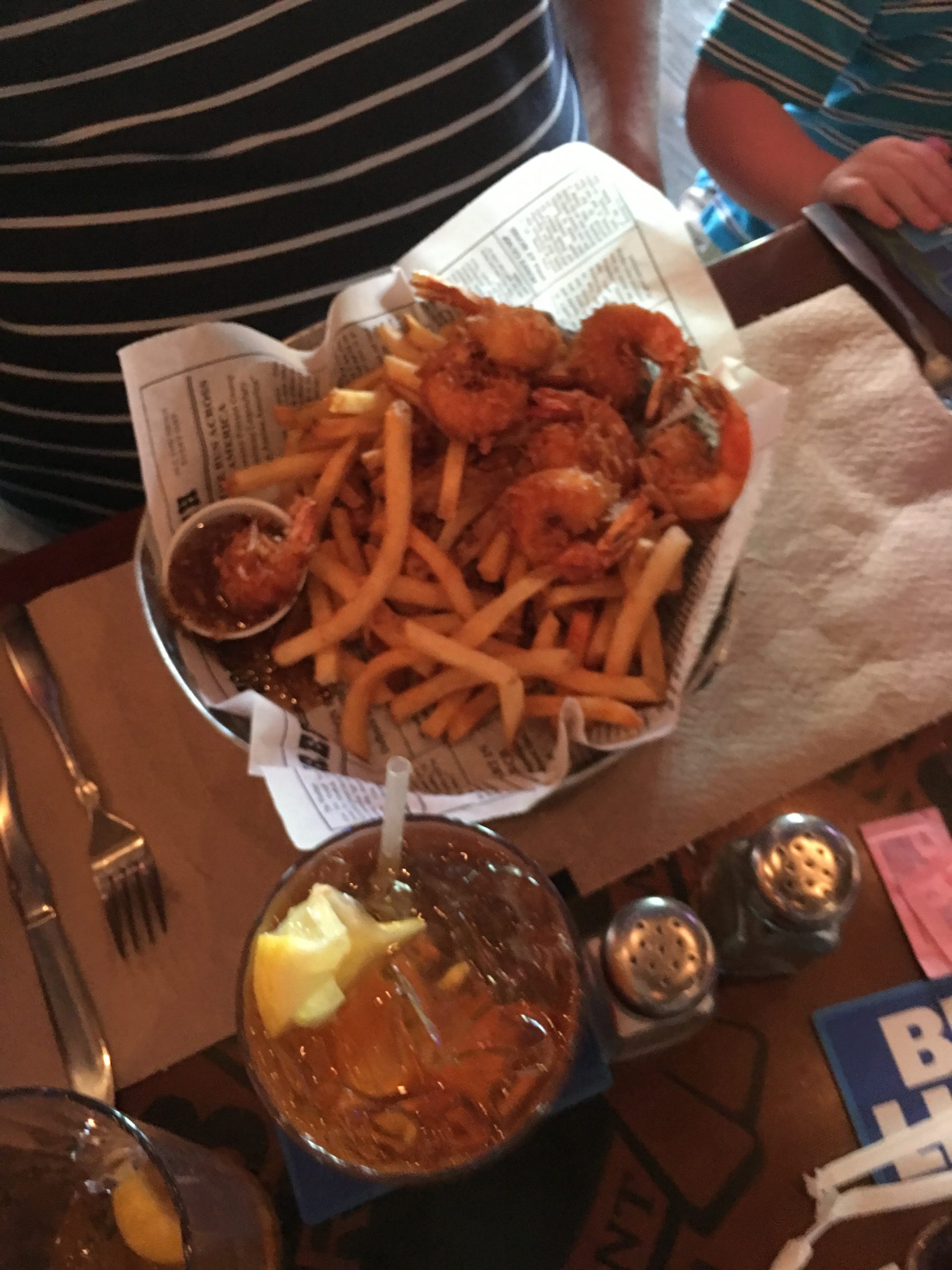 Dad ordered the fried shrimp and French fries and a side of gumbo to add a little spice to his meal.
Dad ordered the fried shrimp and French fries and a side of gumbo to add a little spice to his meal.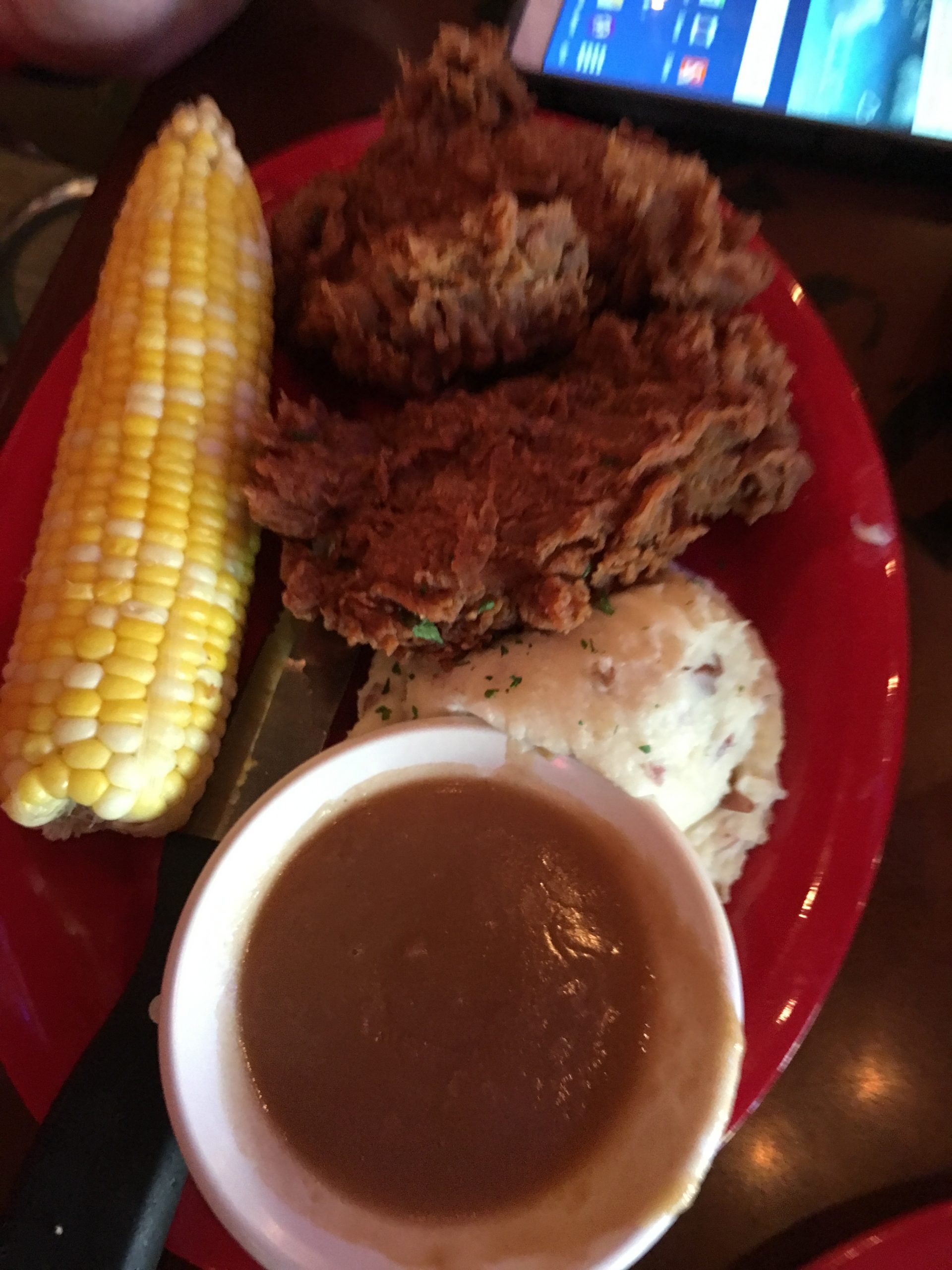

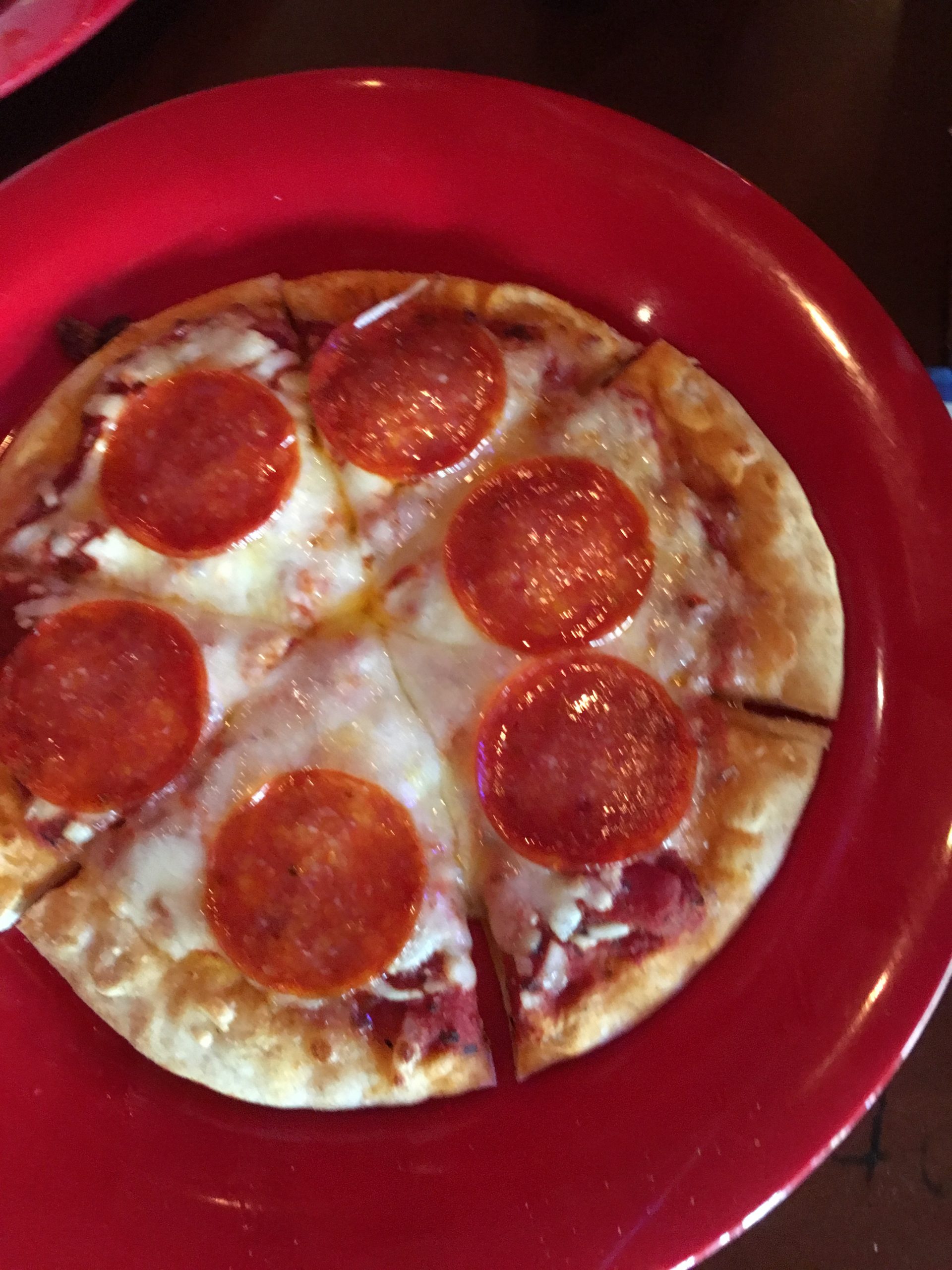 It didn’t take him long to finish his meal and was urging all of us to hurry up as well. He kept us entertained for a few more minutes asking his dad to tell him more about Forrest Gump, which made him laugh until he just couldn’t laugh any longer.
It didn’t take him long to finish his meal and was urging all of us to hurry up as well. He kept us entertained for a few more minutes asking his dad to tell him more about Forrest Gump, which made him laugh until he just couldn’t laugh any longer.
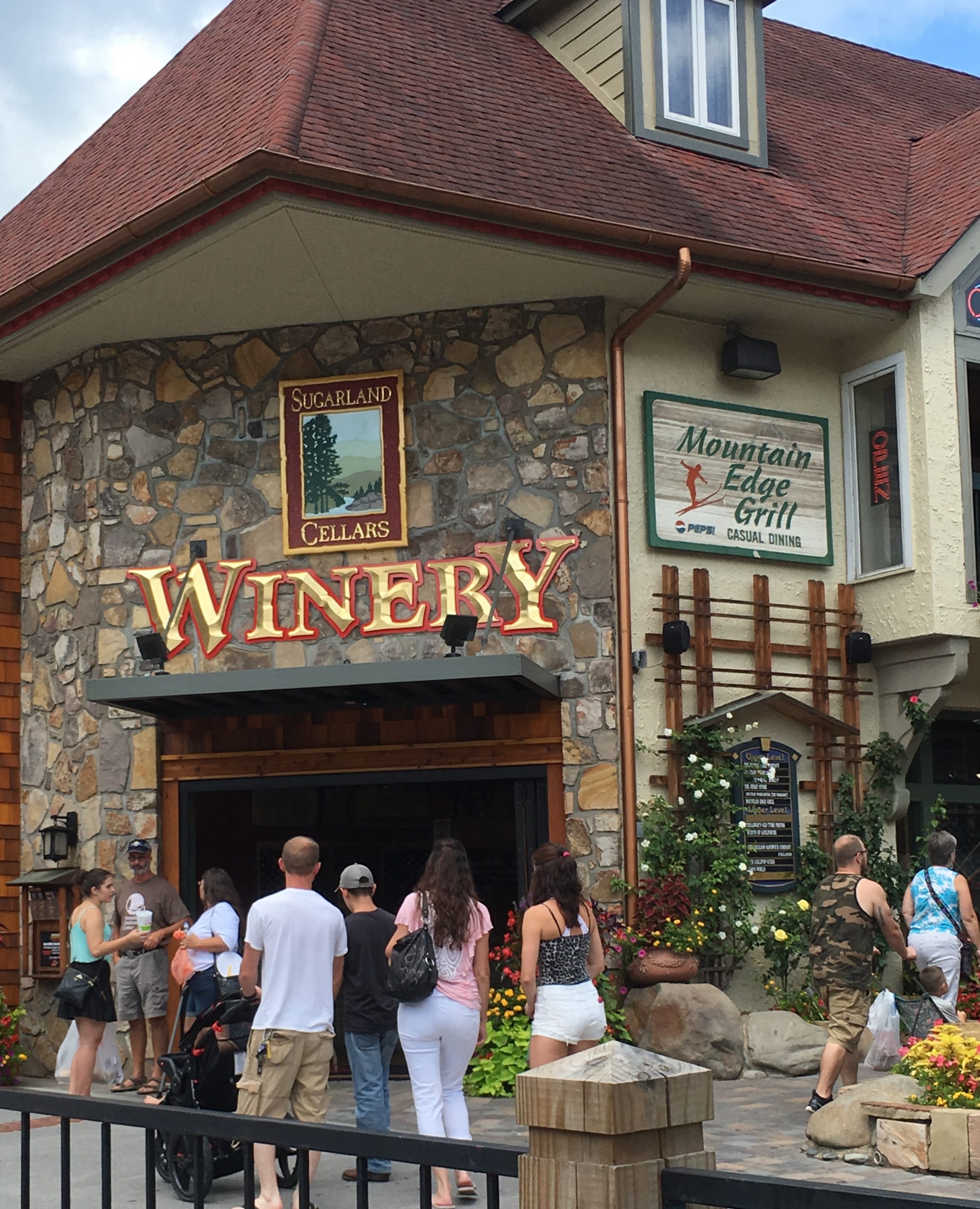
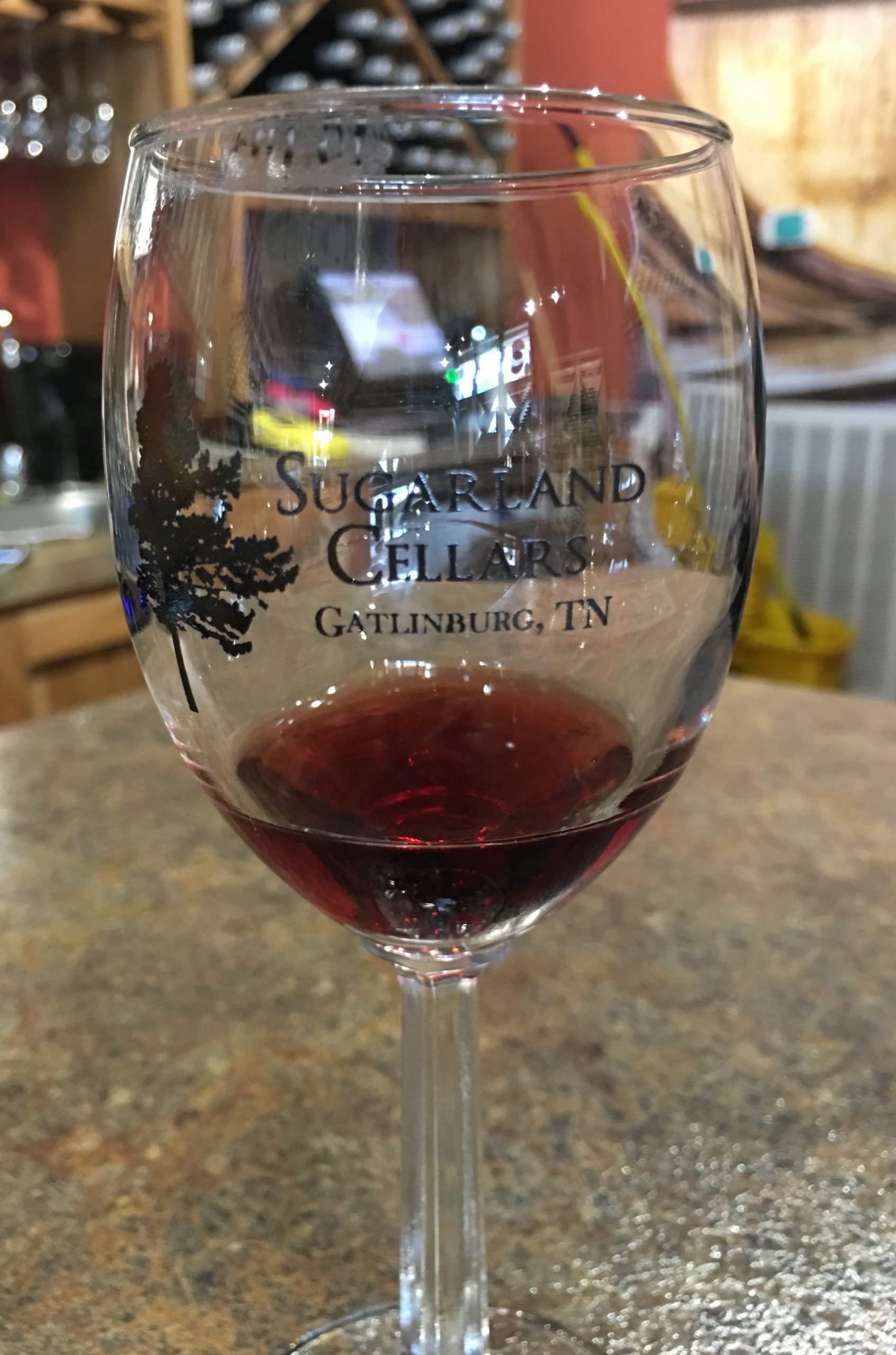
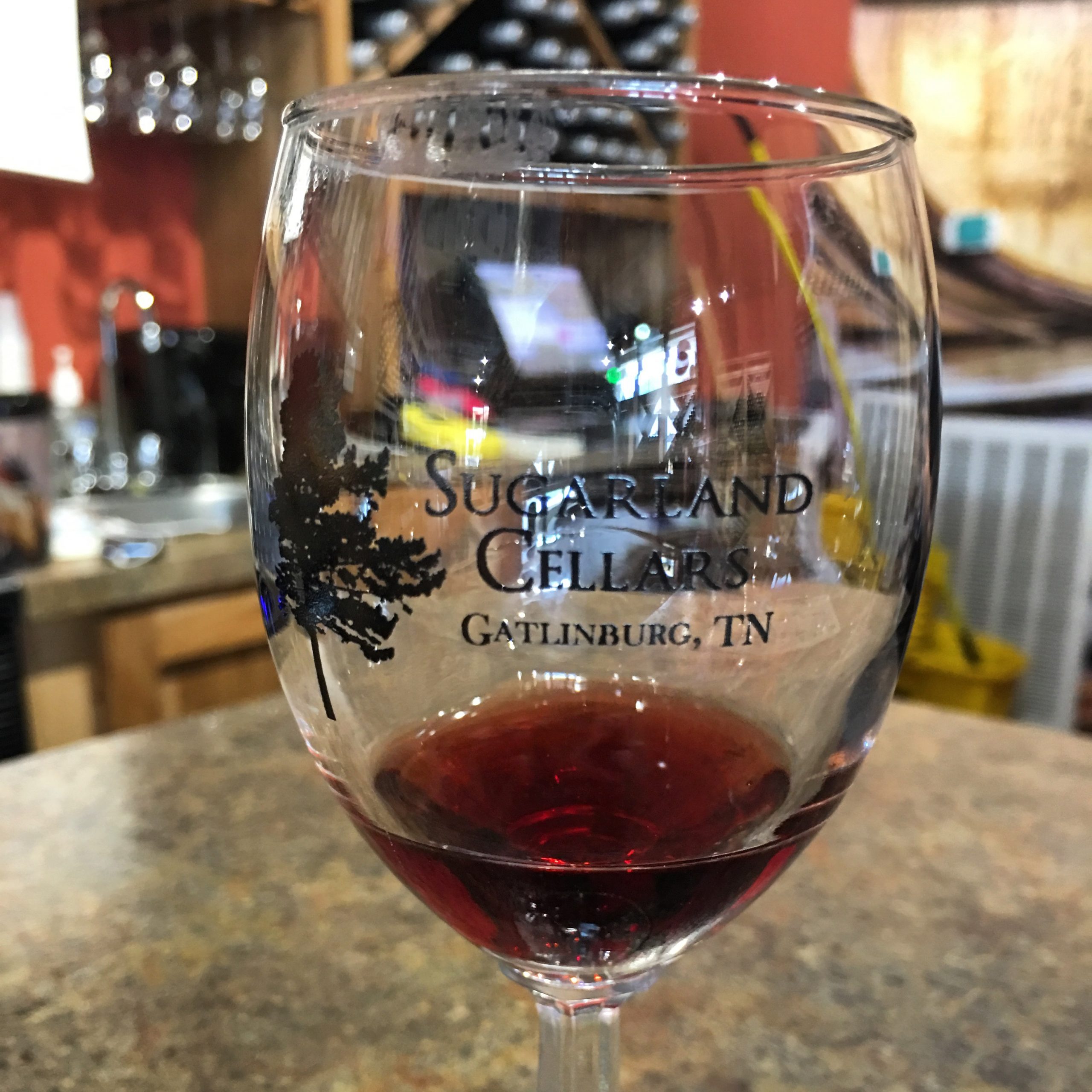
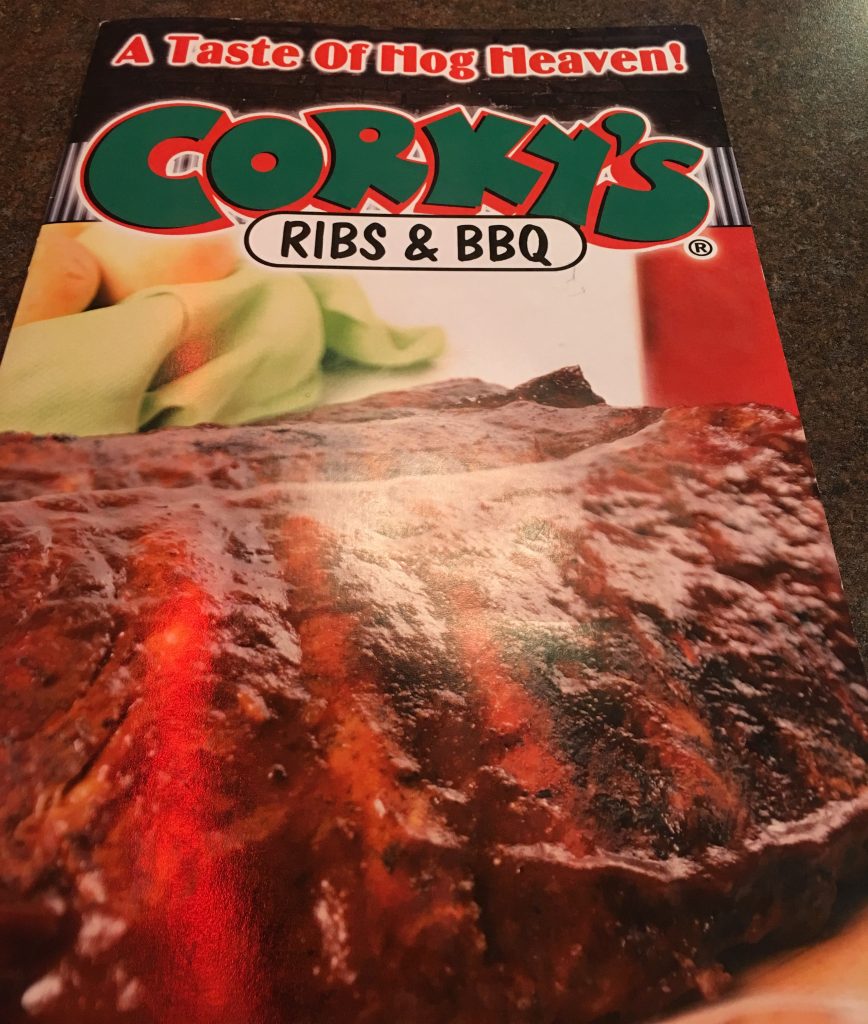
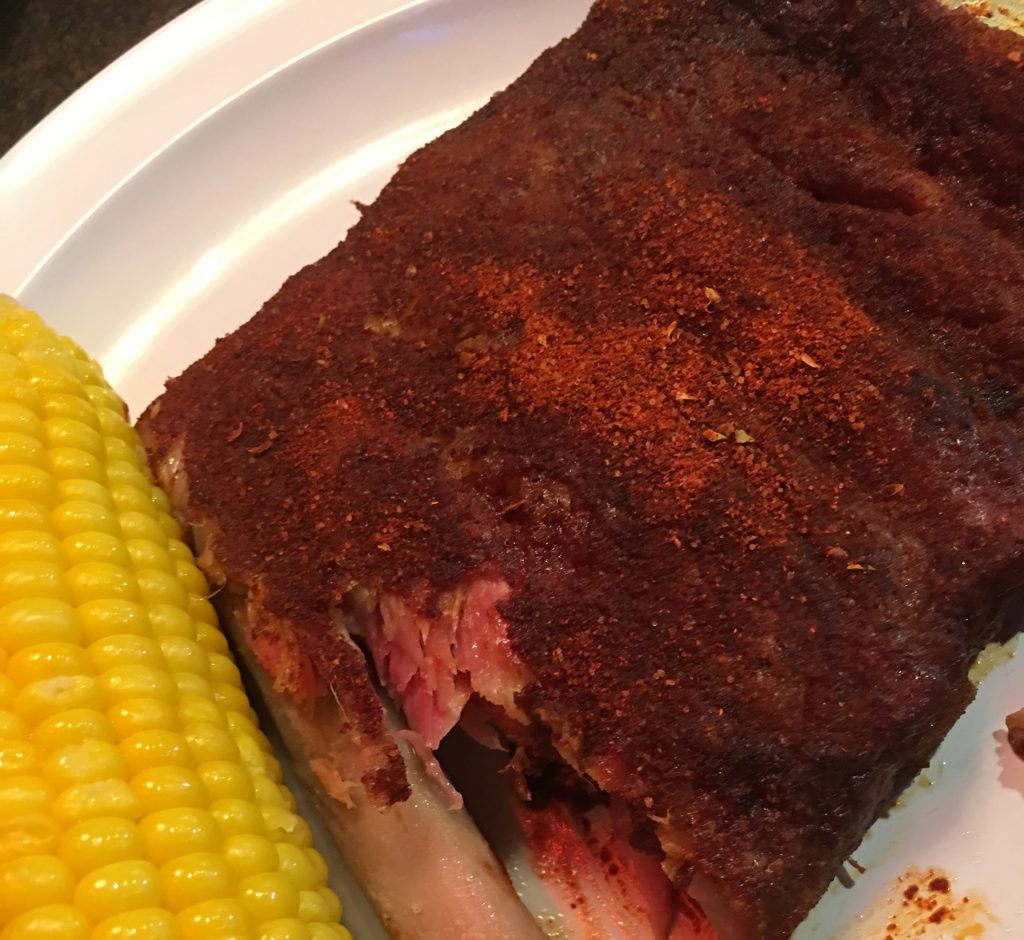
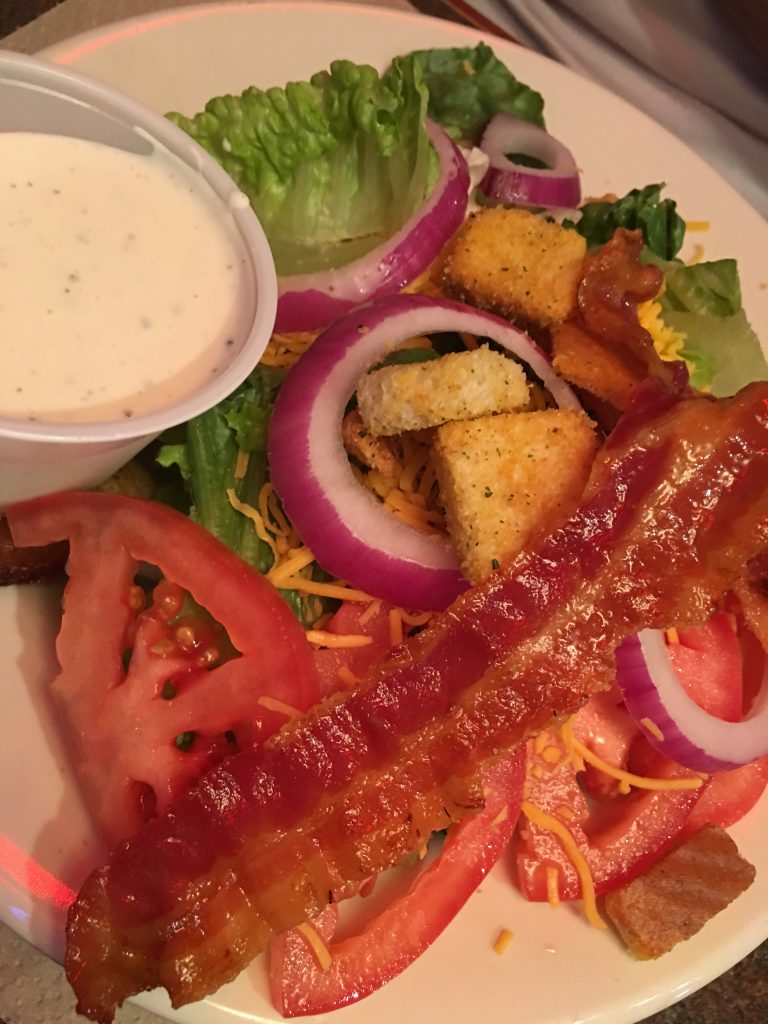
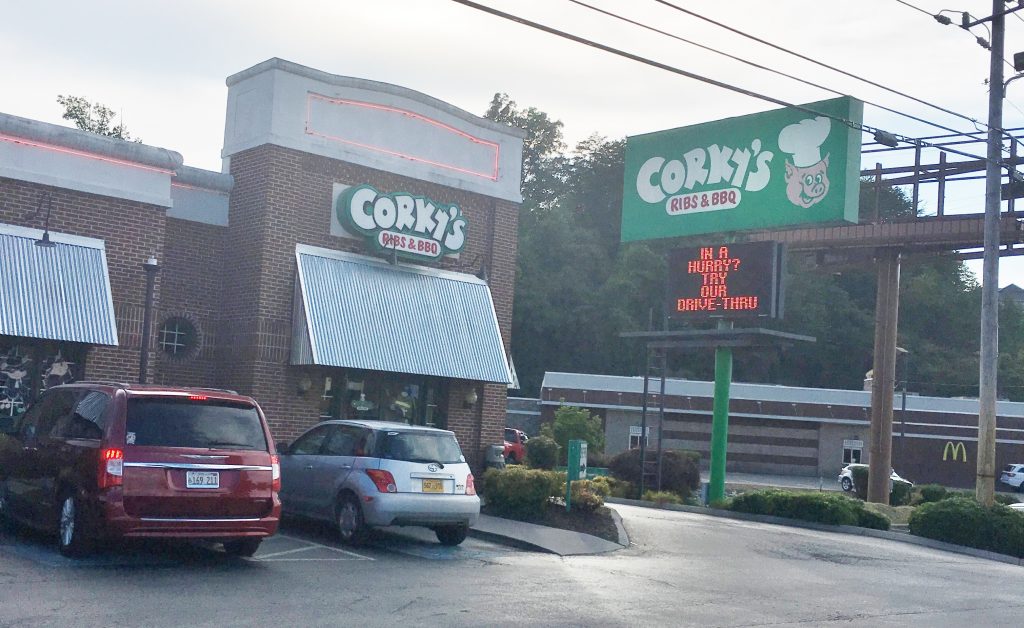
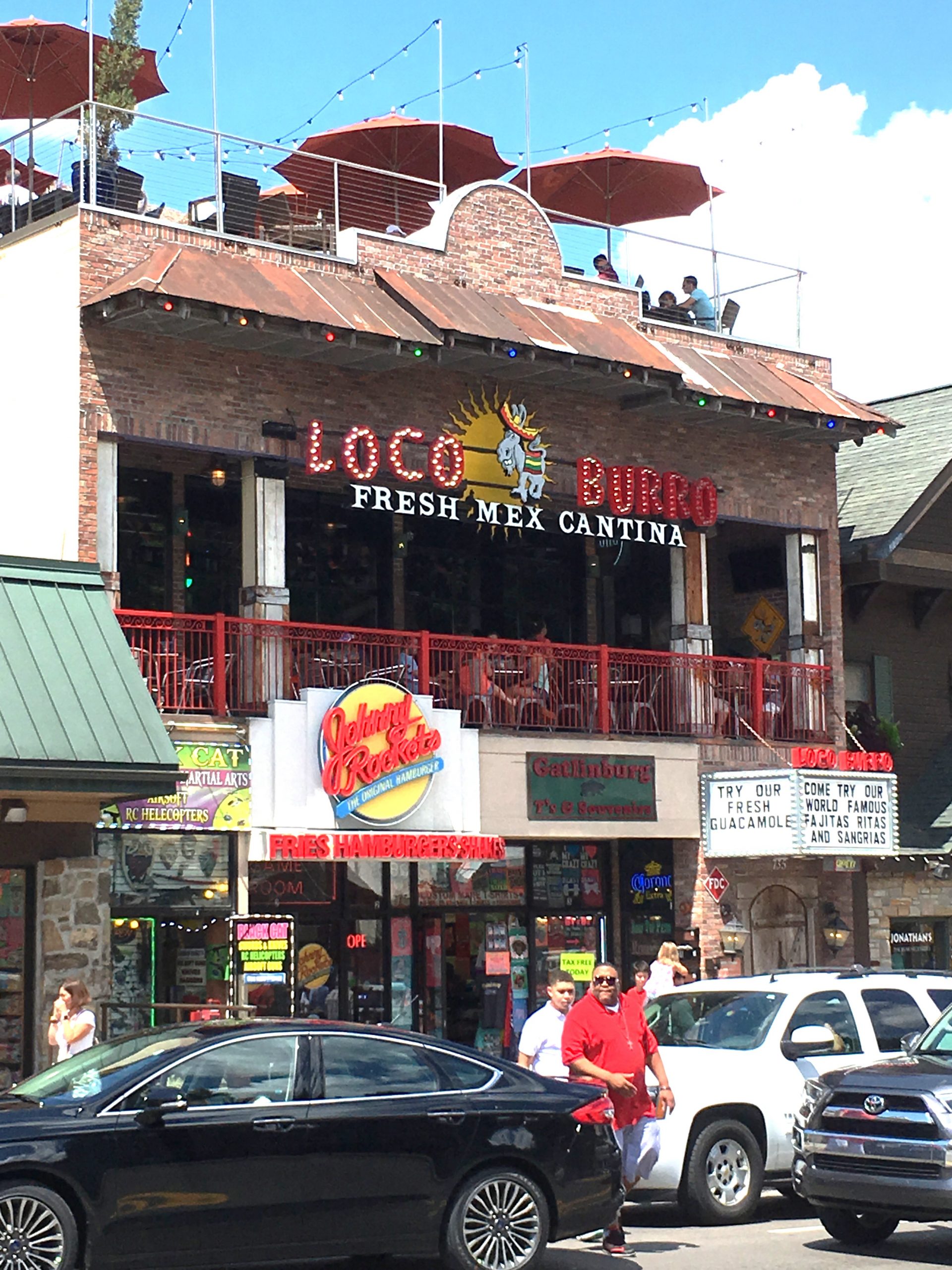
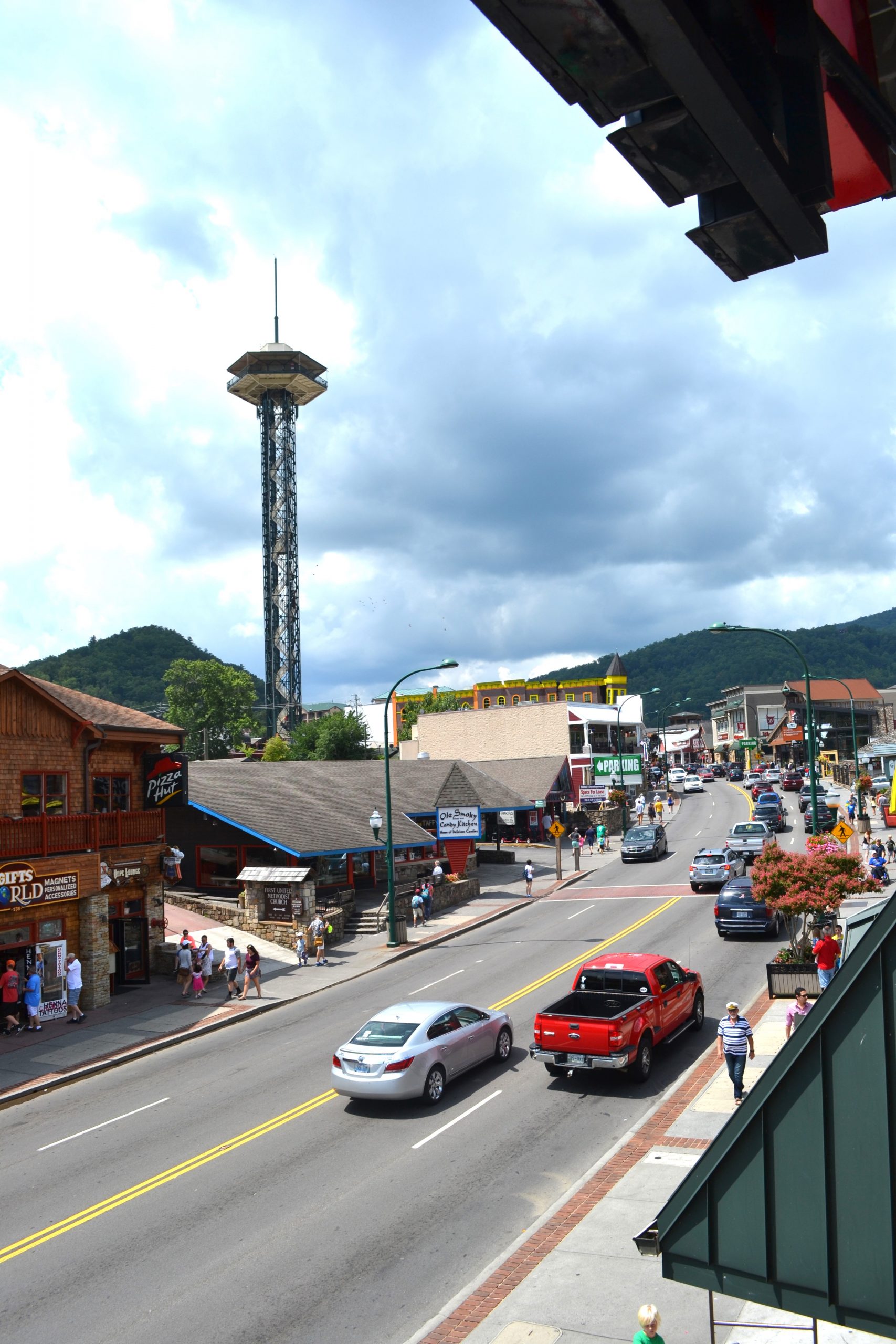
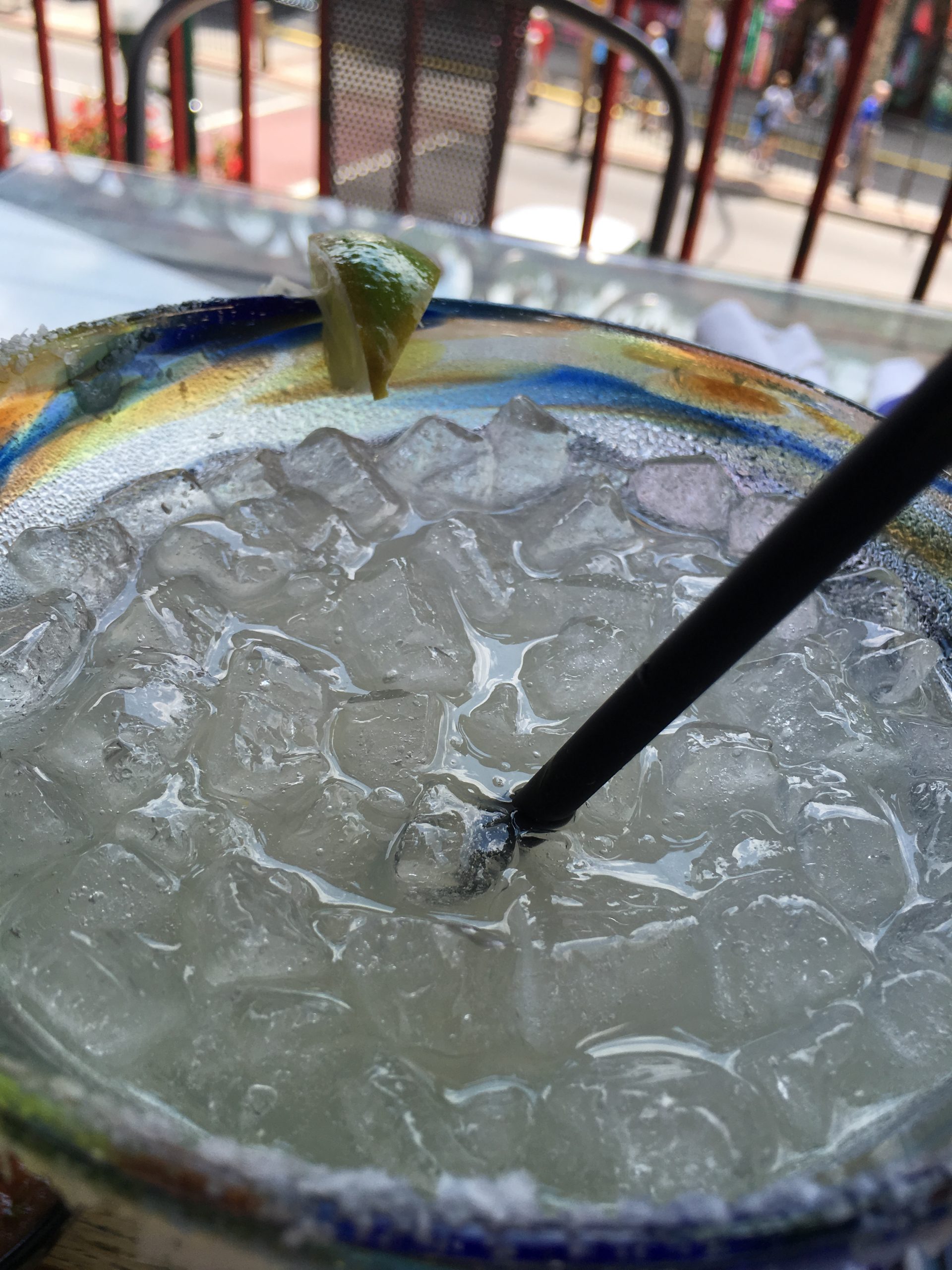
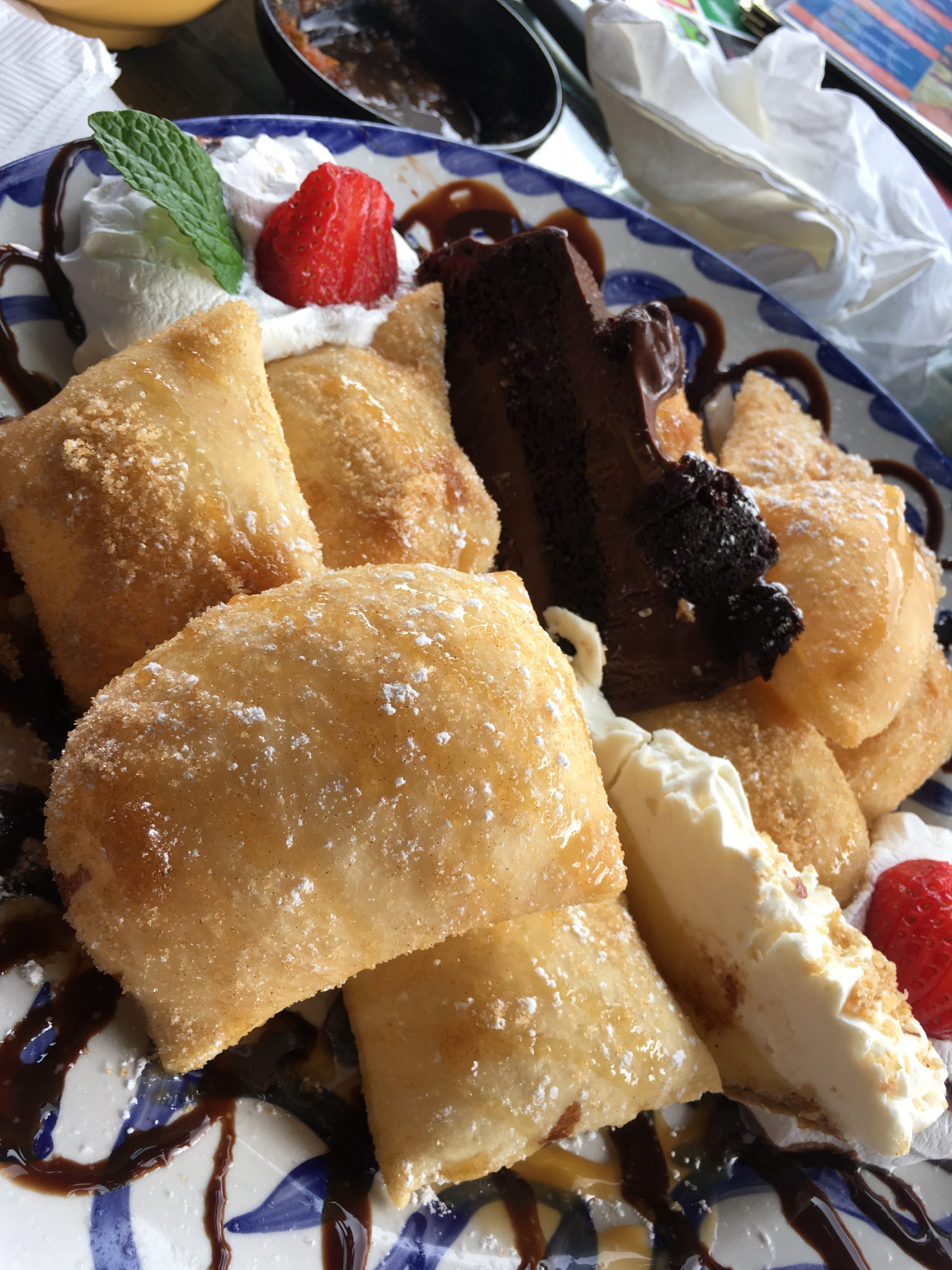
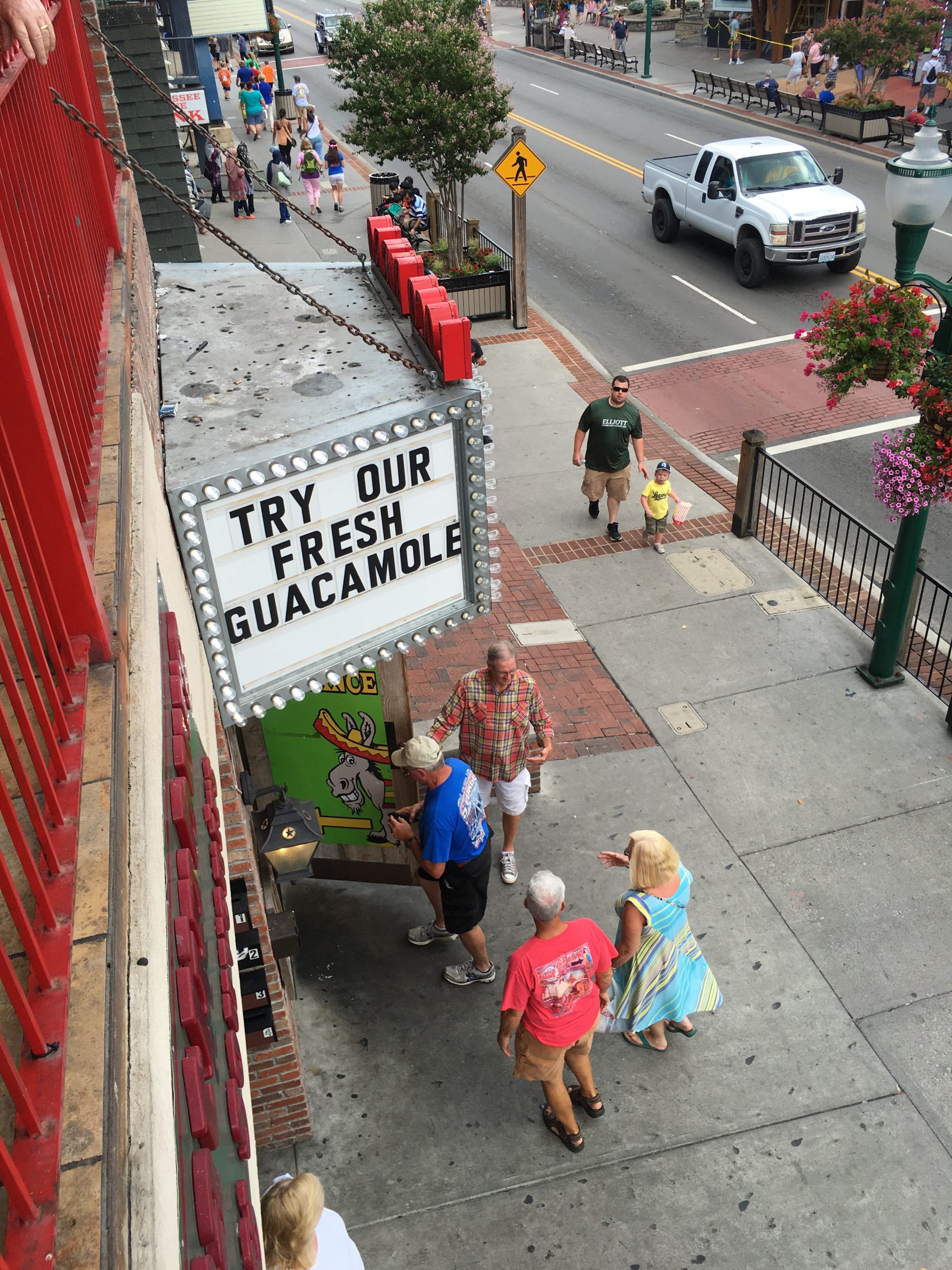

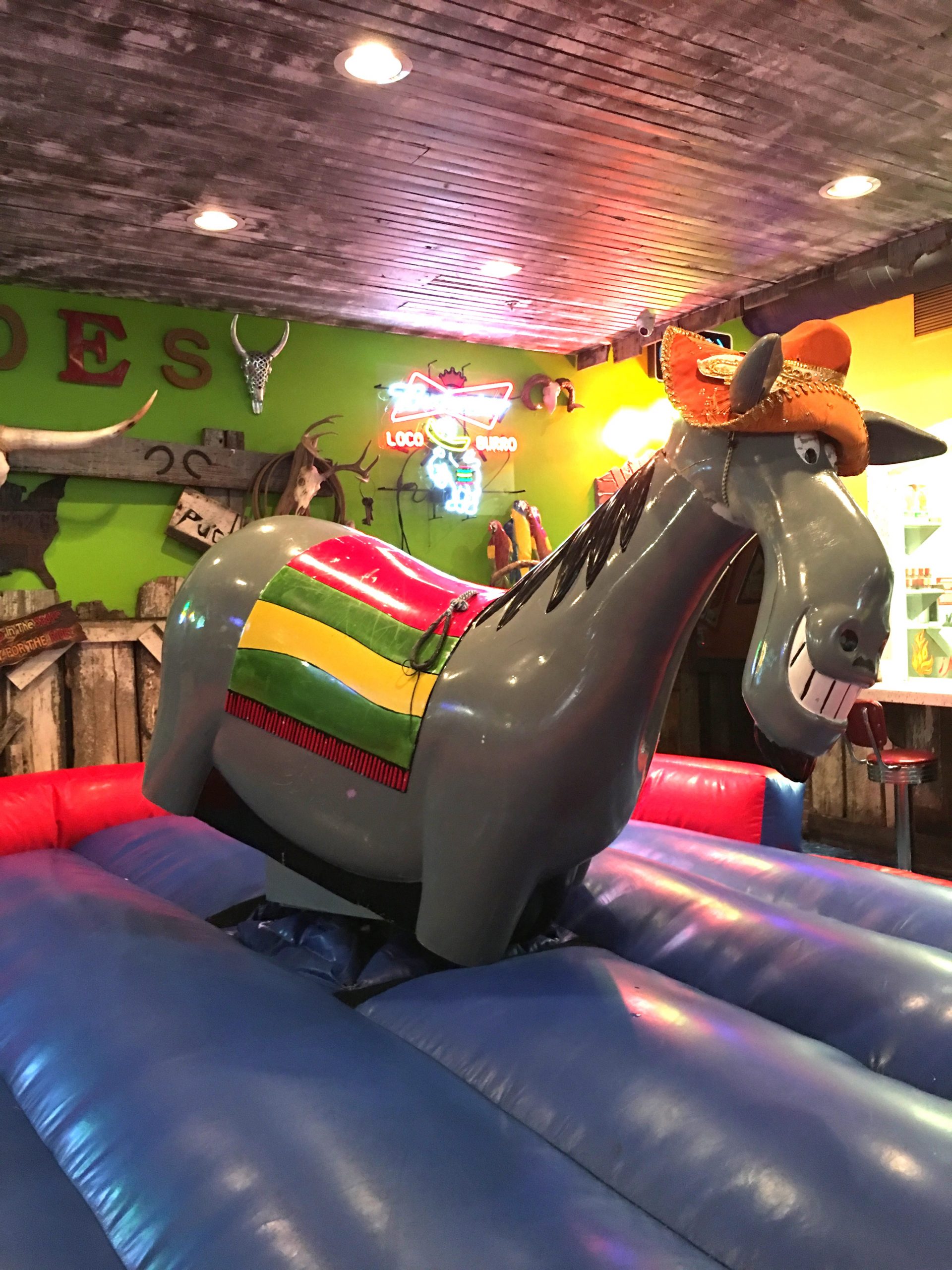

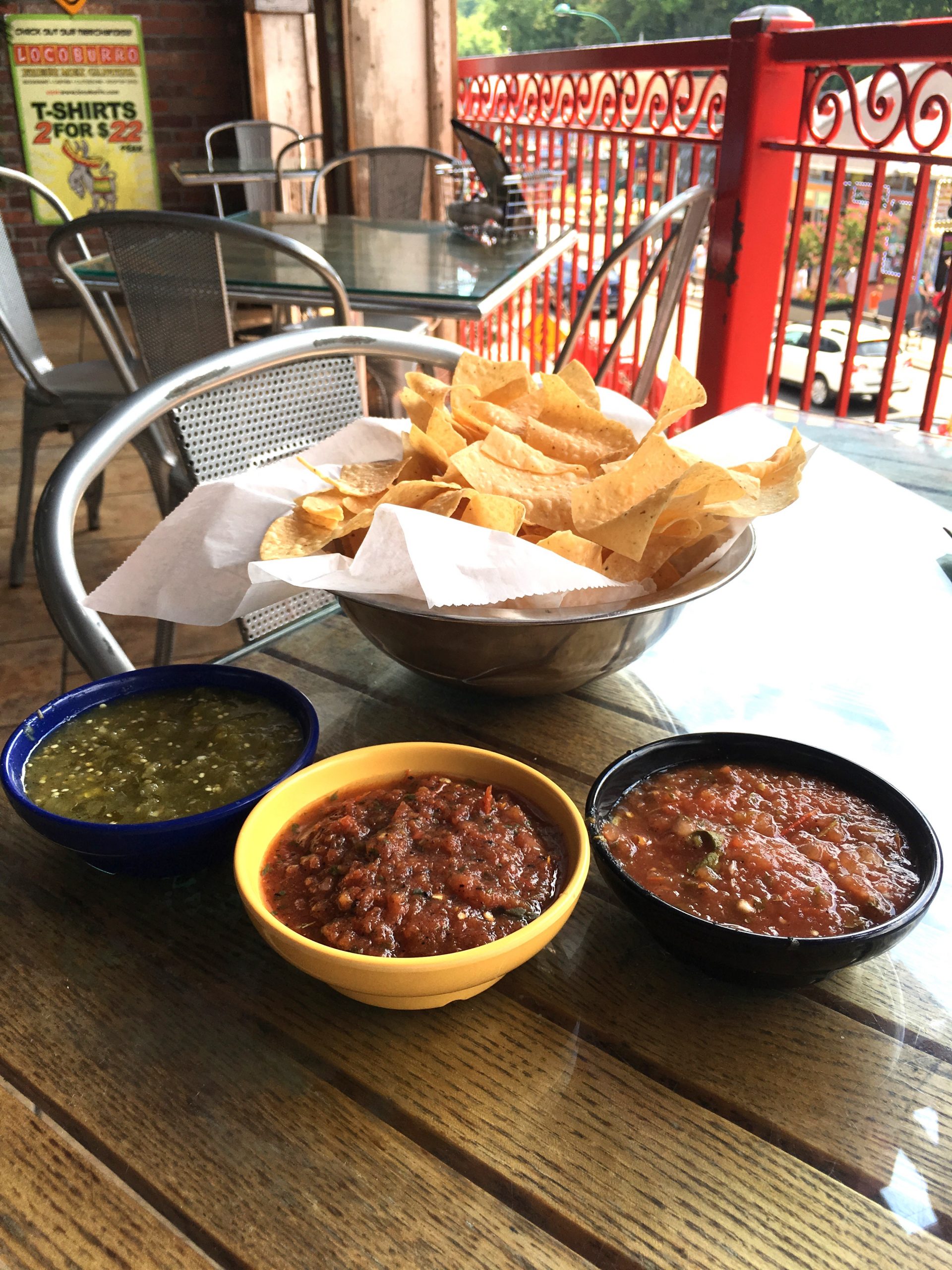
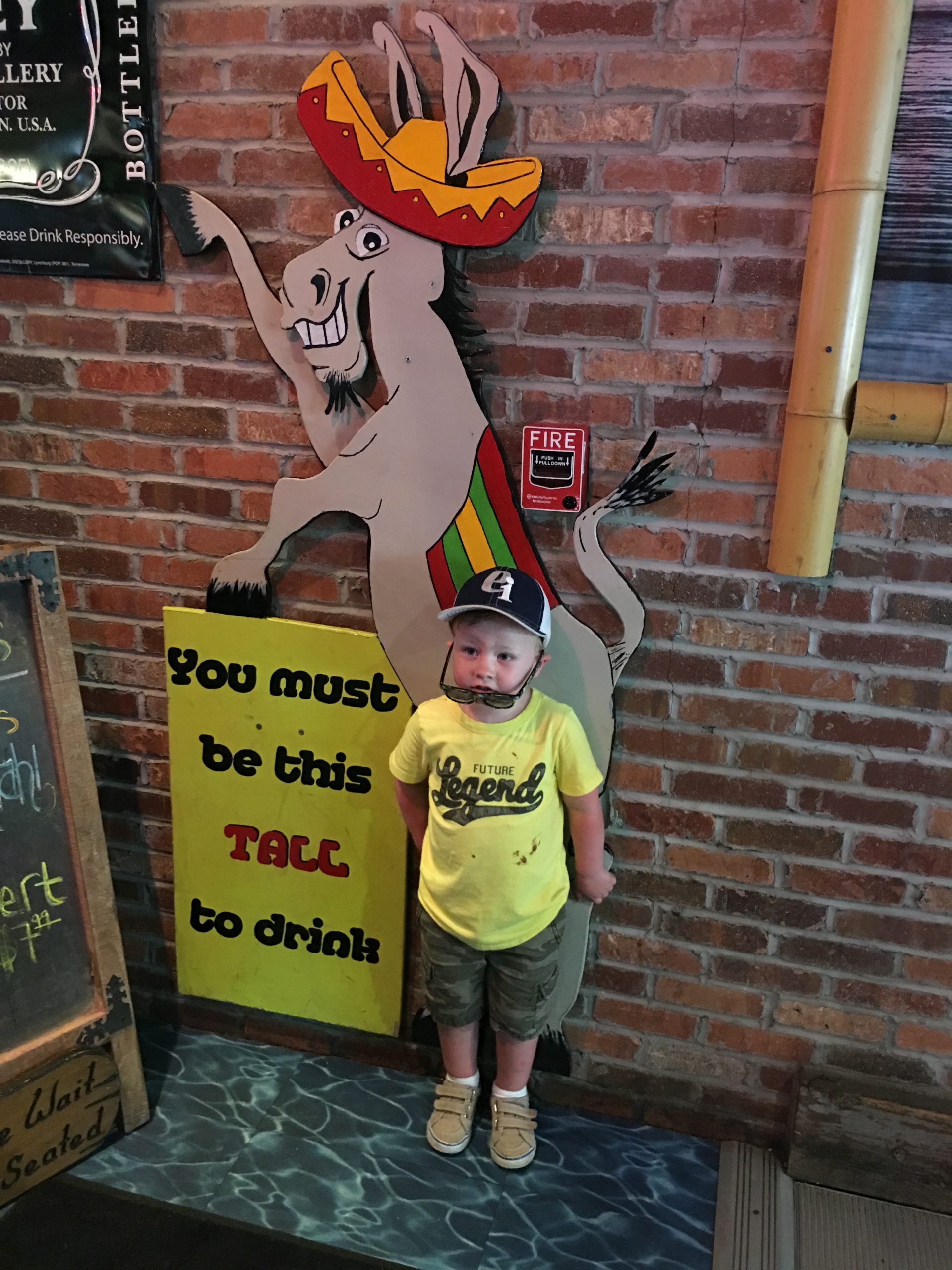
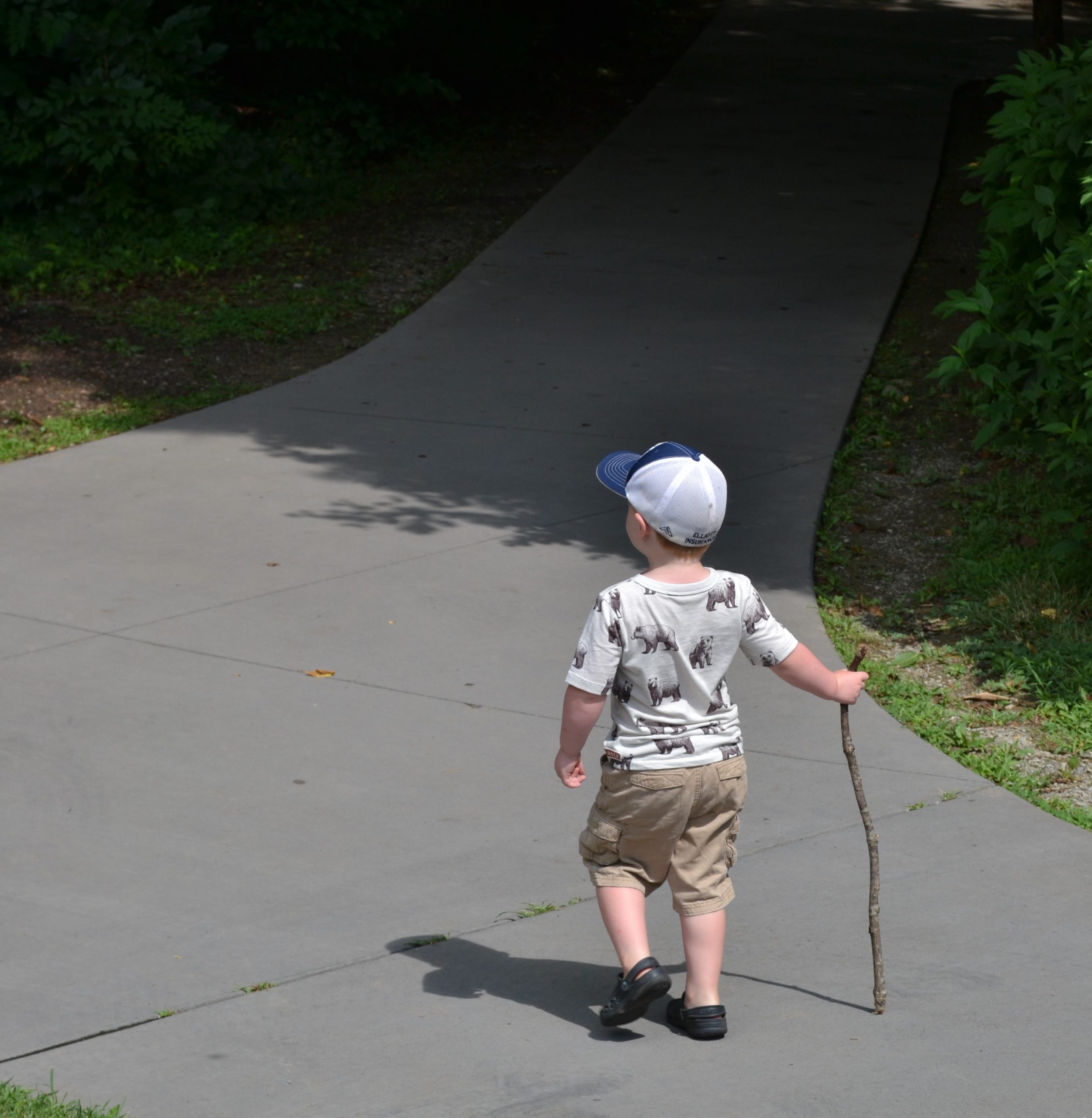
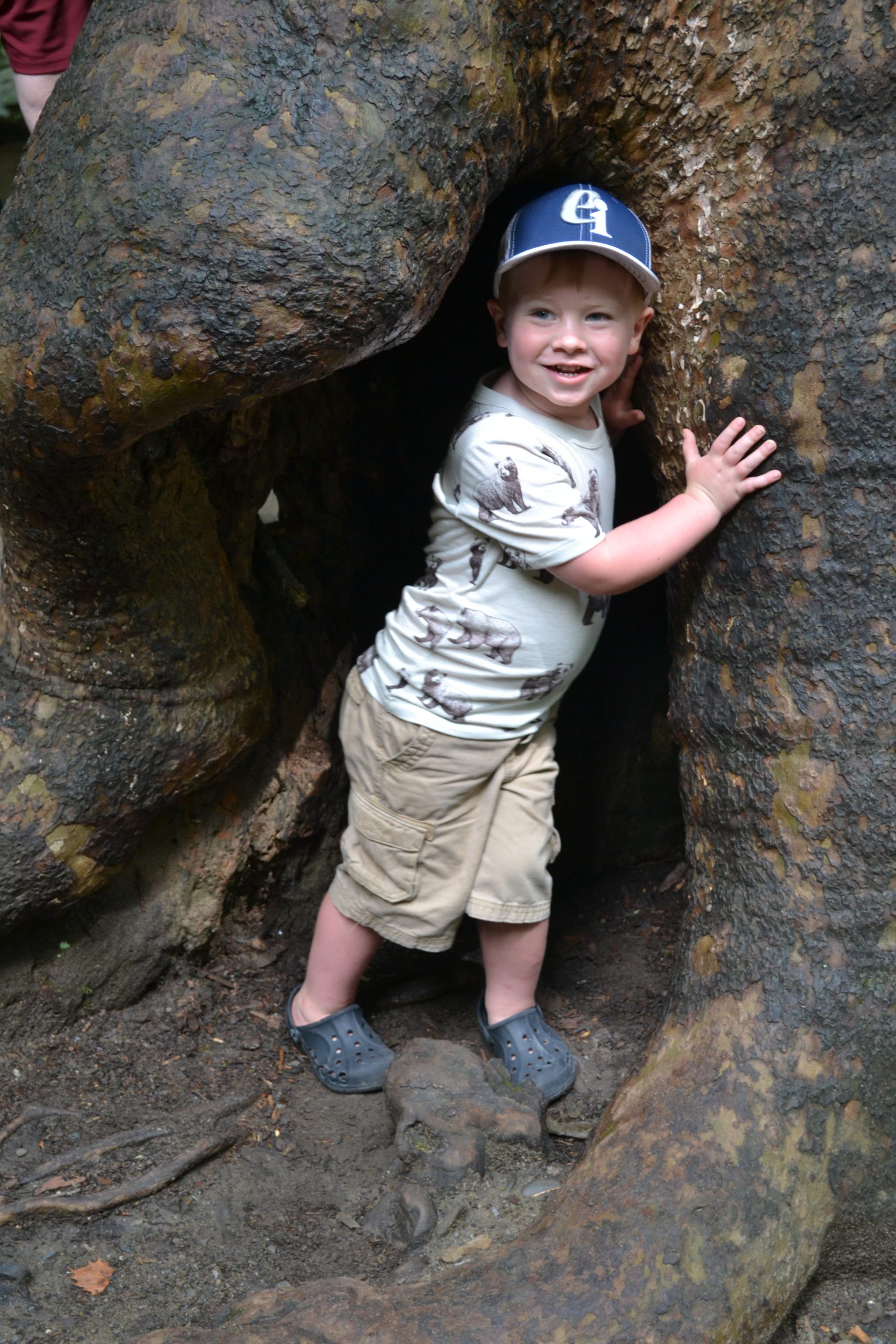
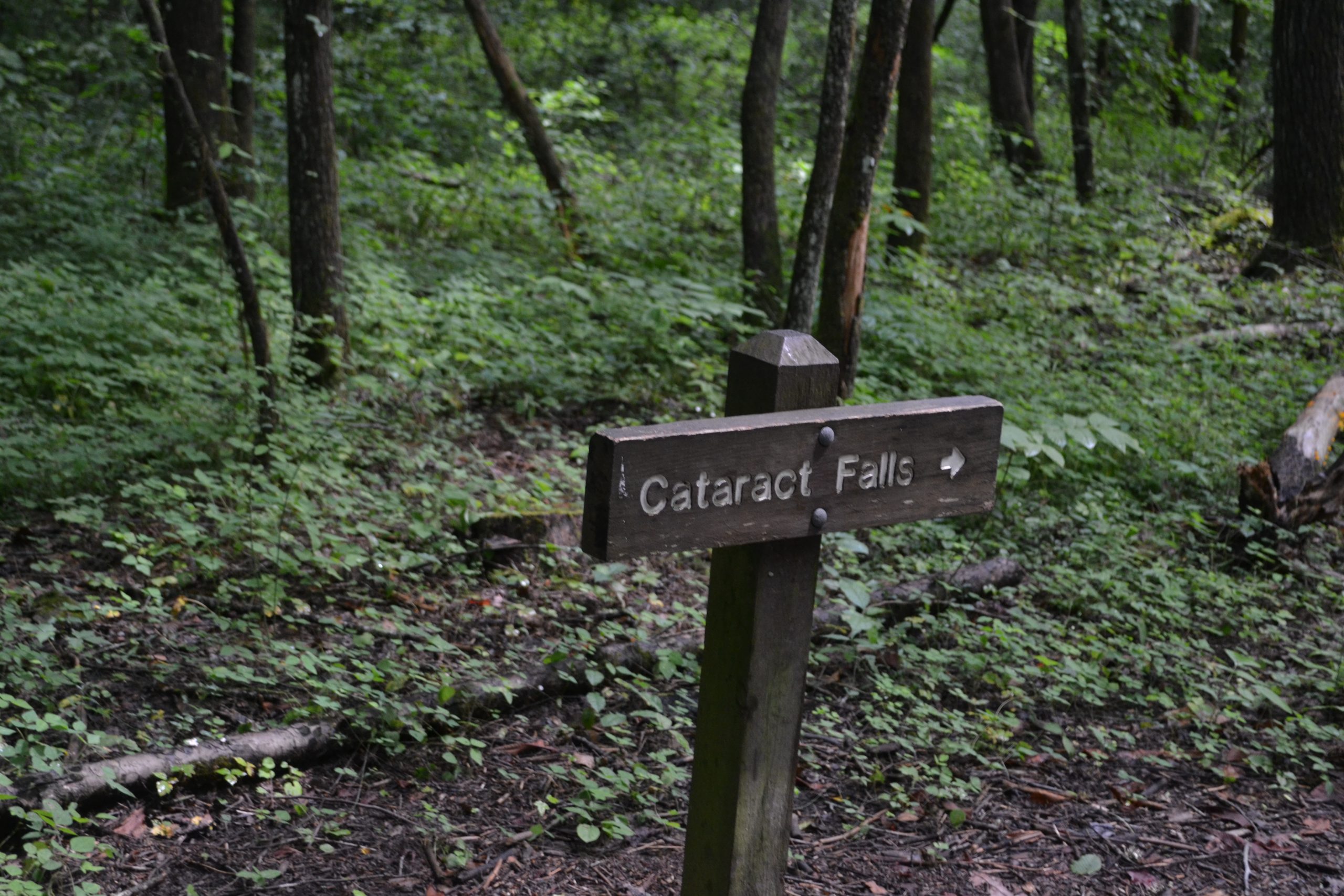 The floor covering was a beautiful green with plants and ivy. Thick trees provided shade from the sun bringing the temperature down a few degrees.
The floor covering was a beautiful green with plants and ivy. Thick trees provided shade from the sun bringing the temperature down a few degrees.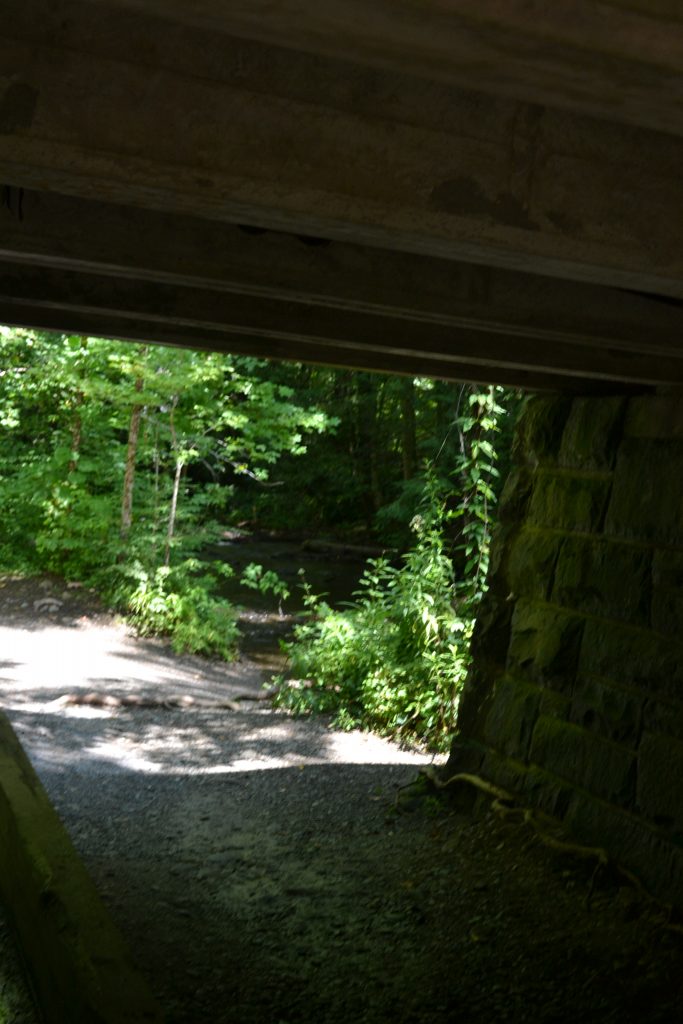 The trail goes under a bridge with stones on each side and is on average, four feet wide with a gentle grade. We had the trail all to ourselves and we reached the falls fairly quickly.
The trail goes under a bridge with stones on each side and is on average, four feet wide with a gentle grade. We had the trail all to ourselves and we reached the falls fairly quickly.